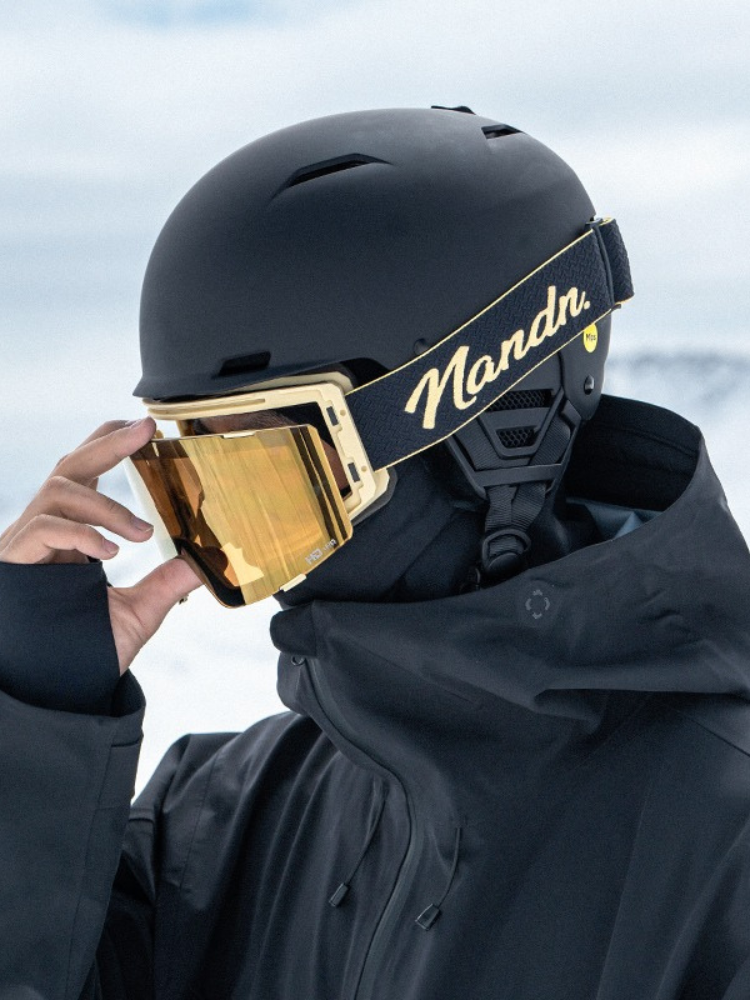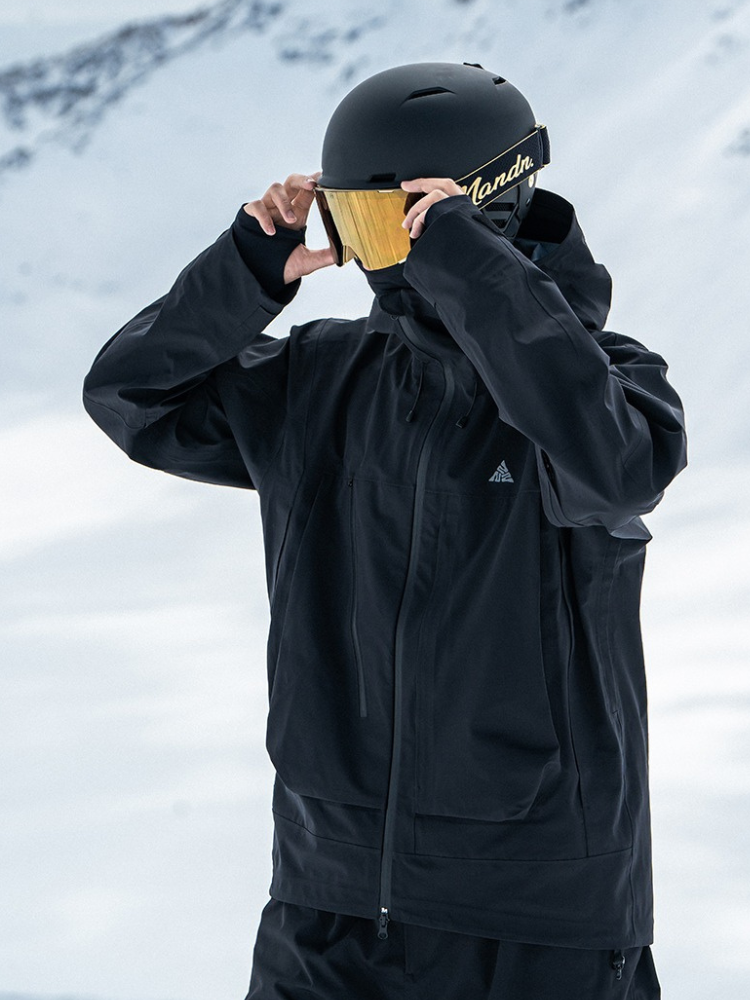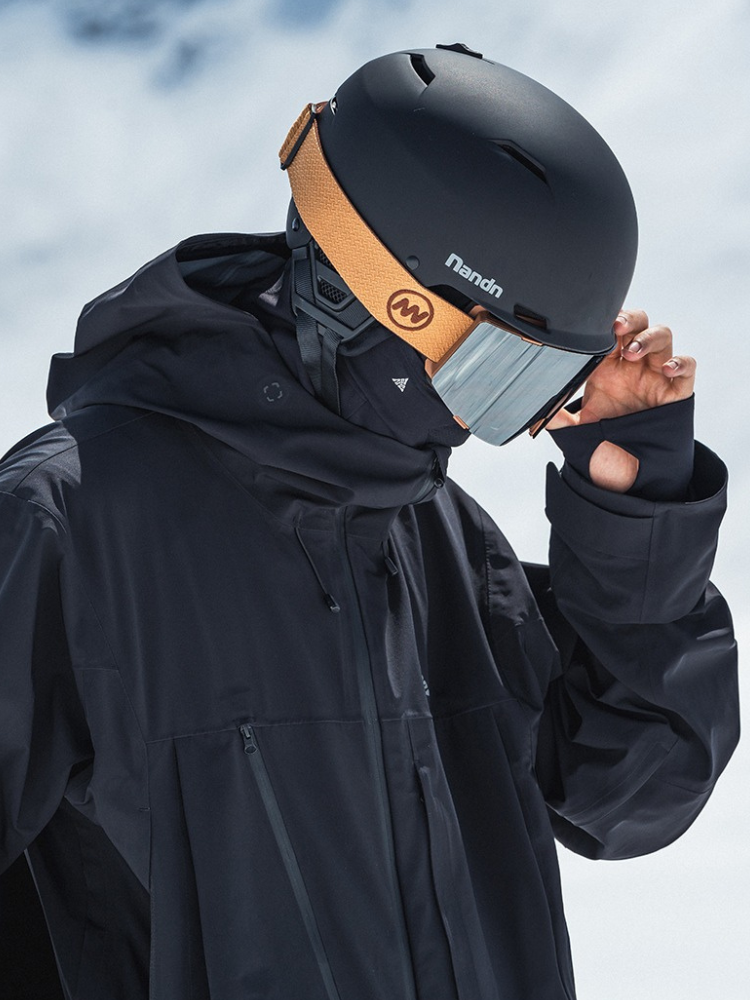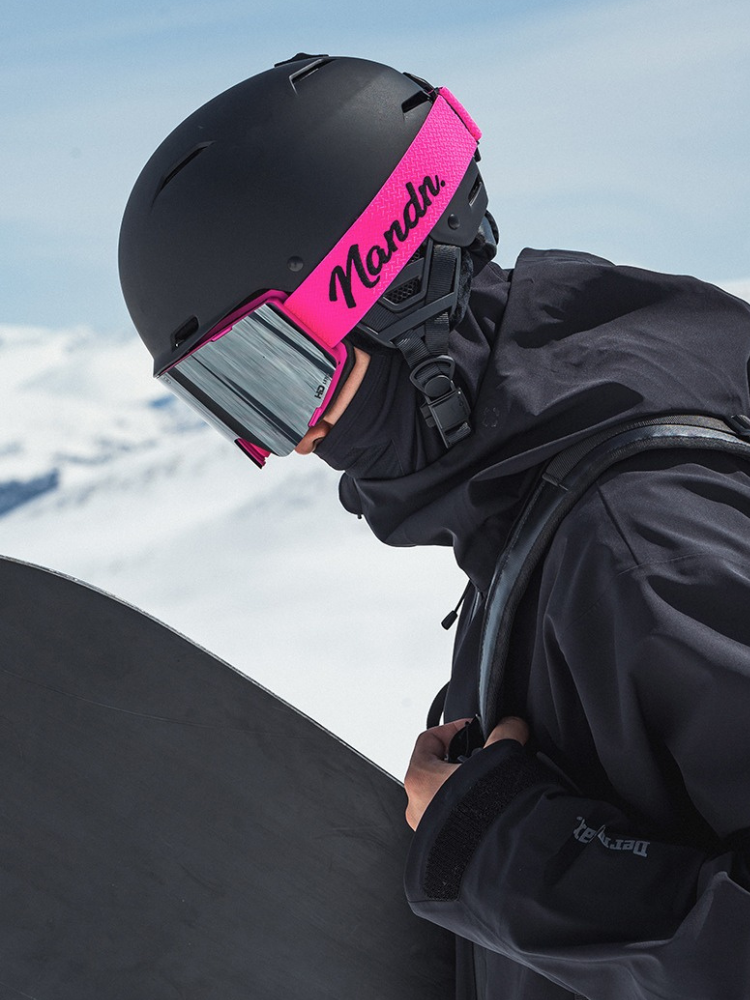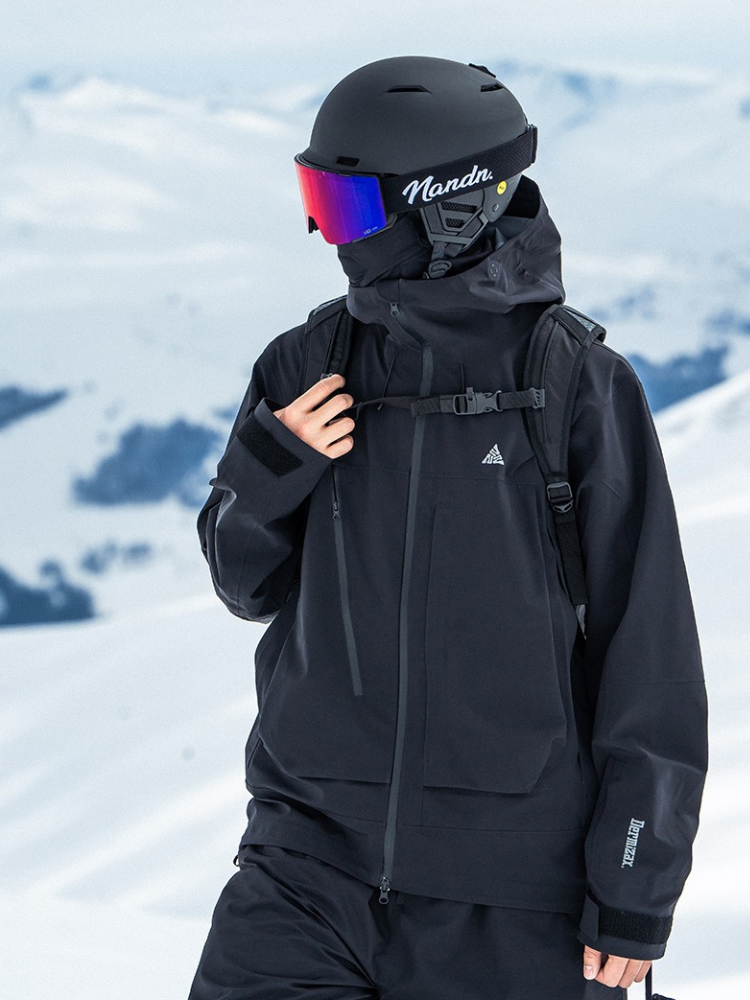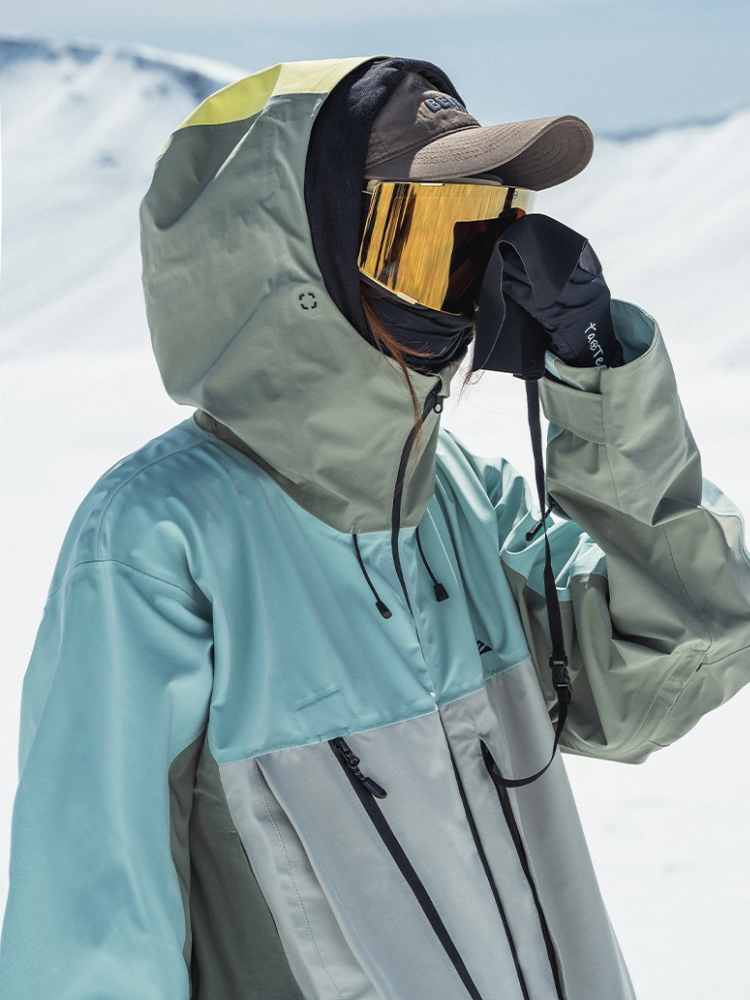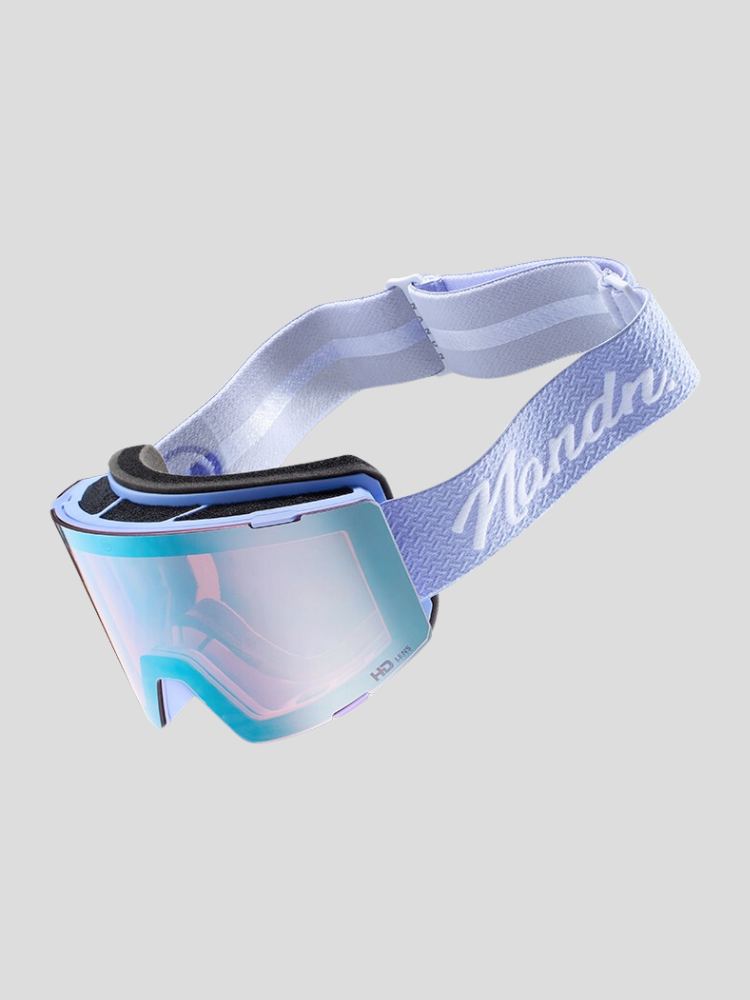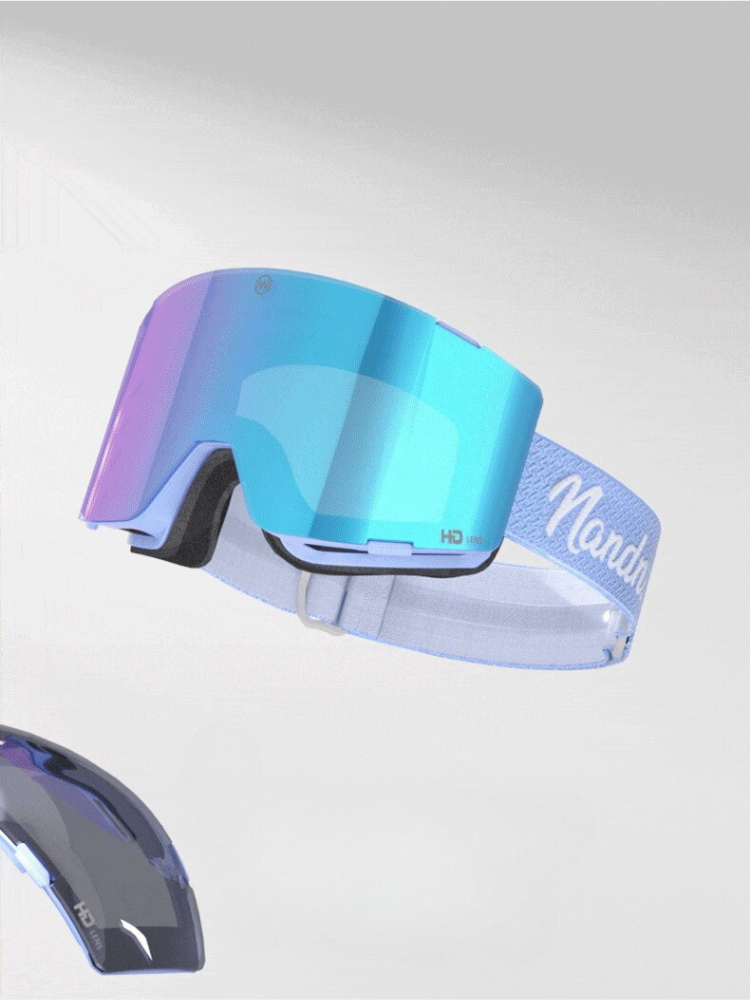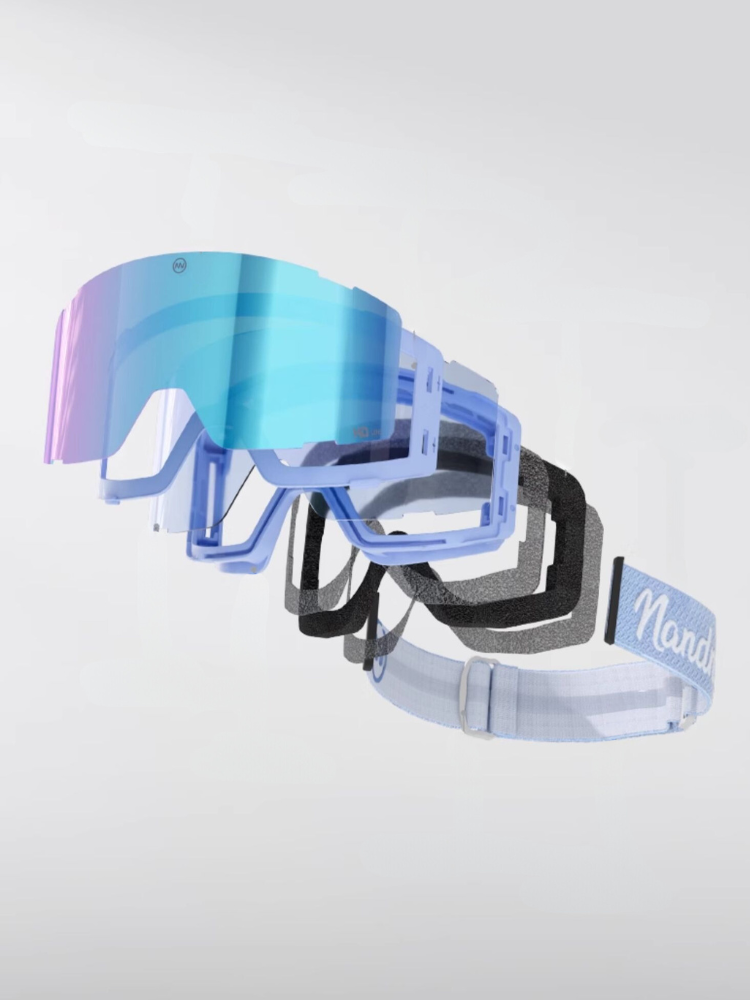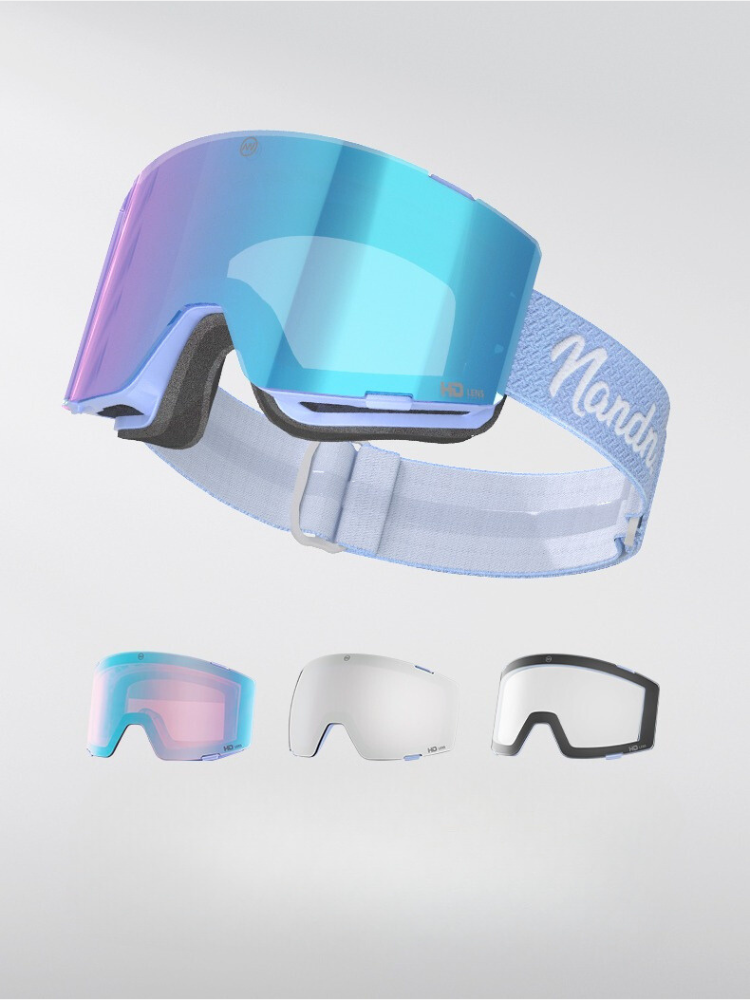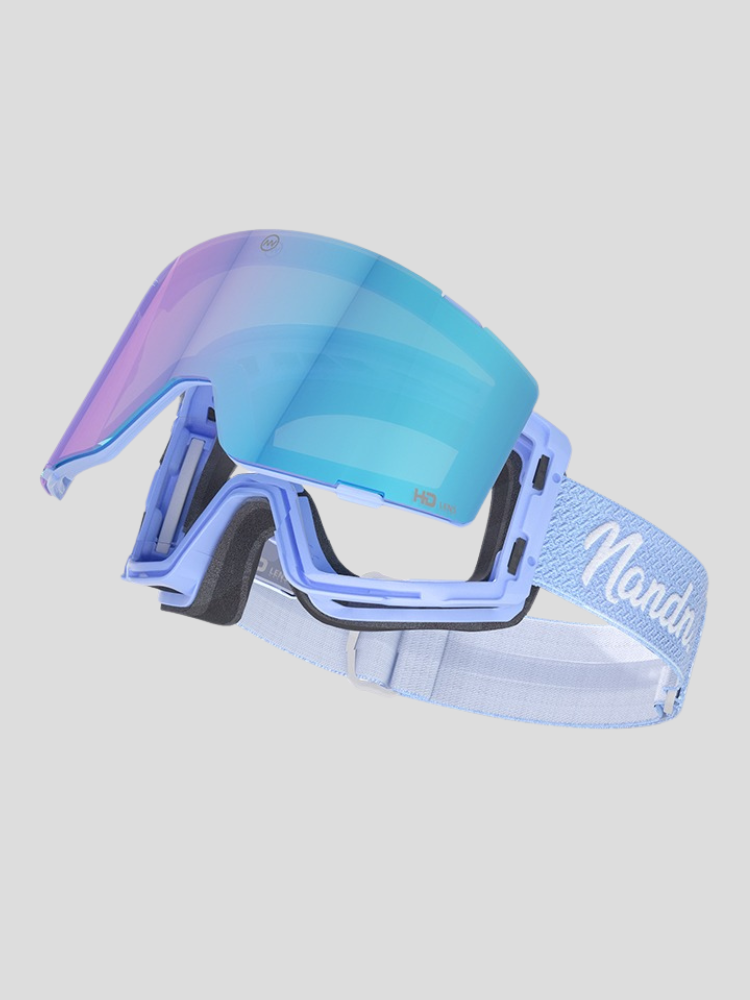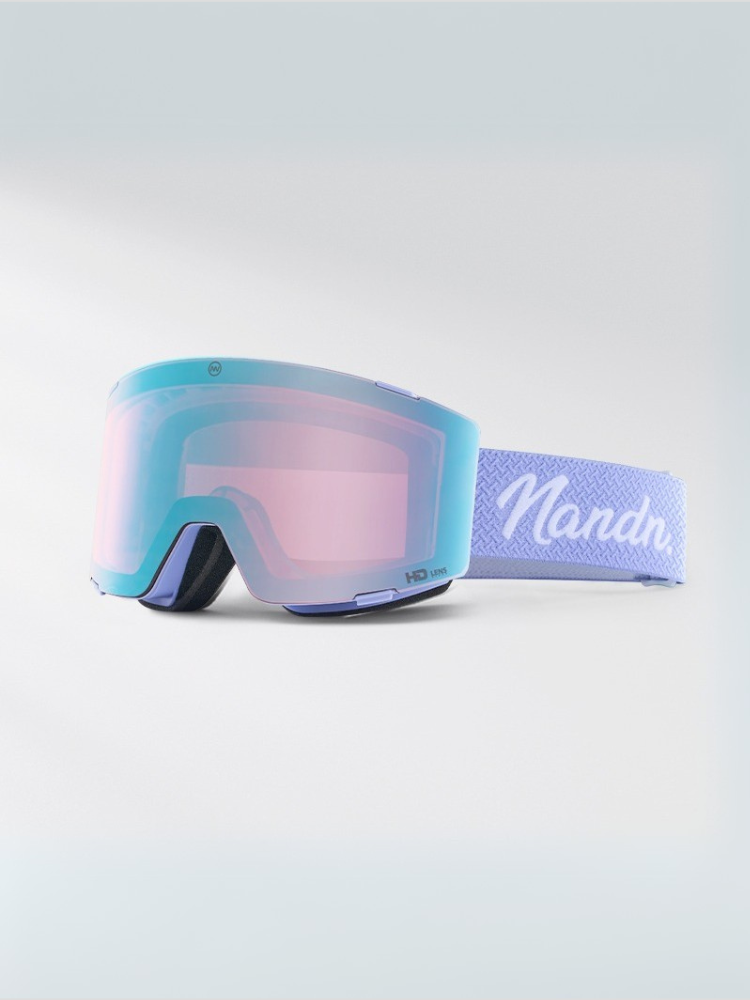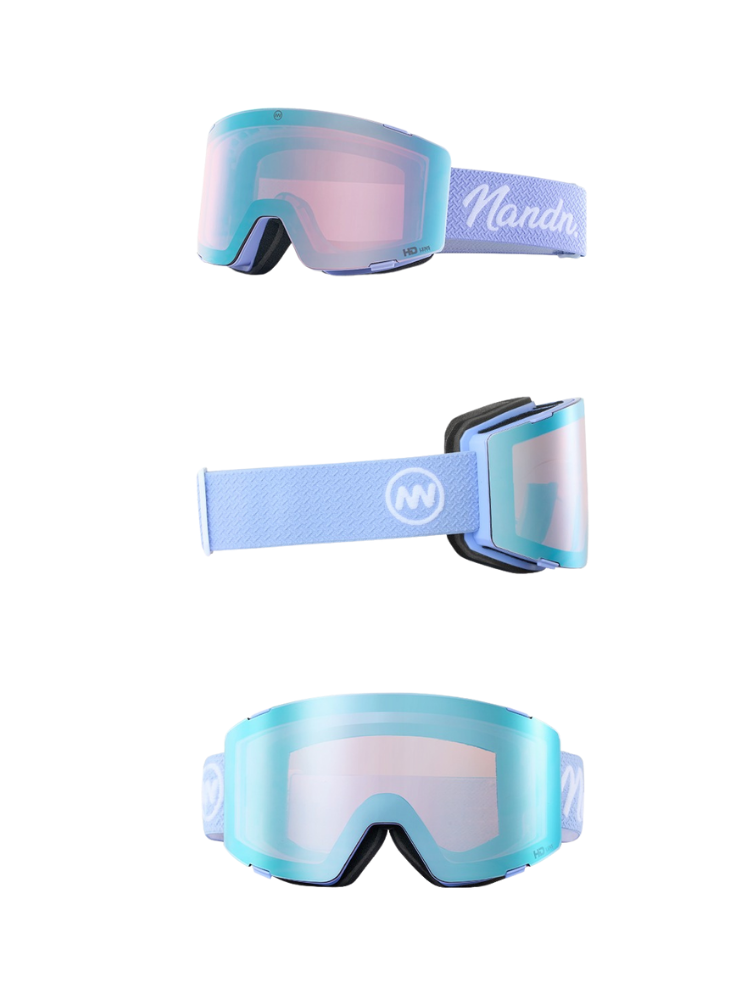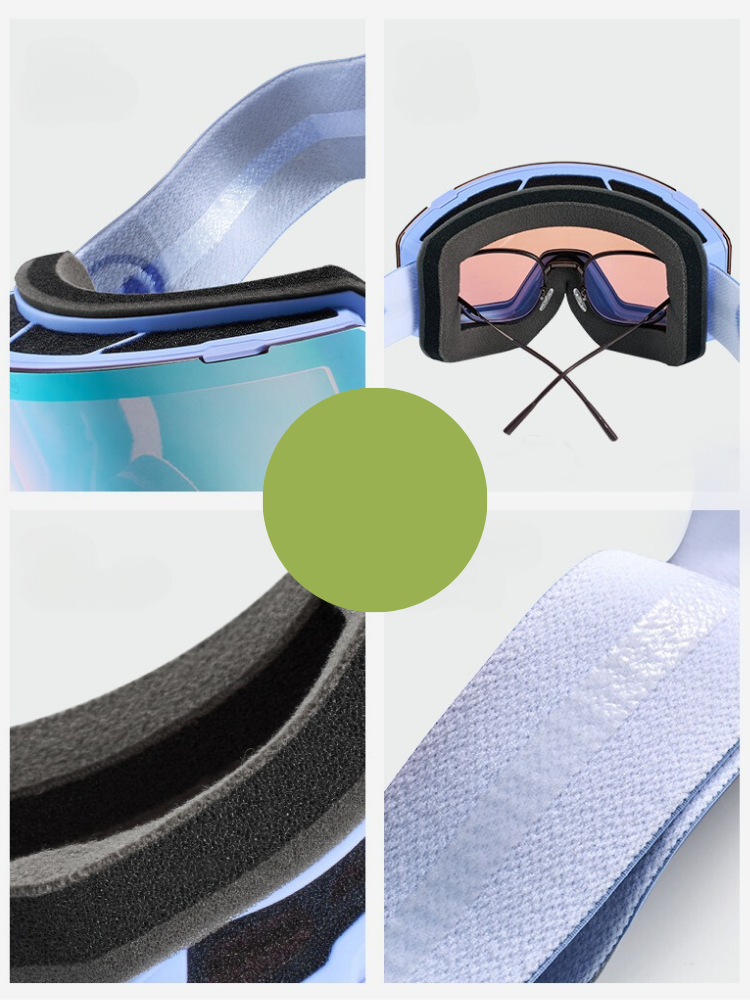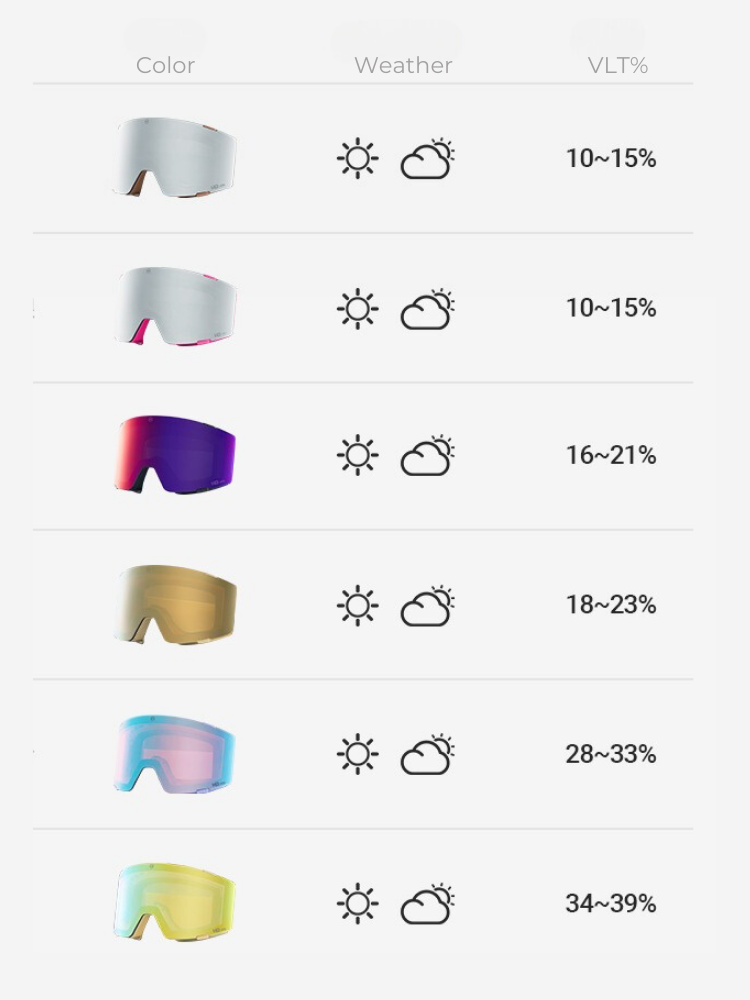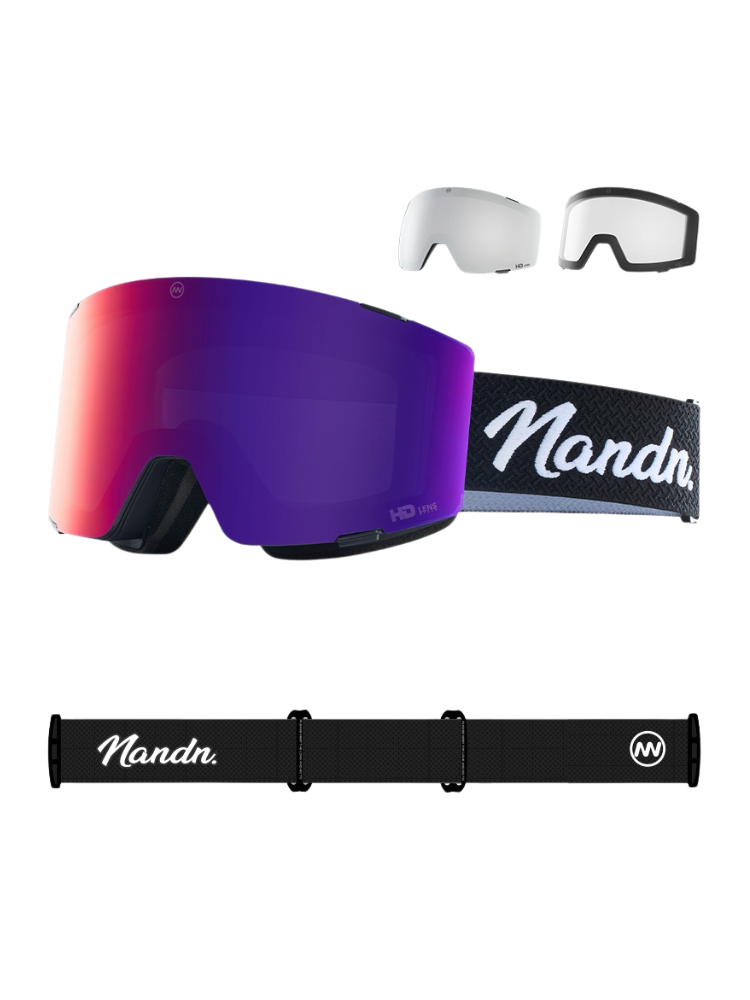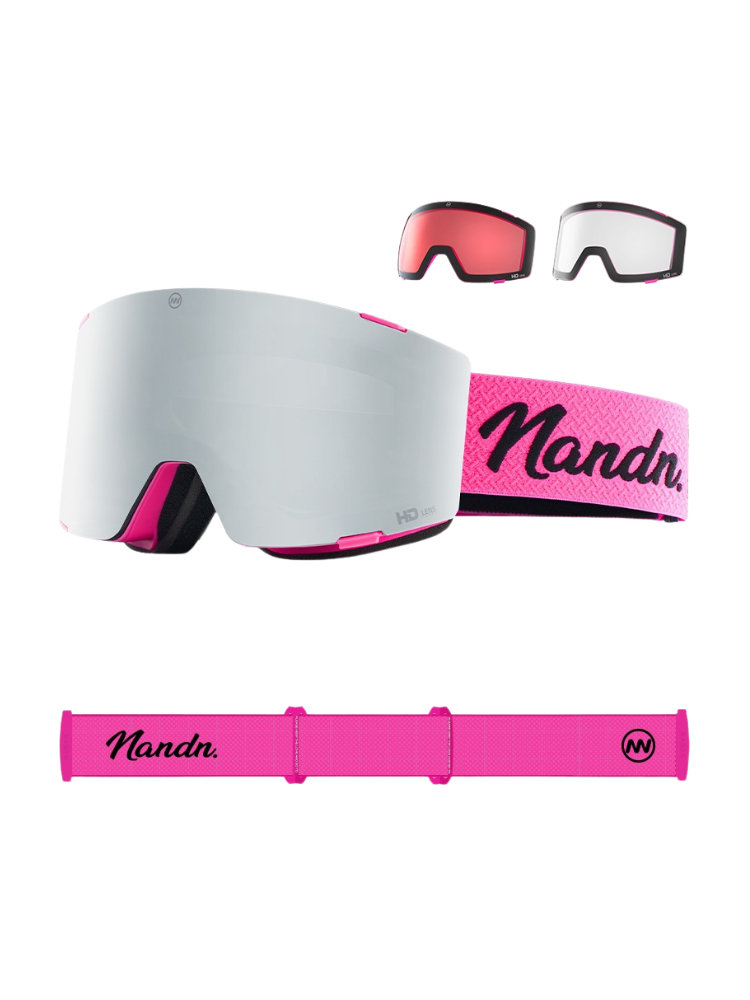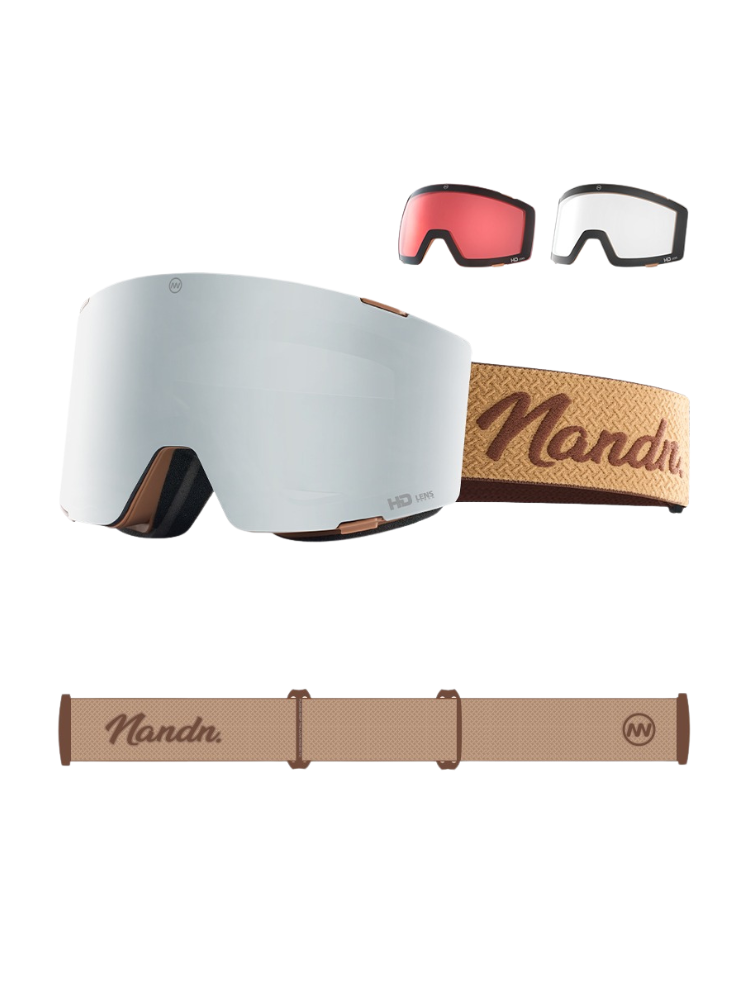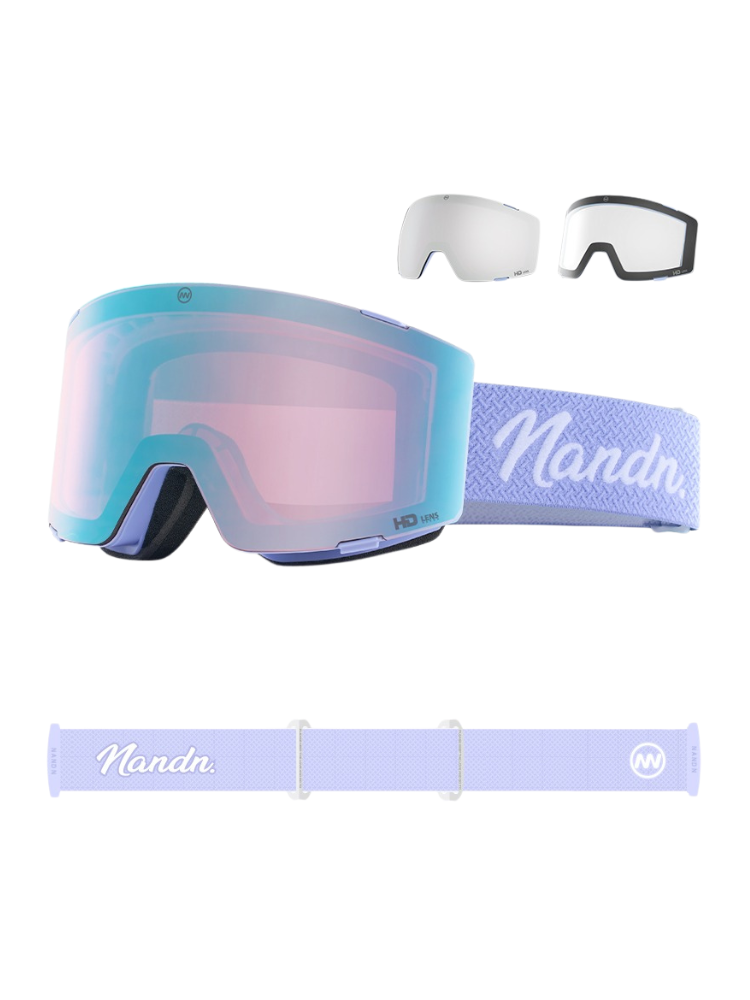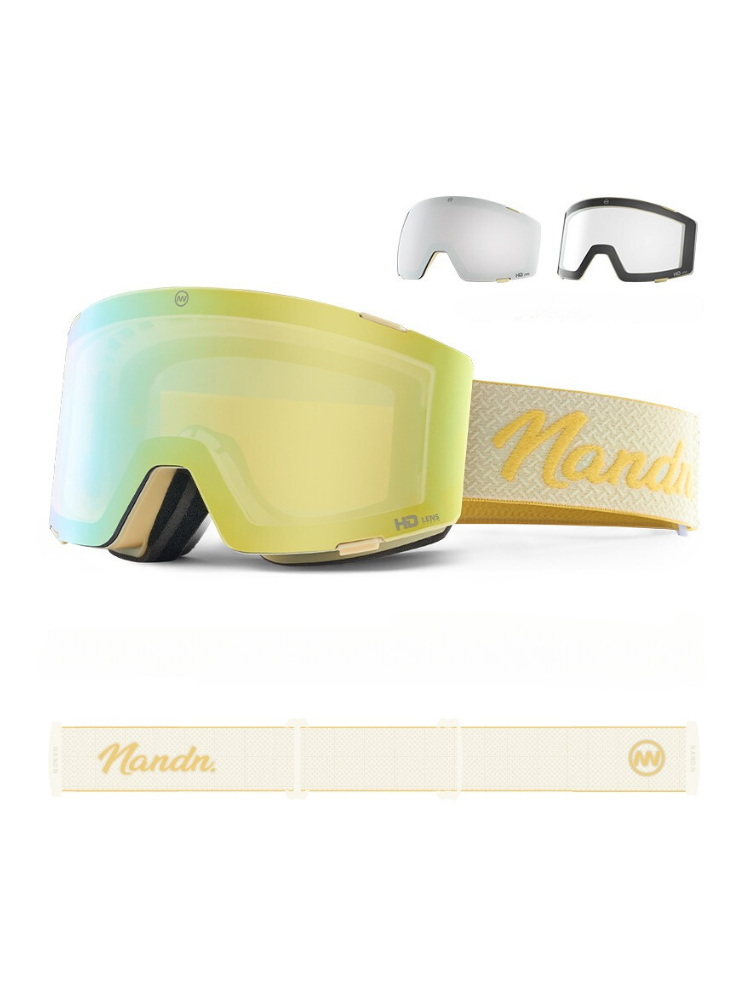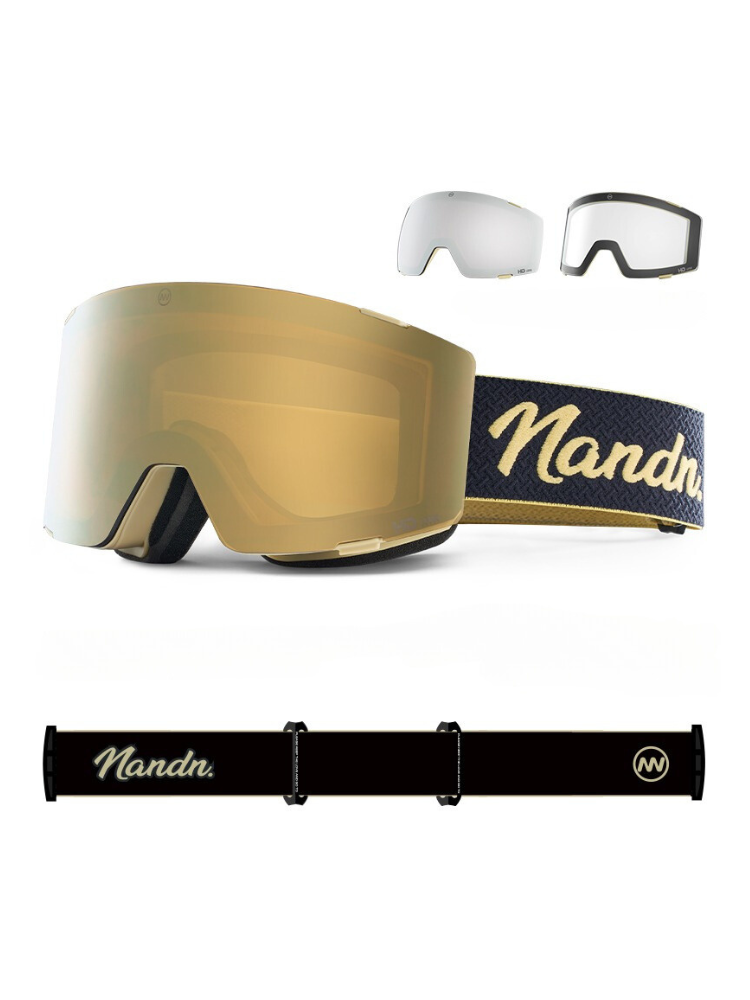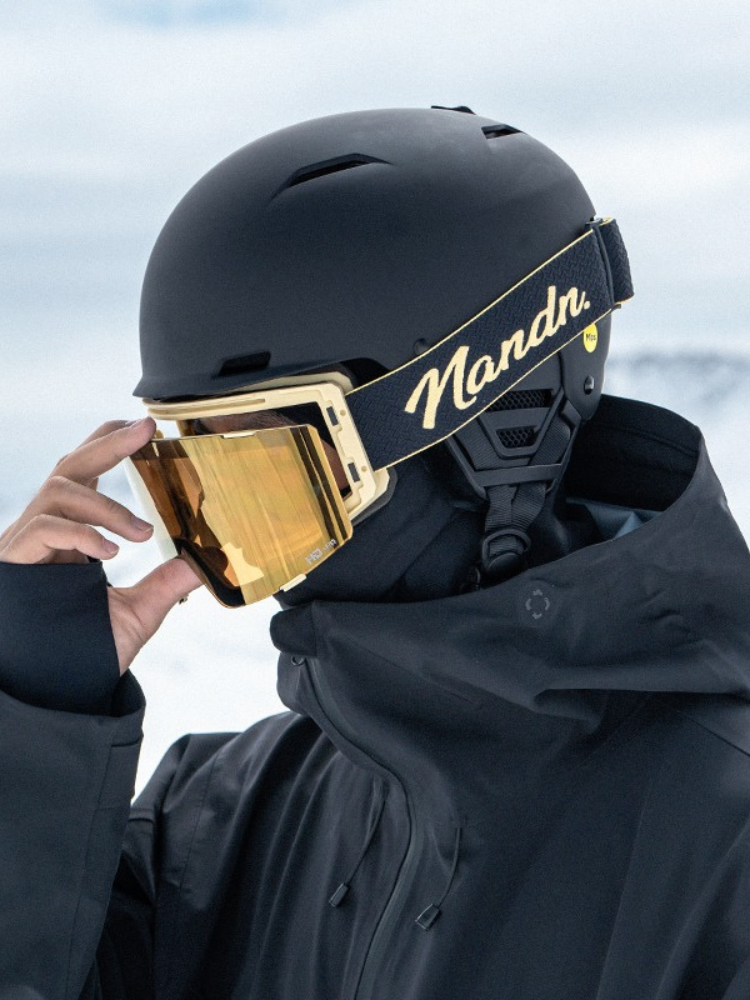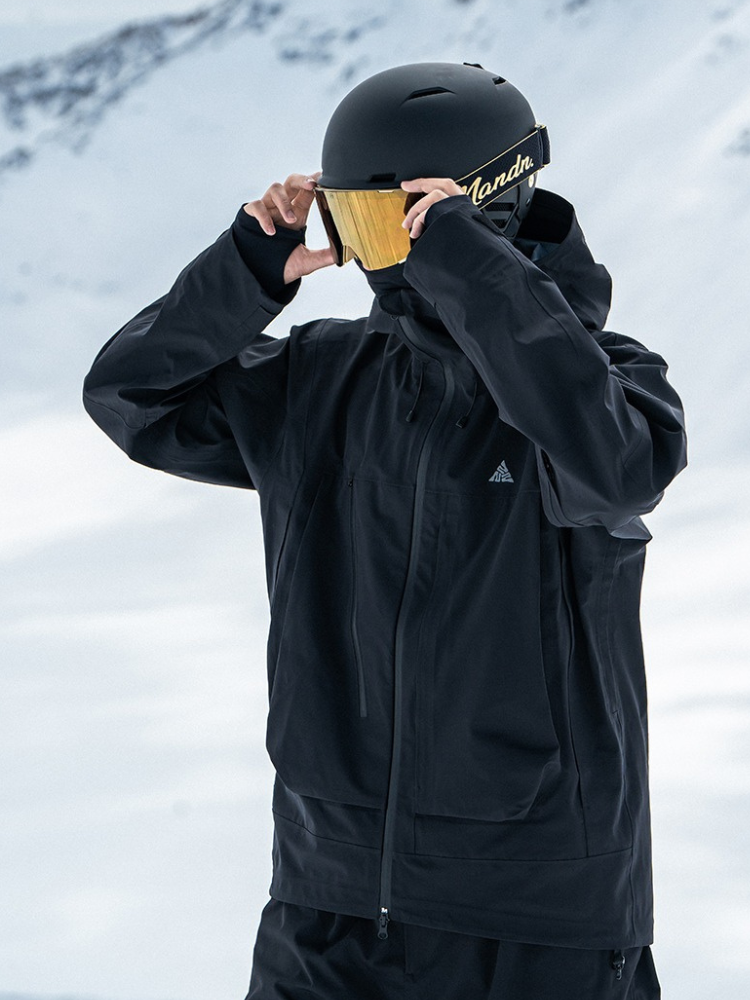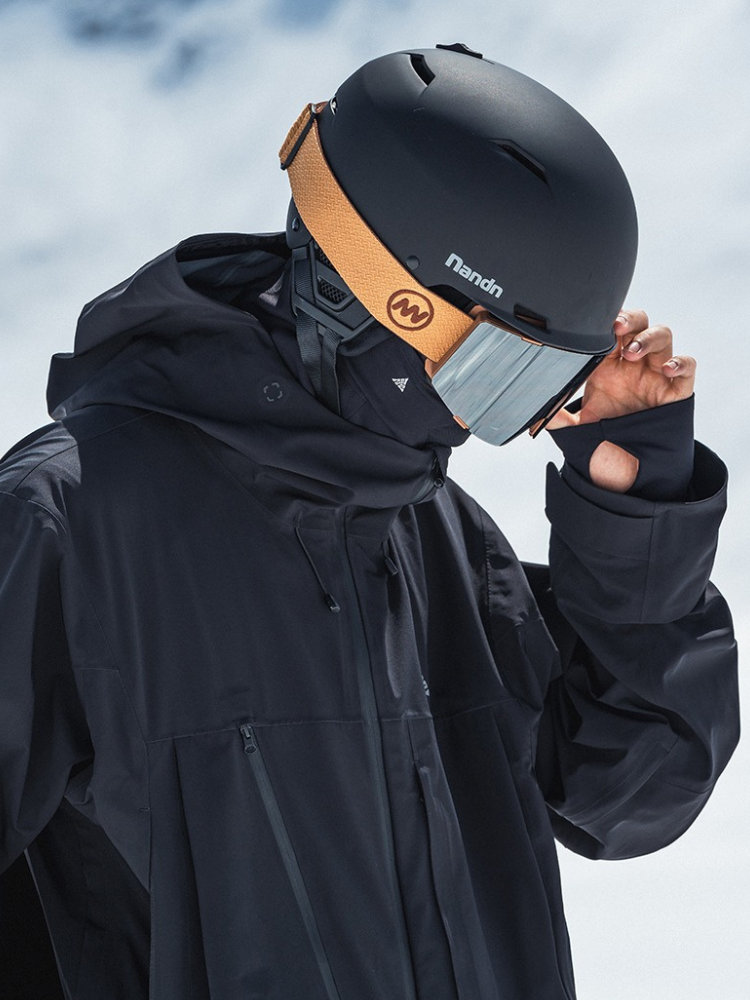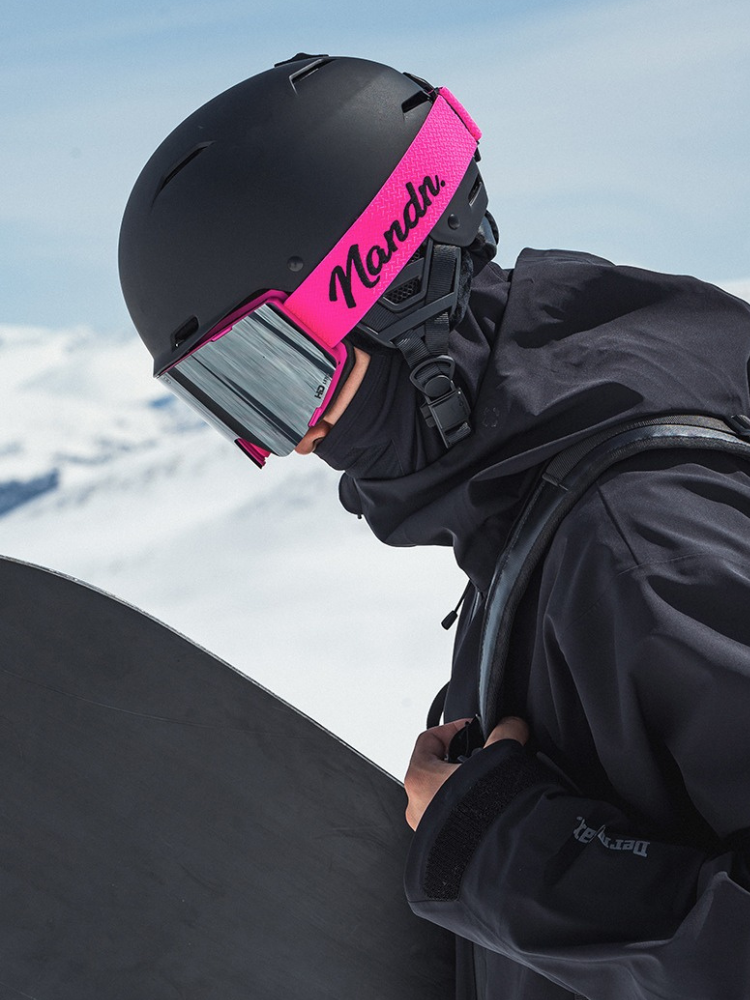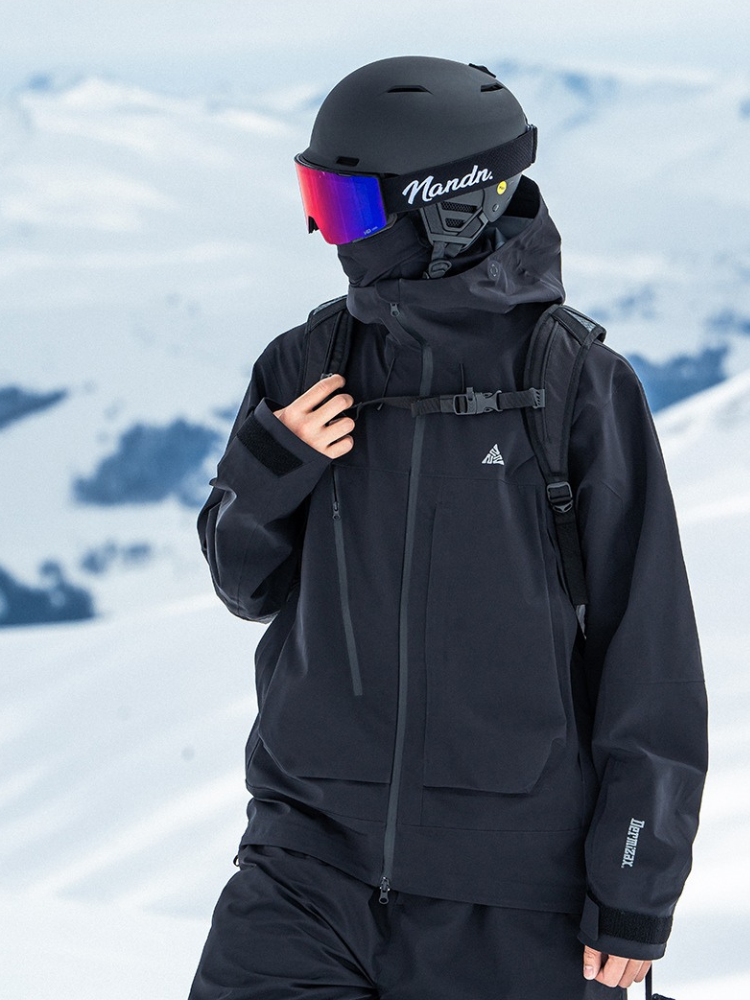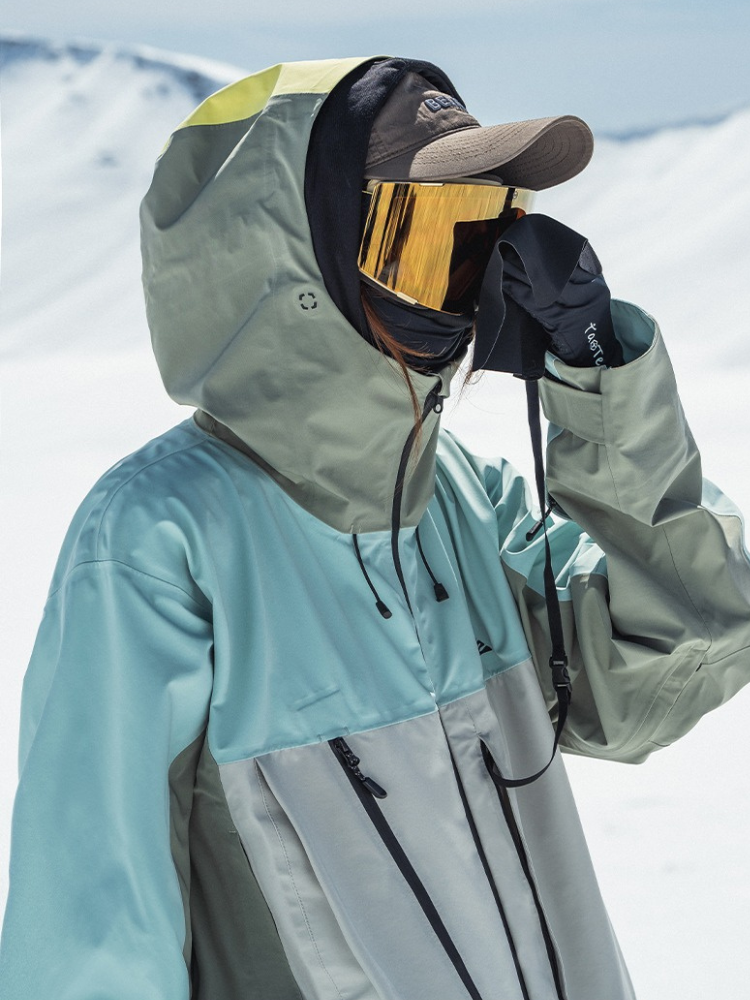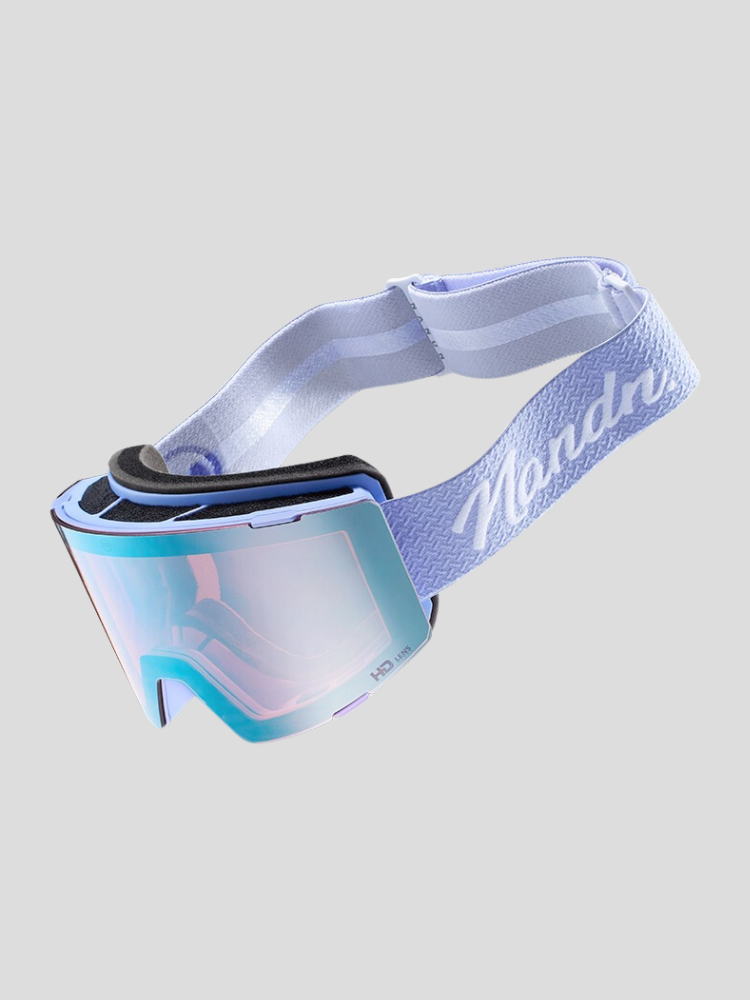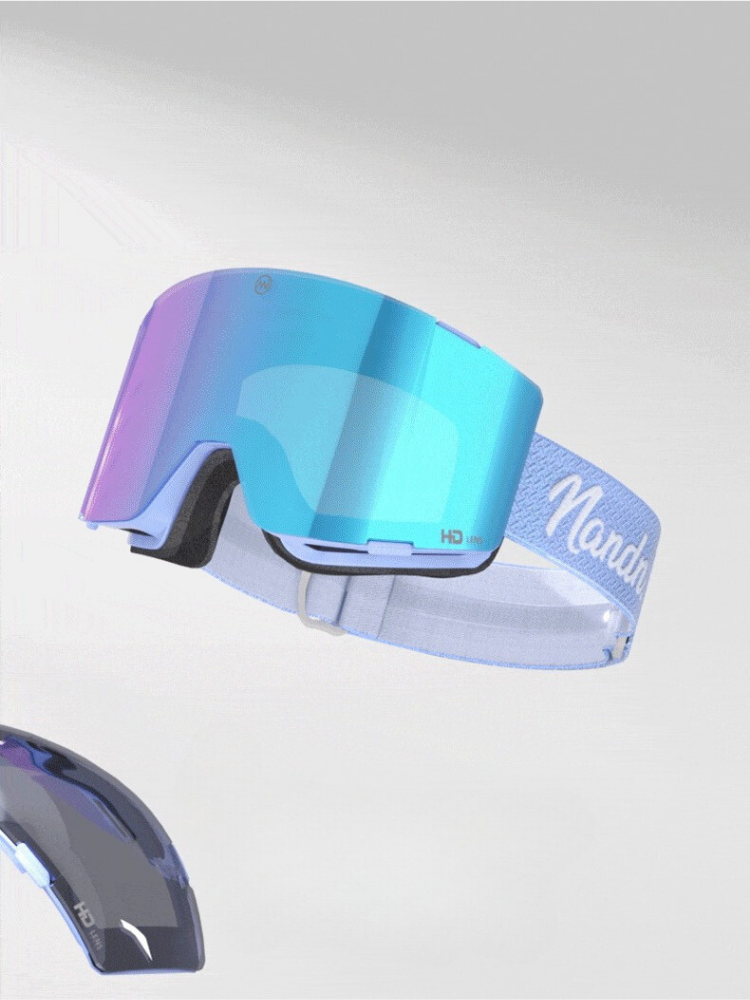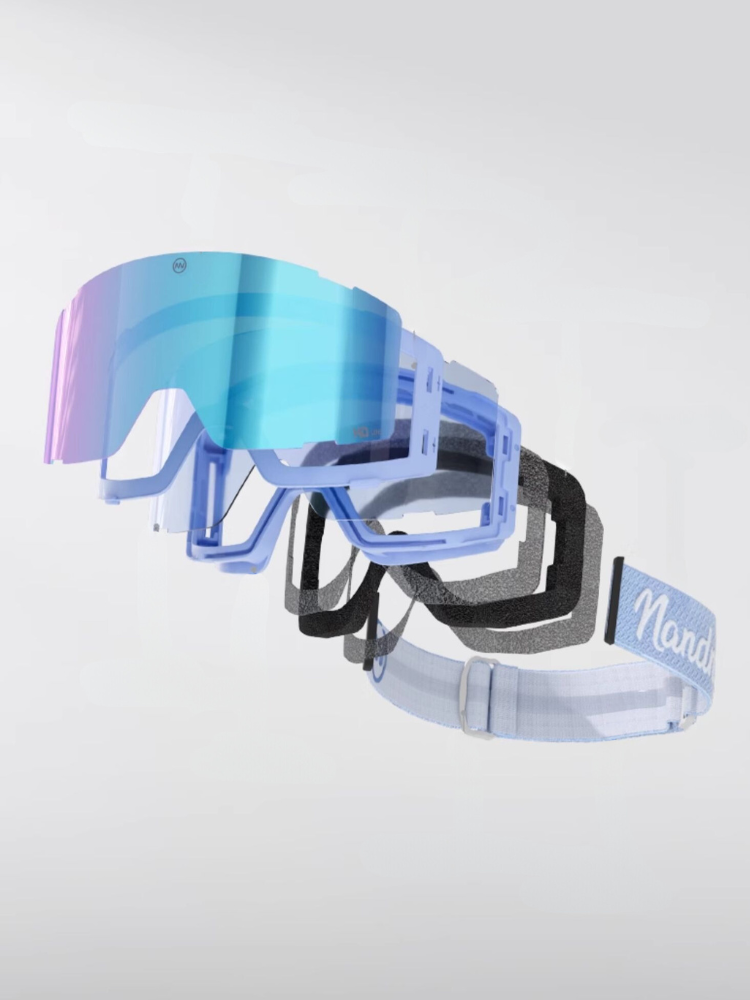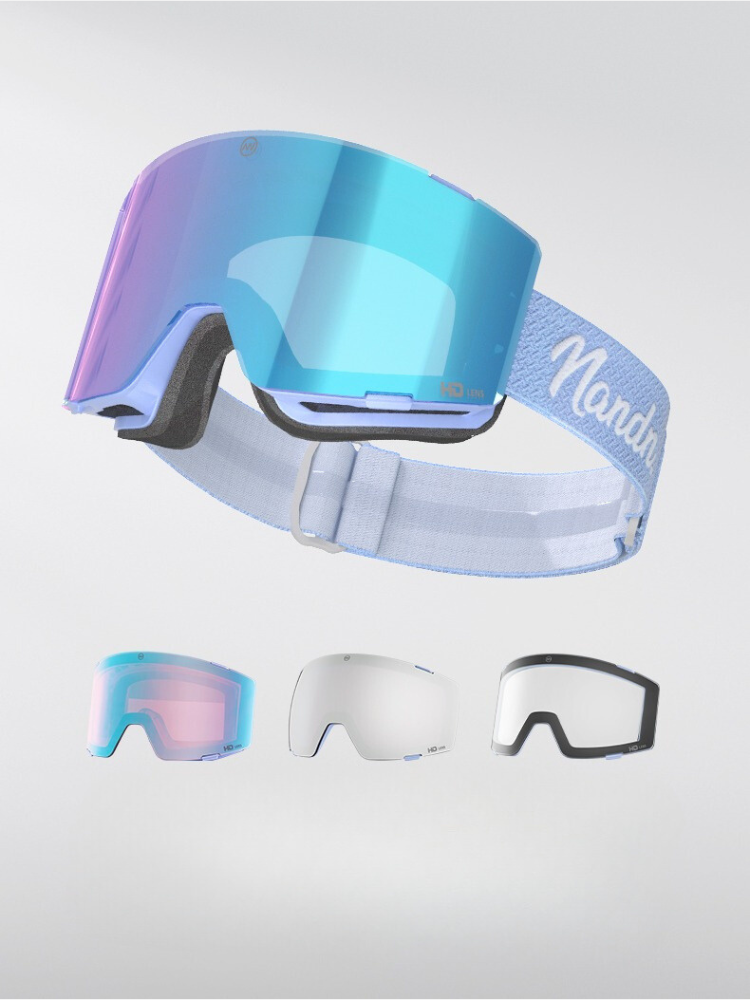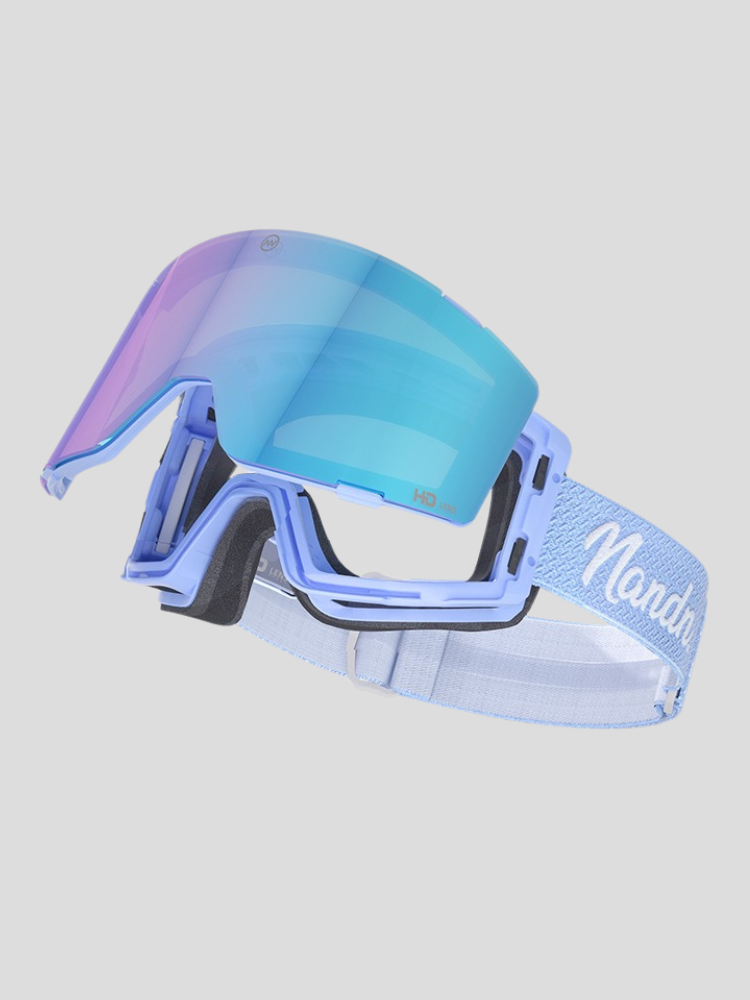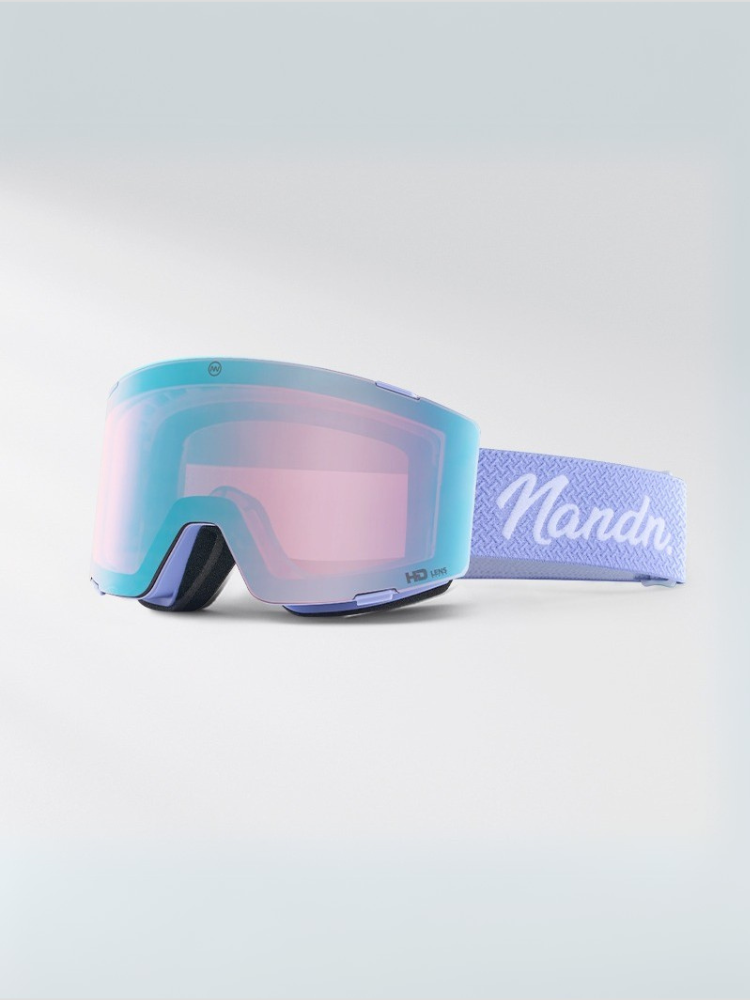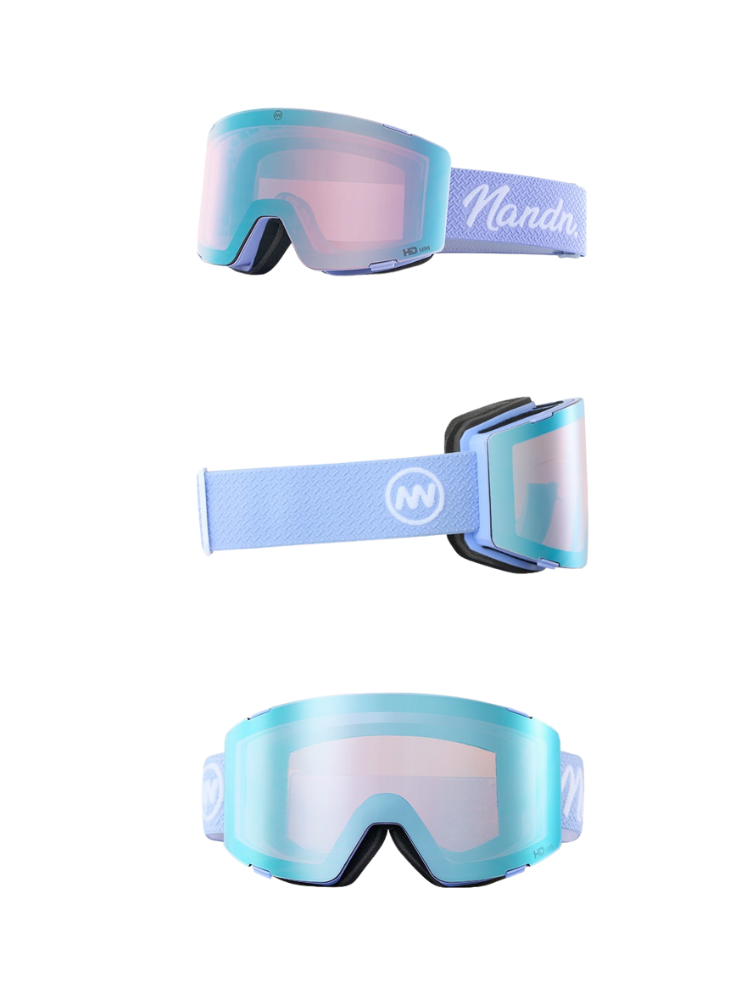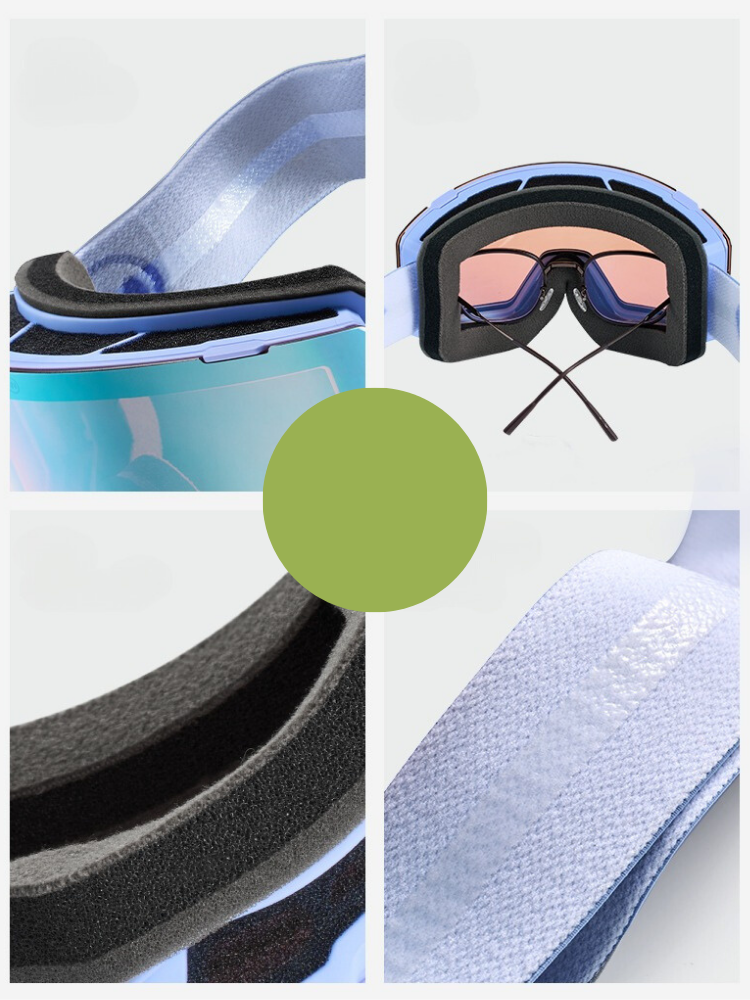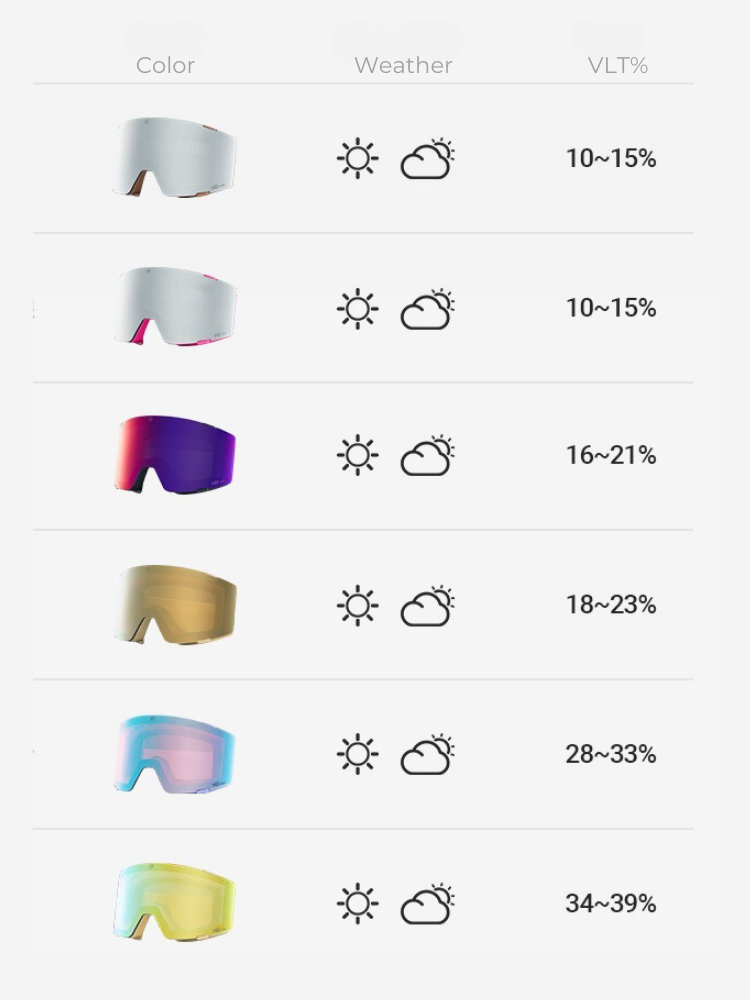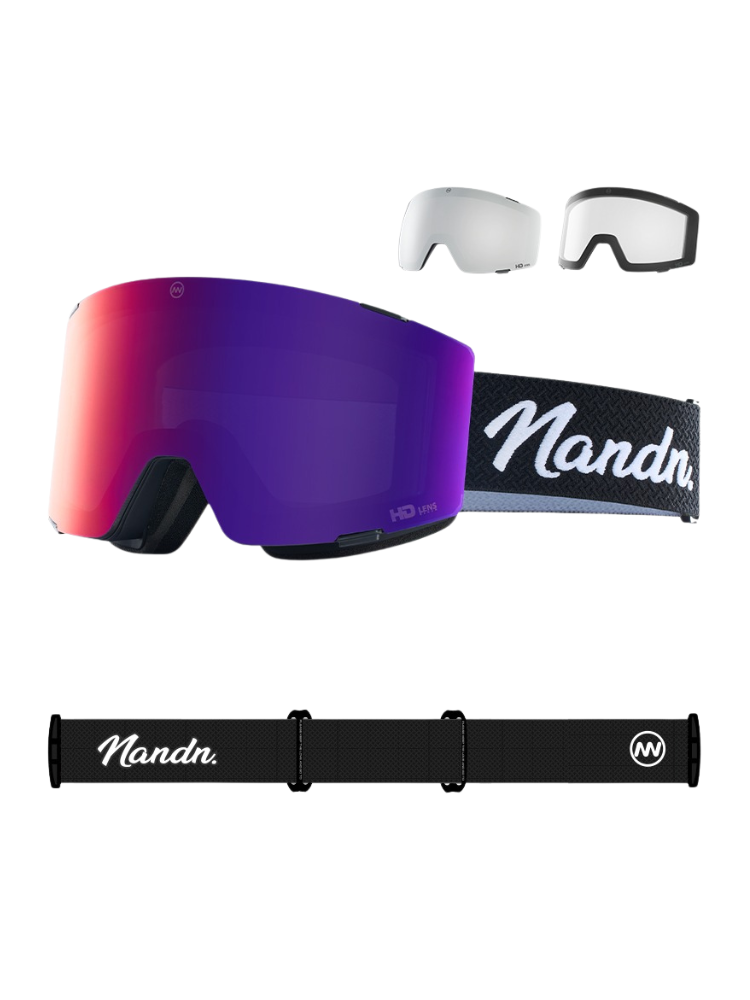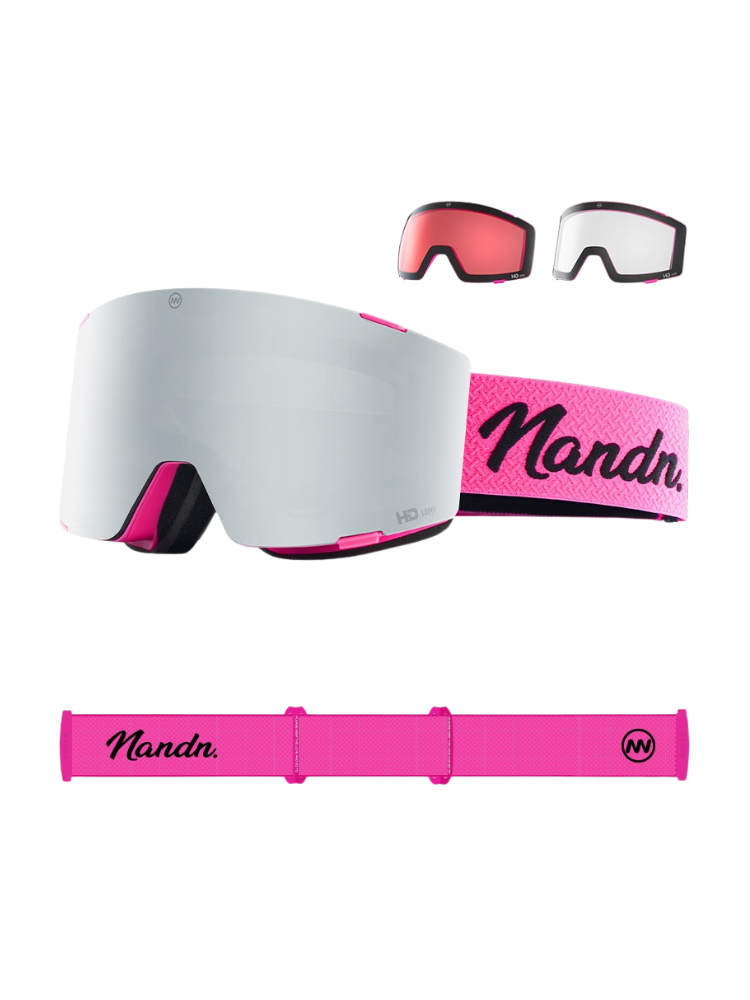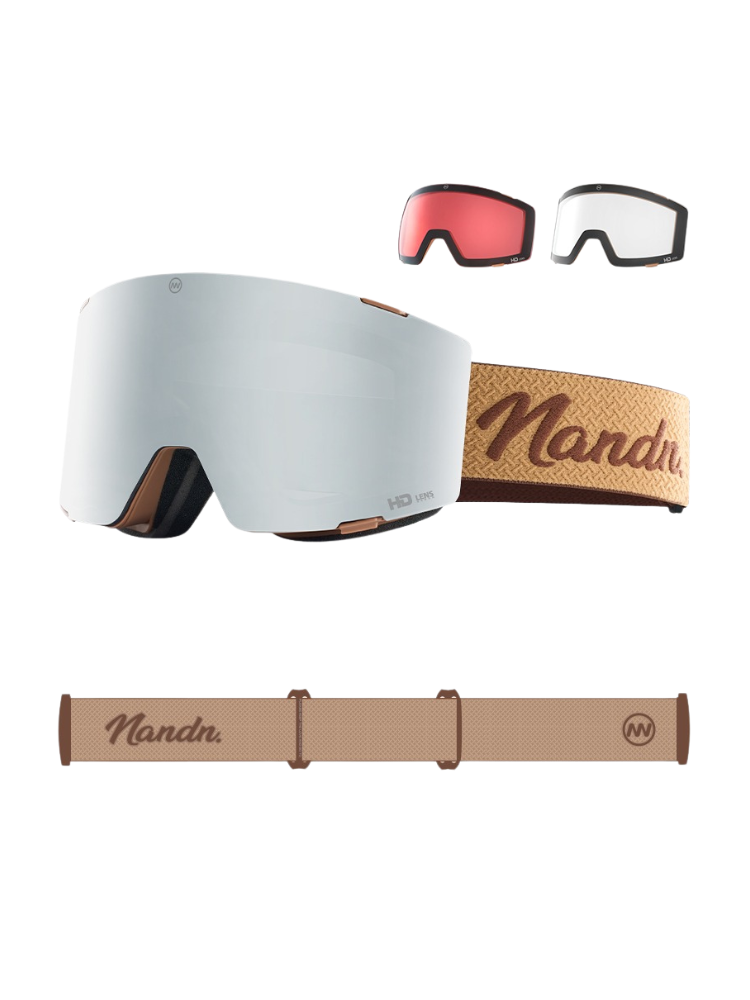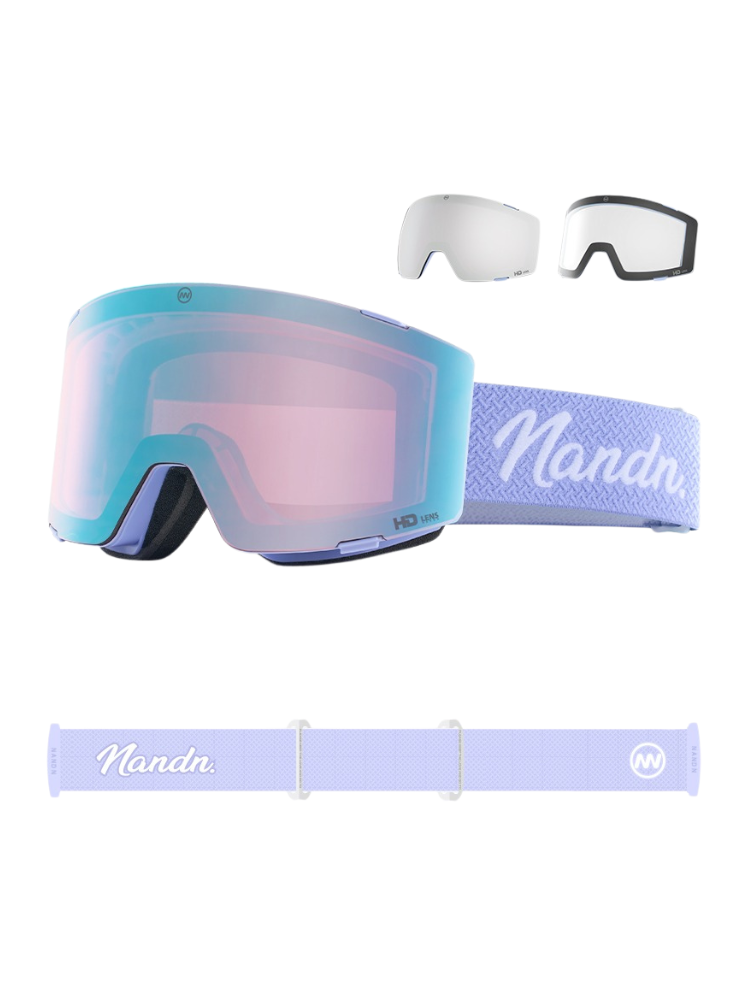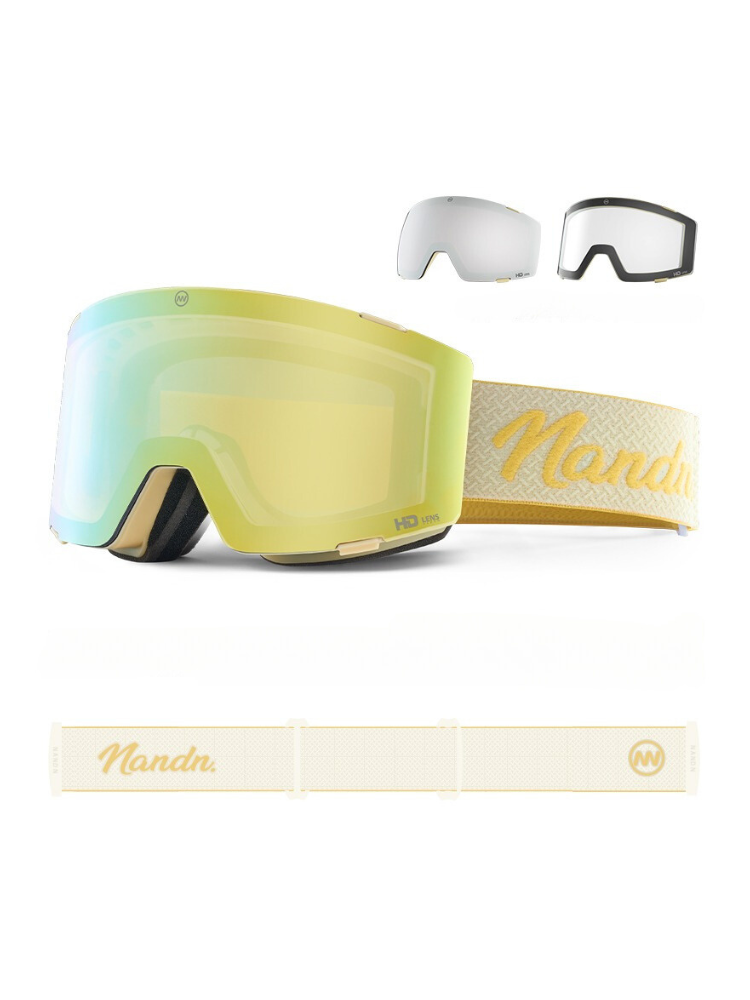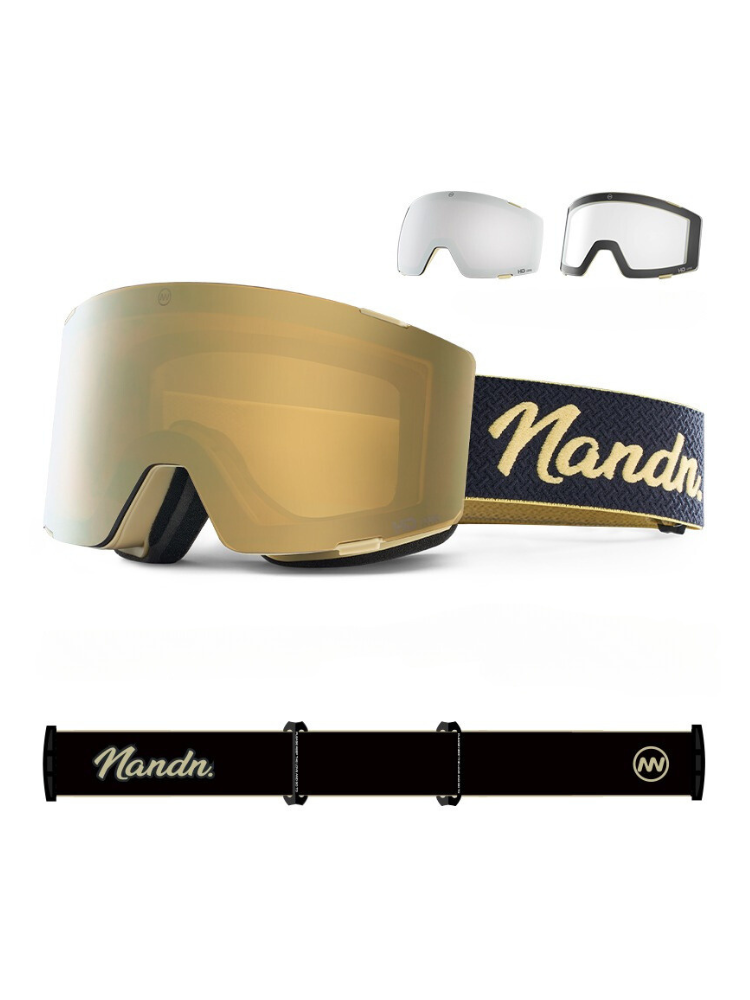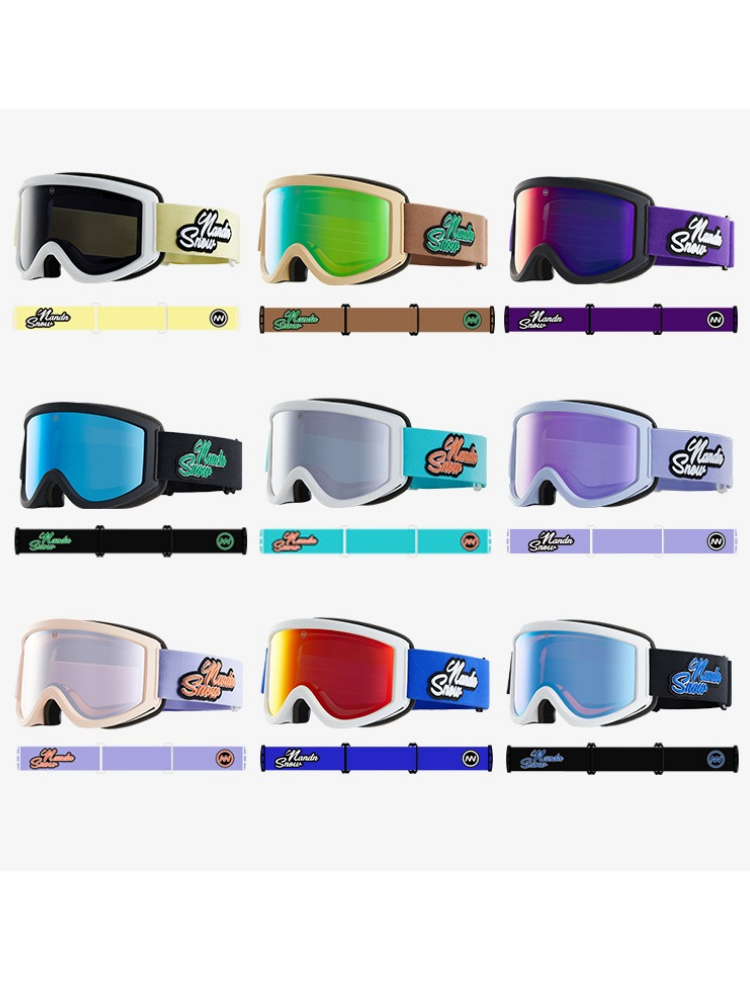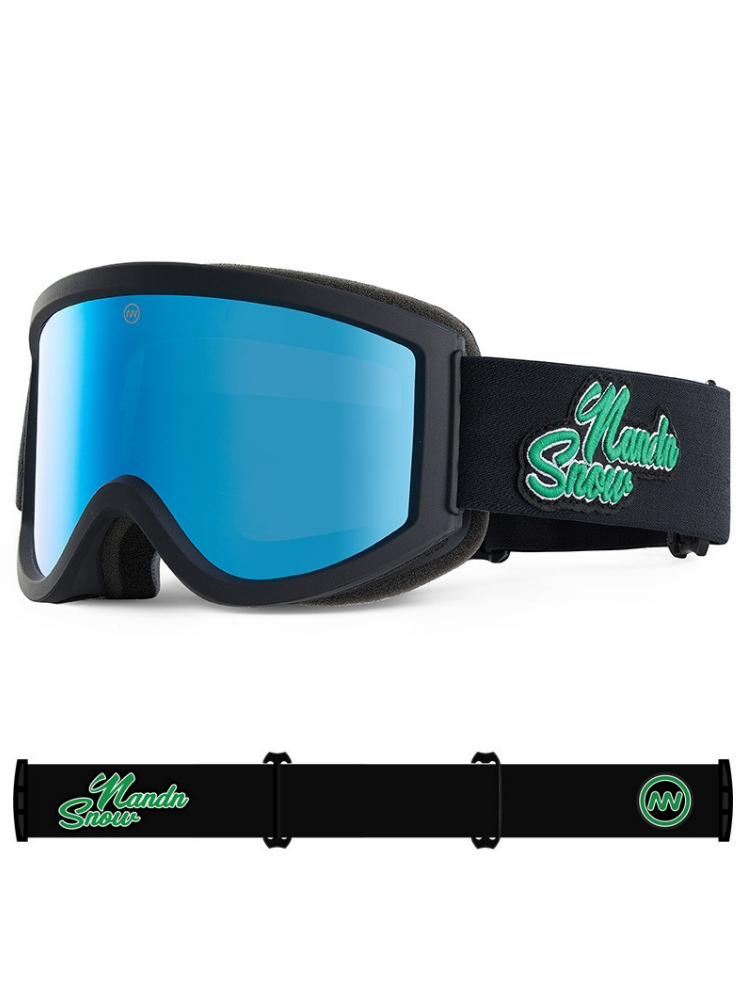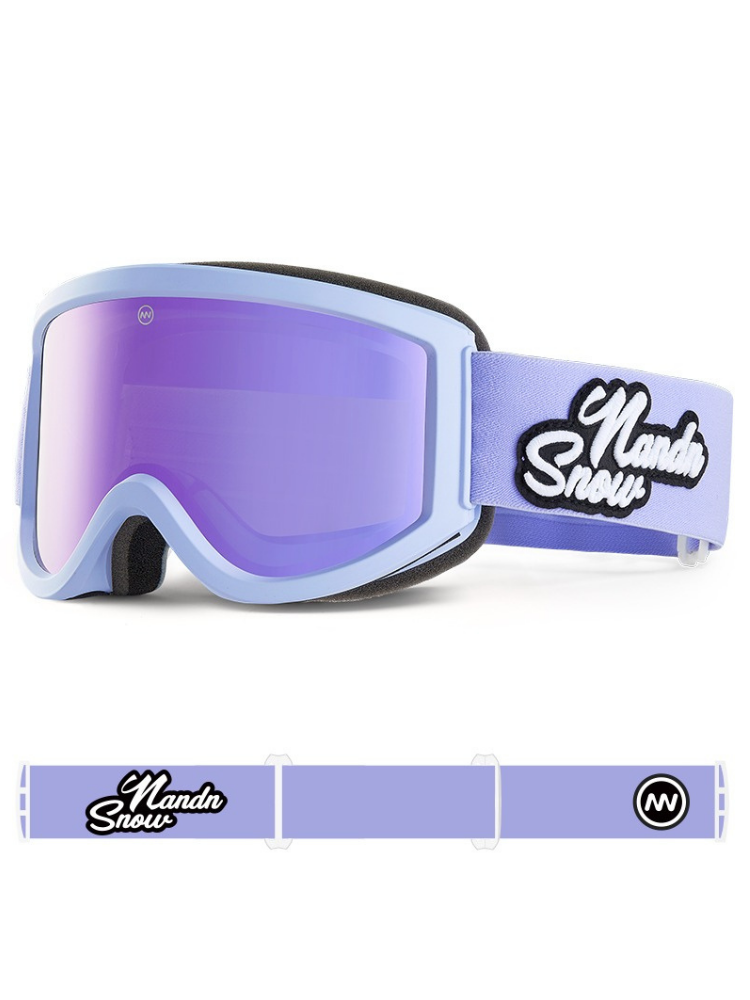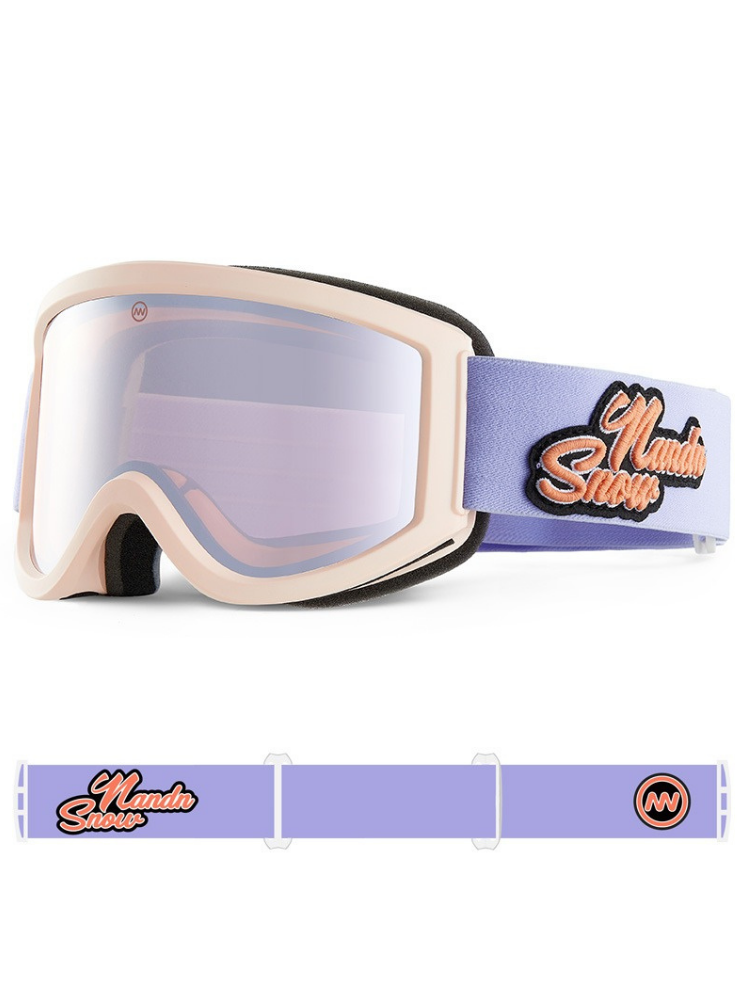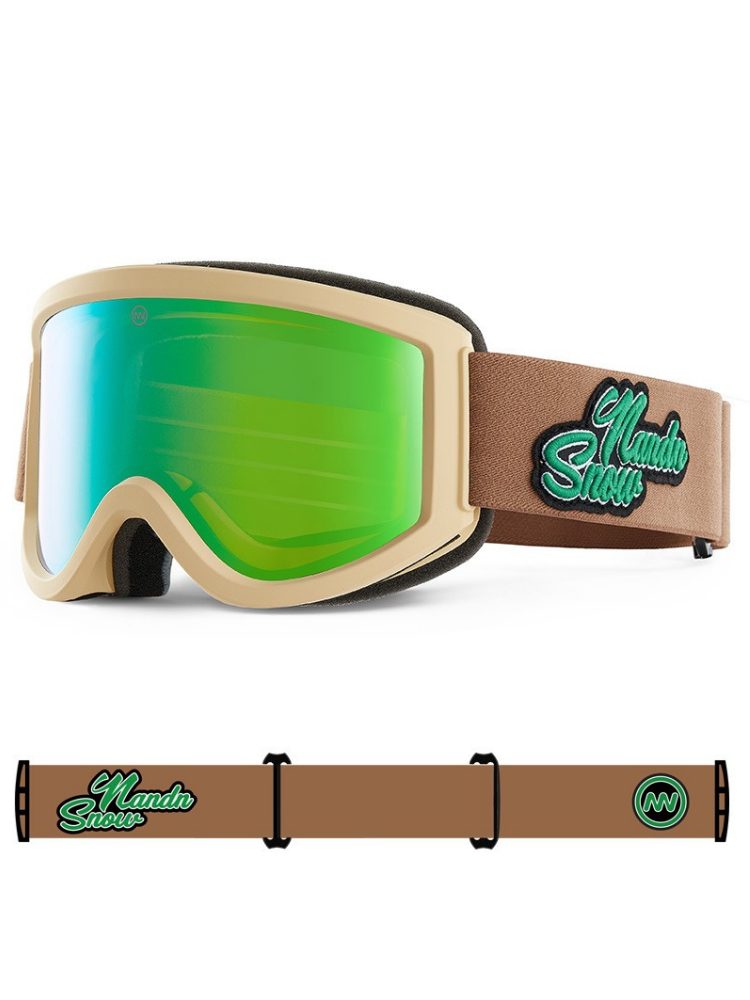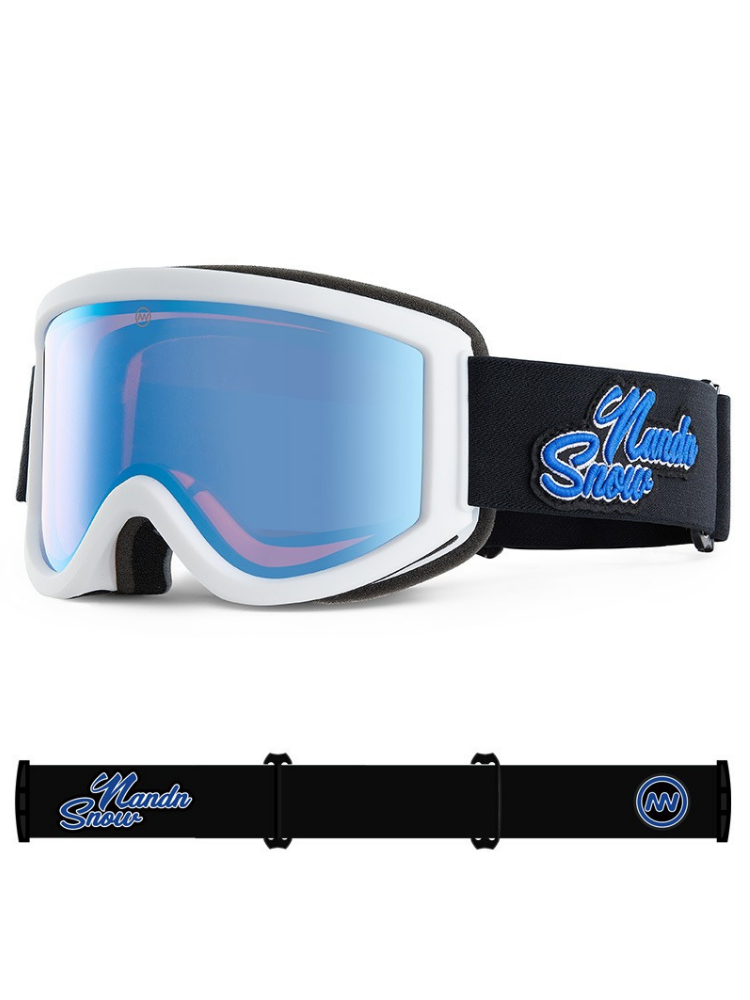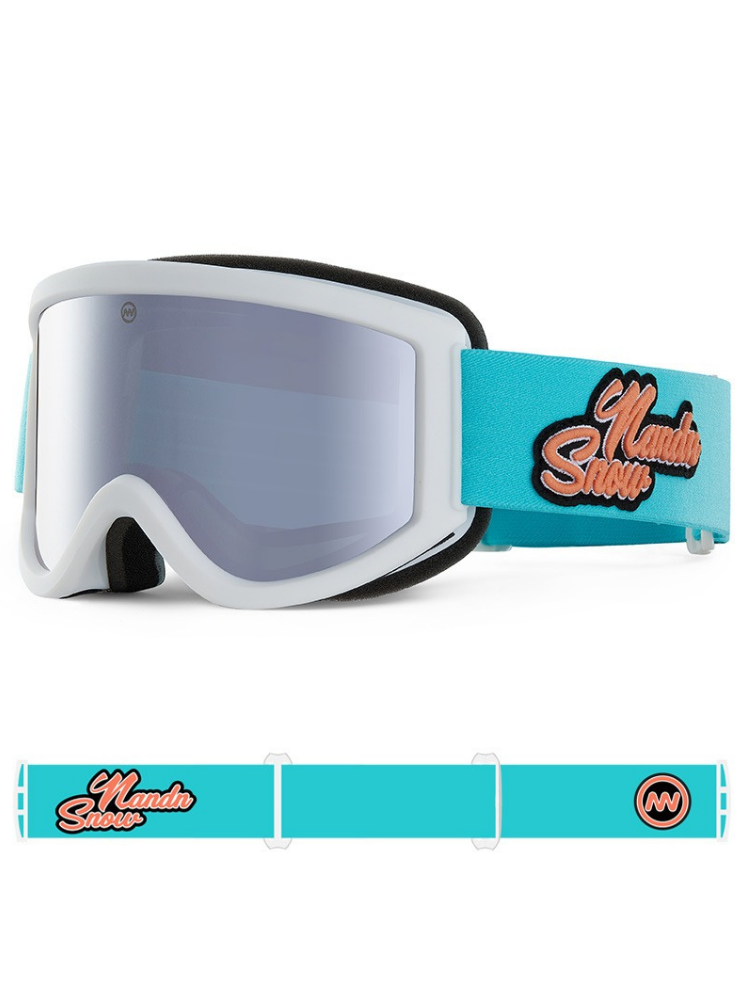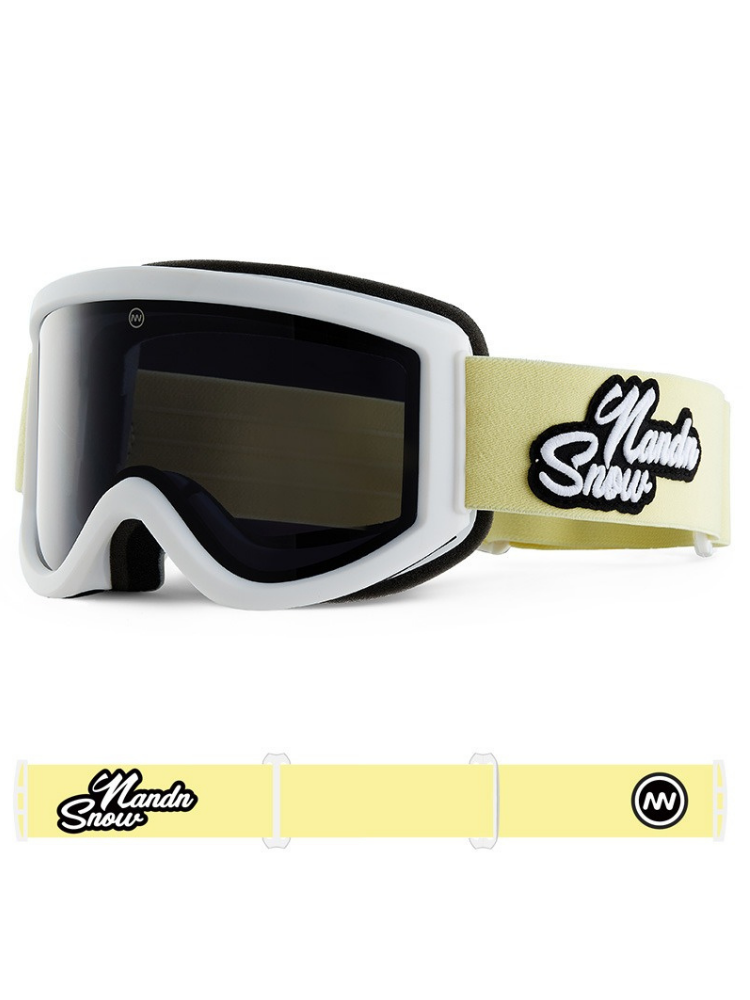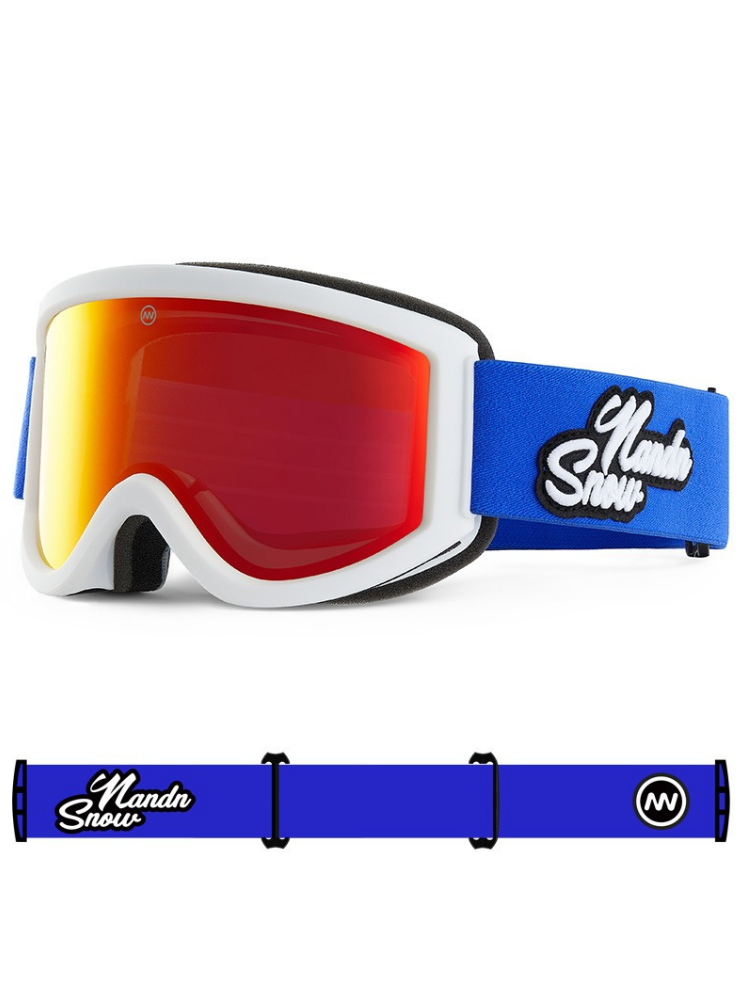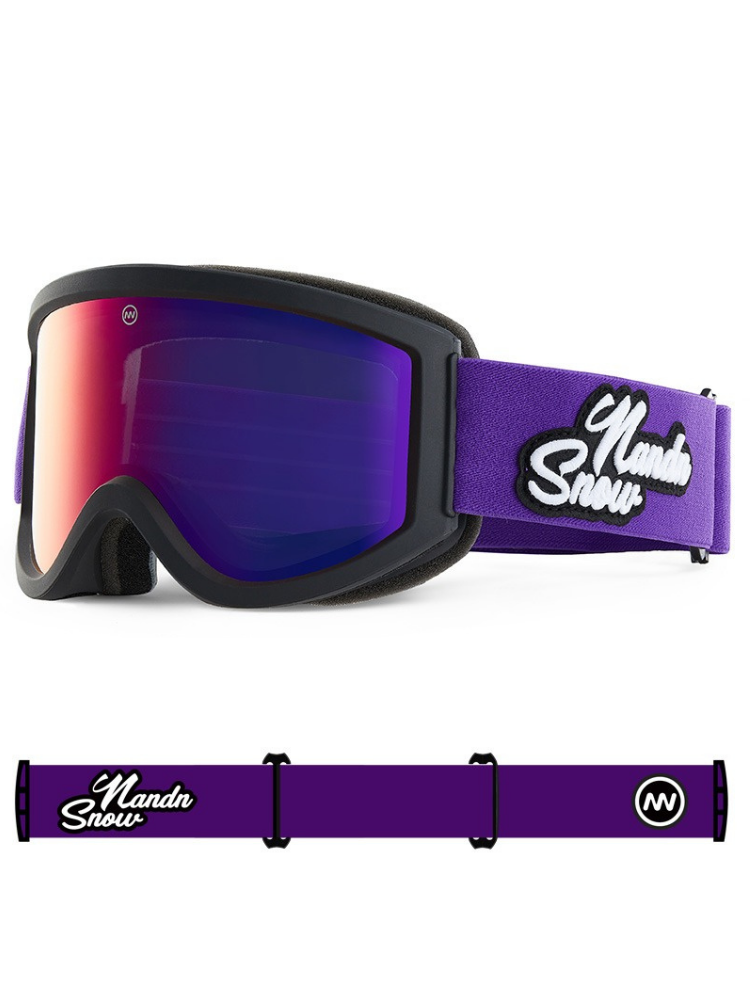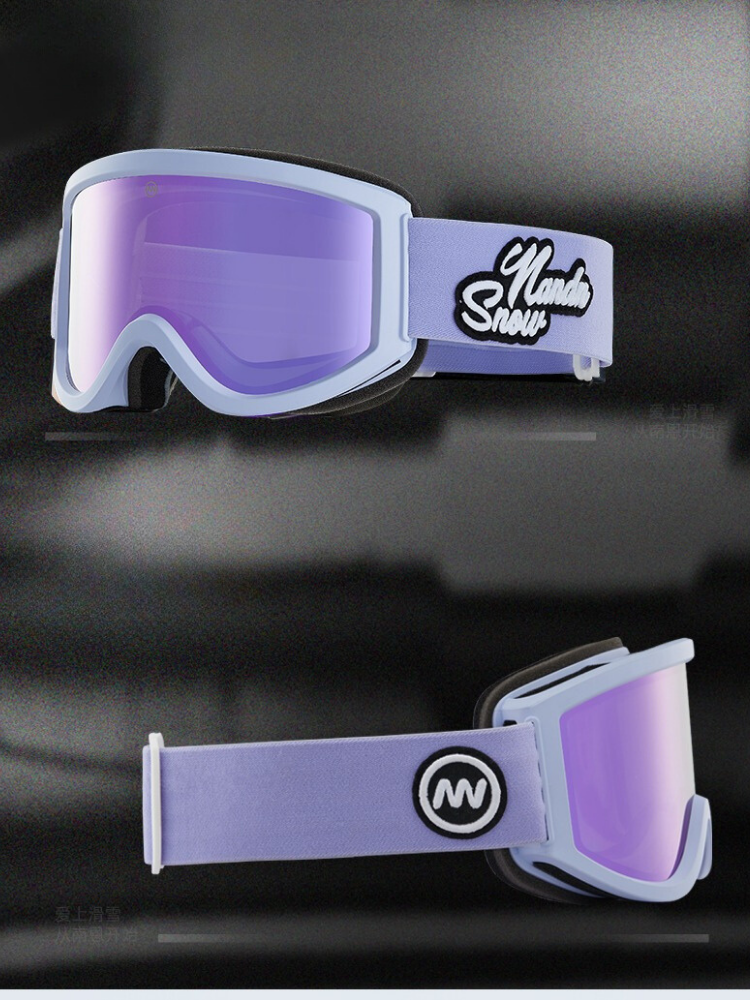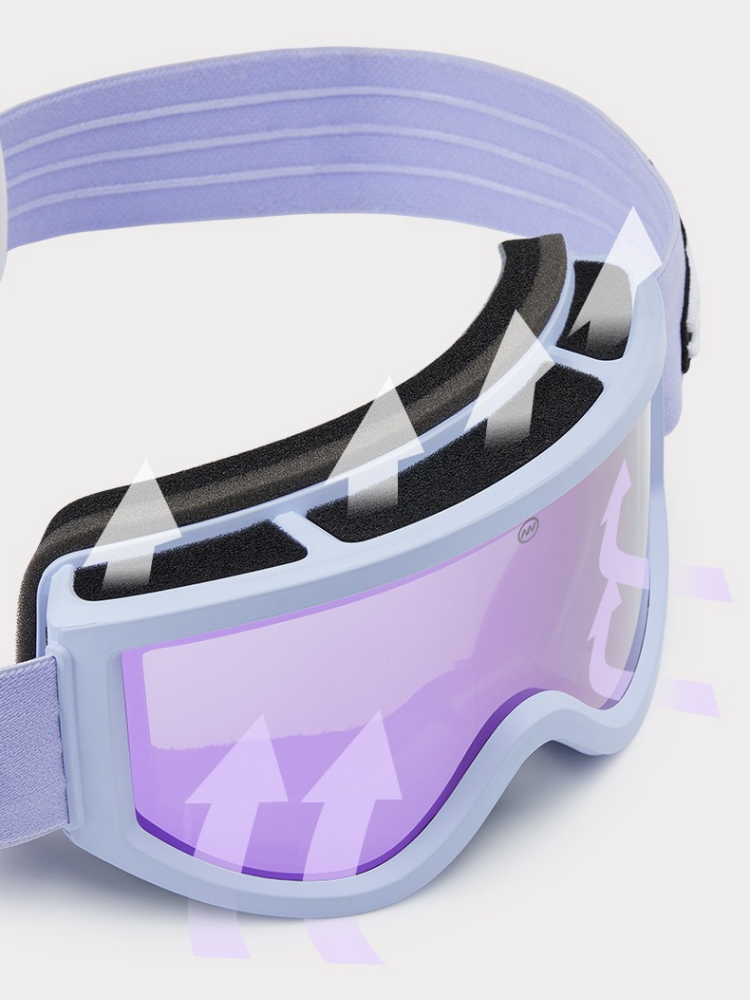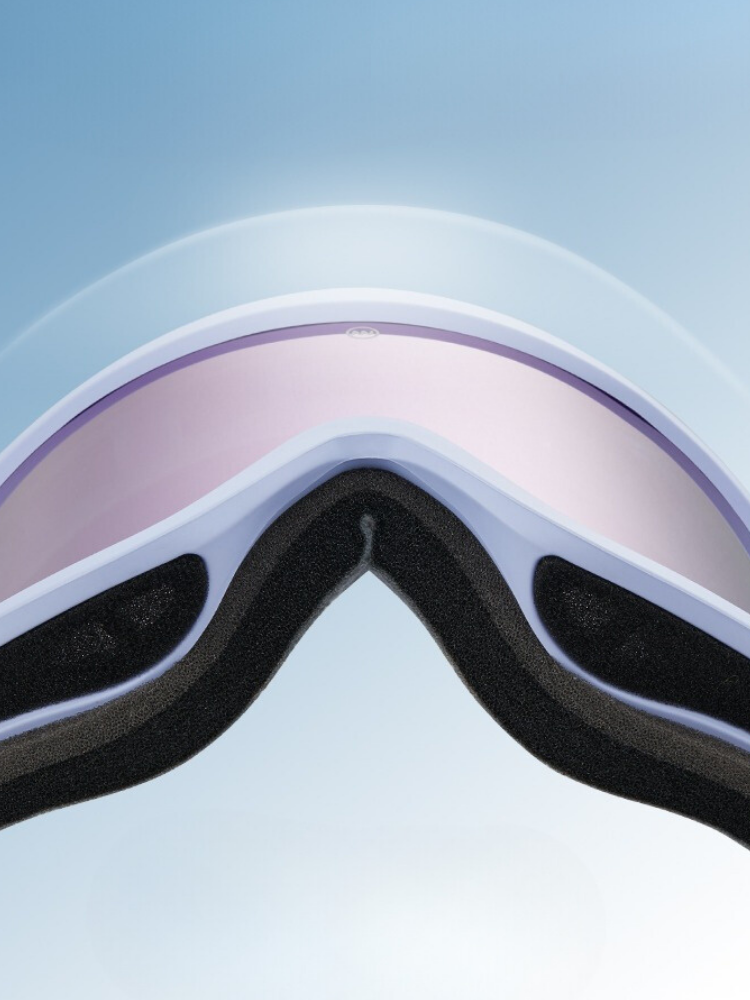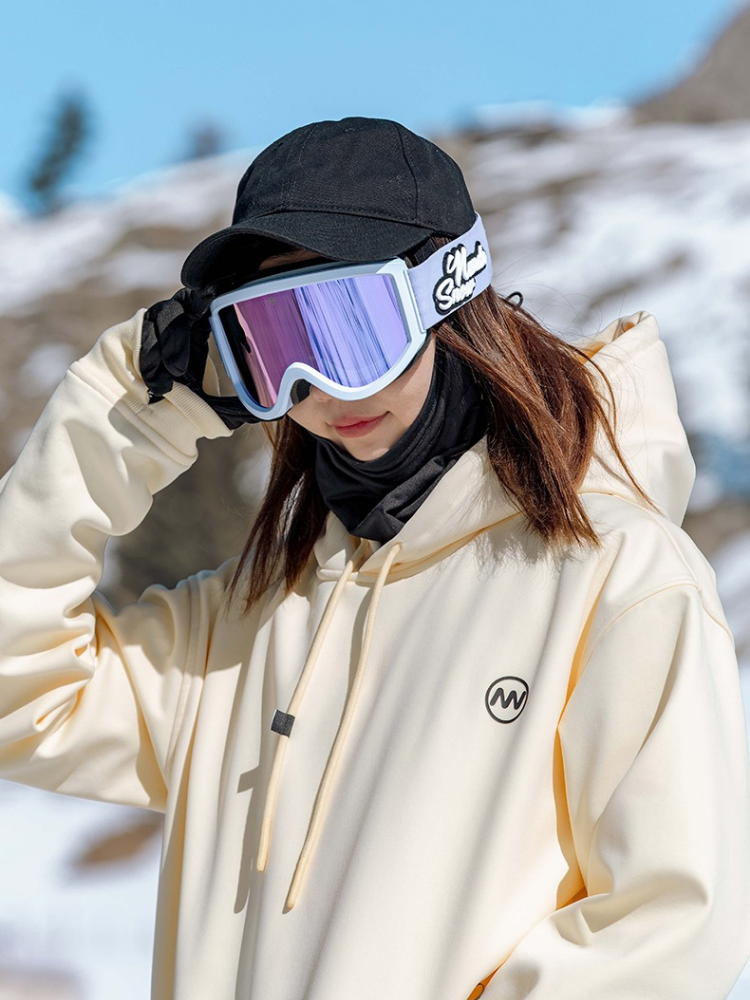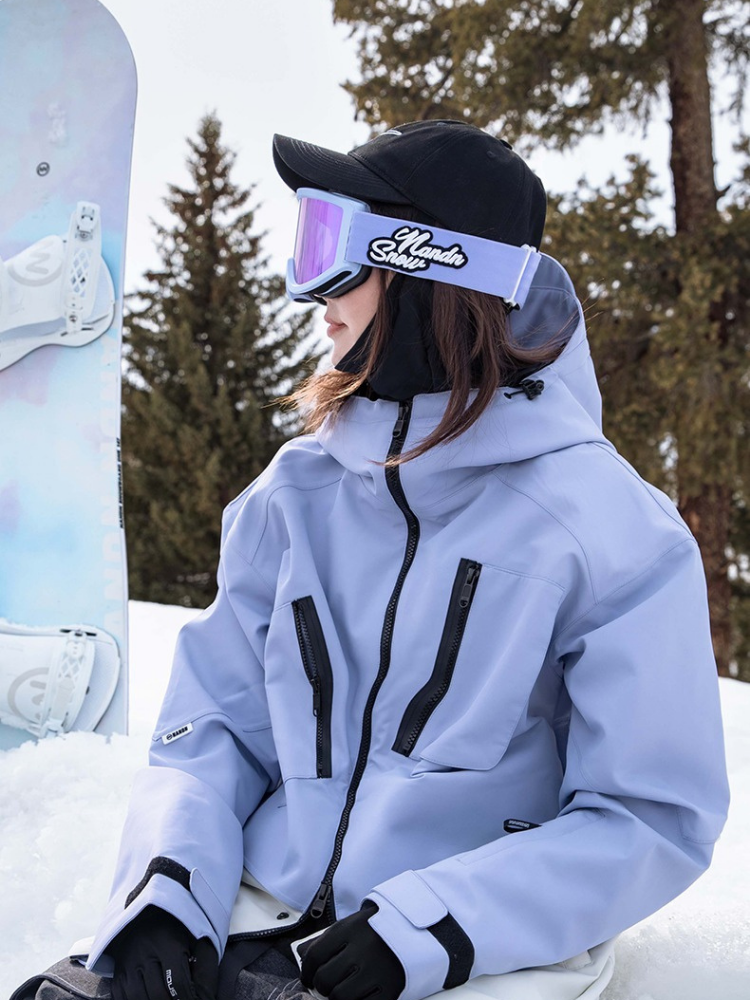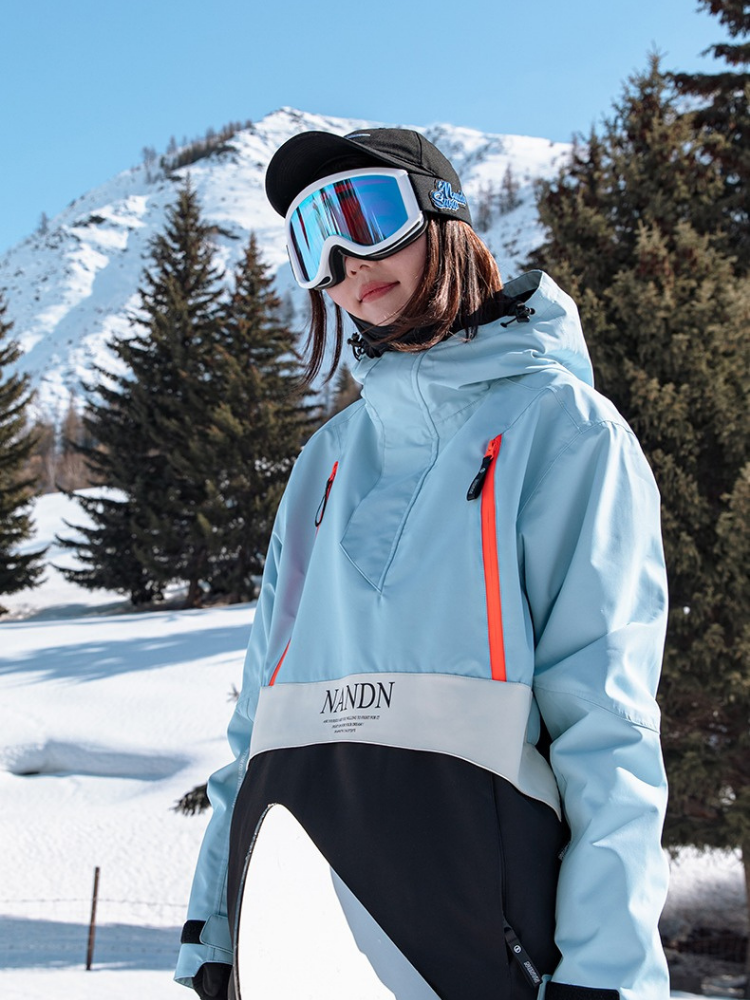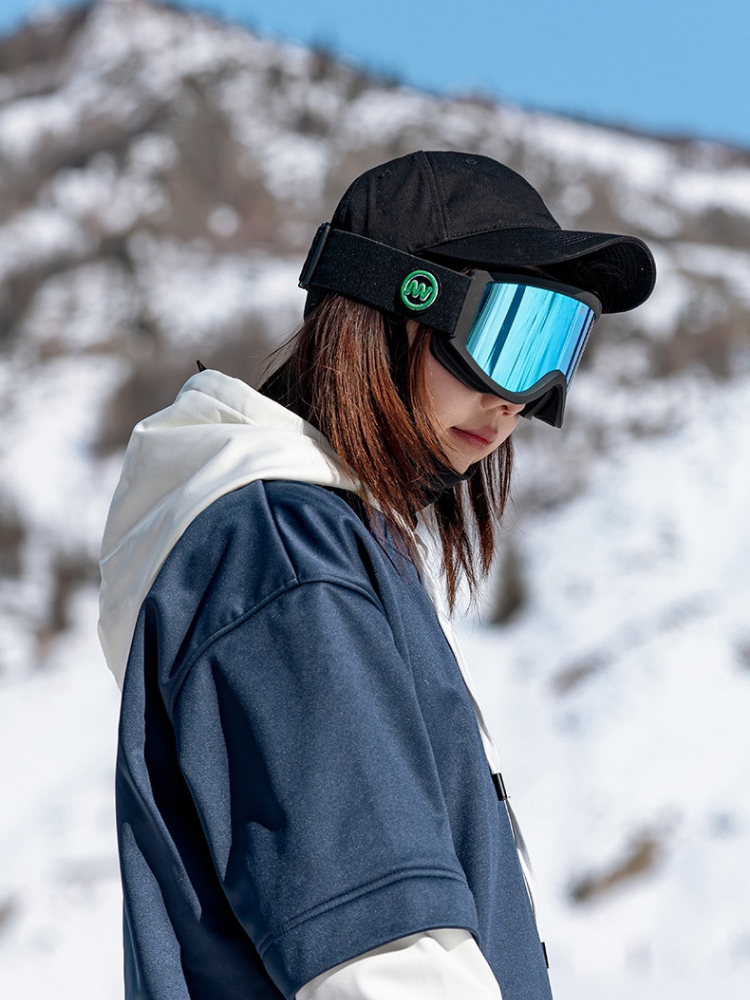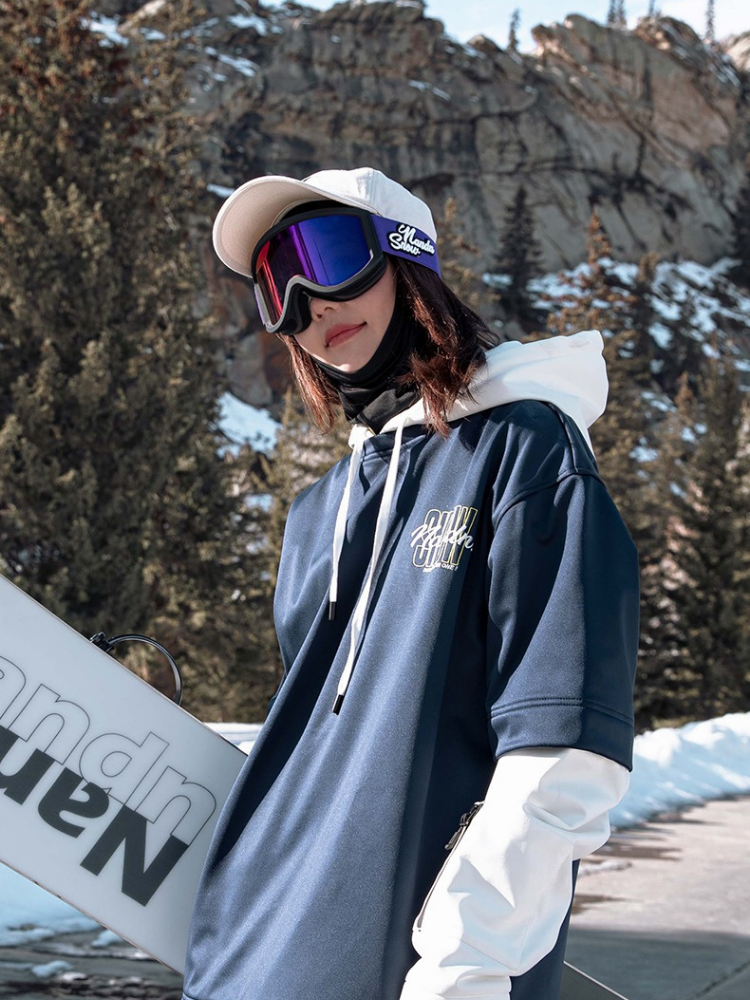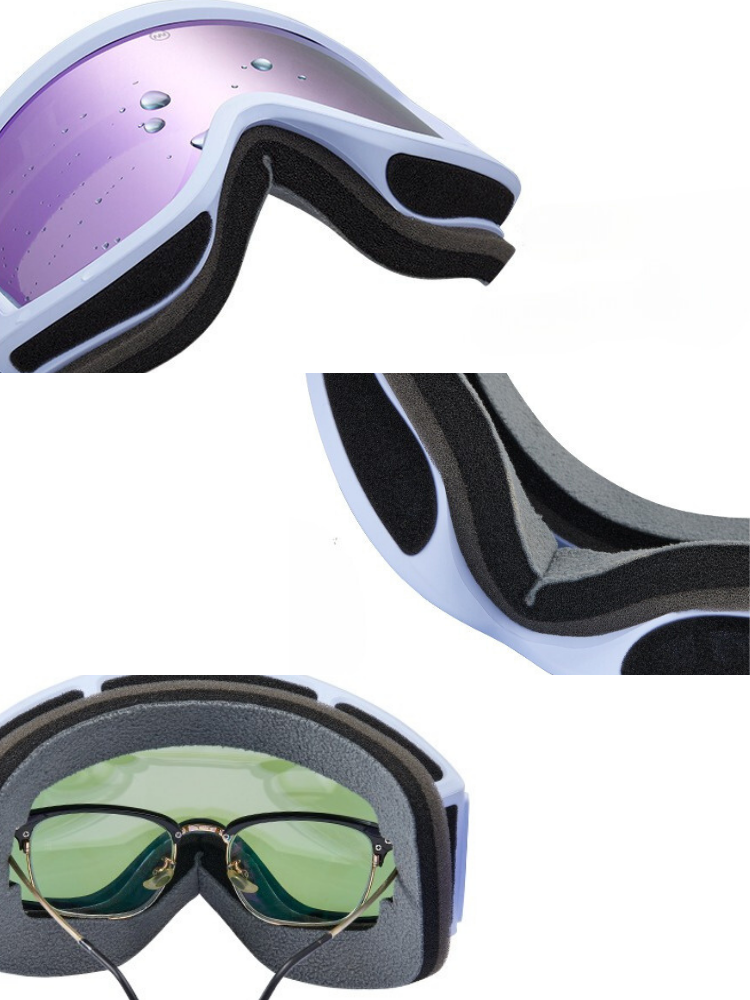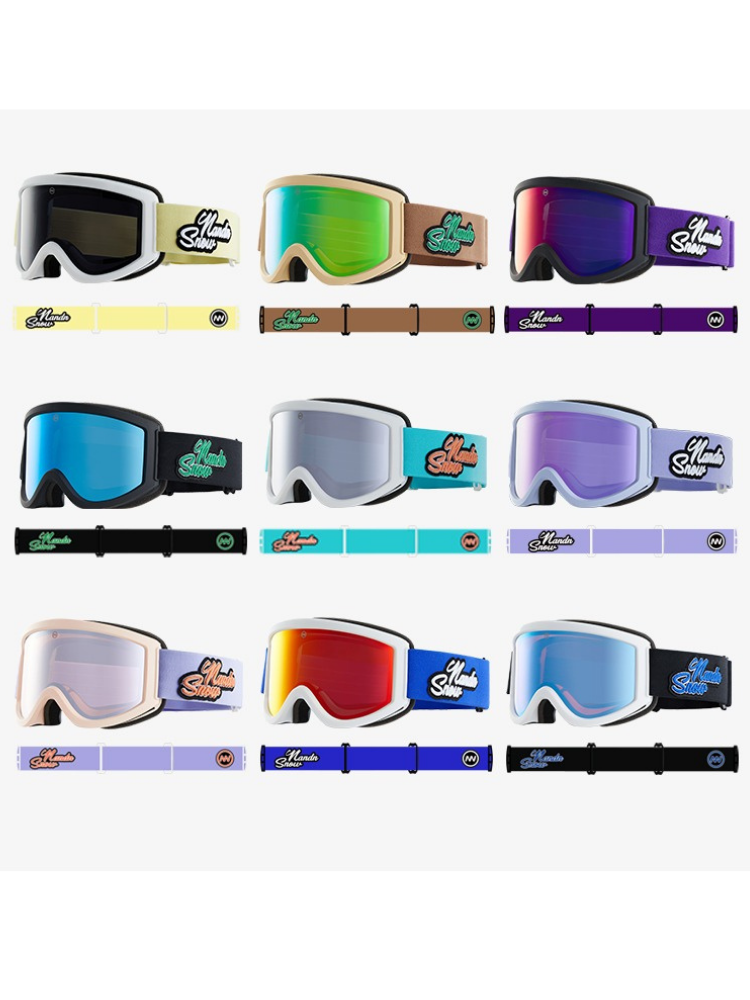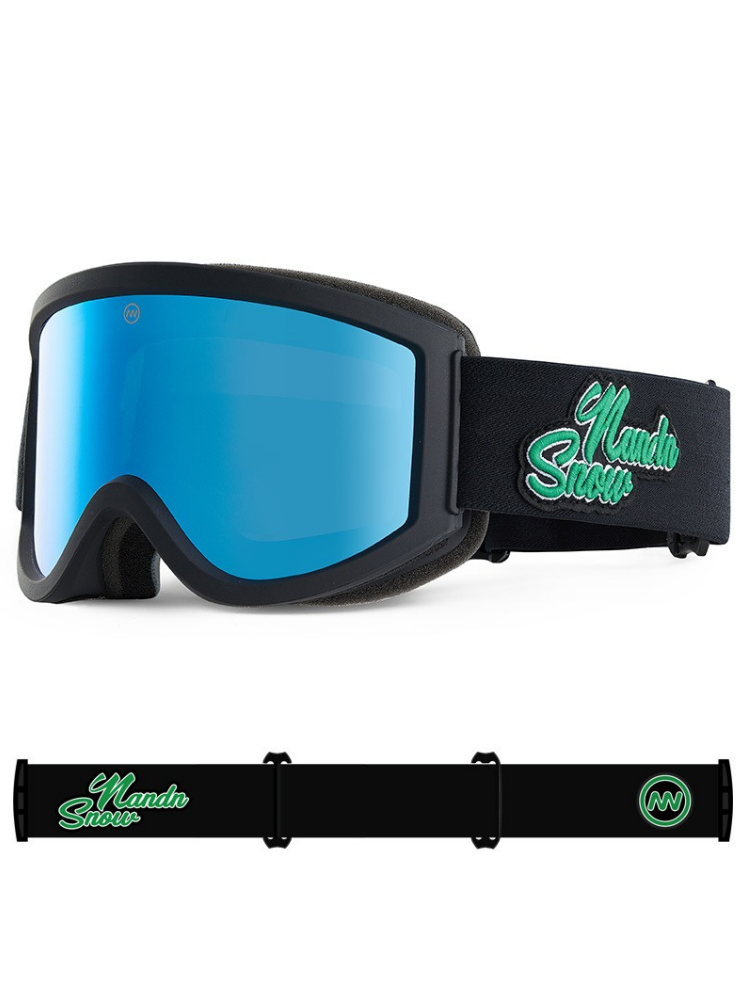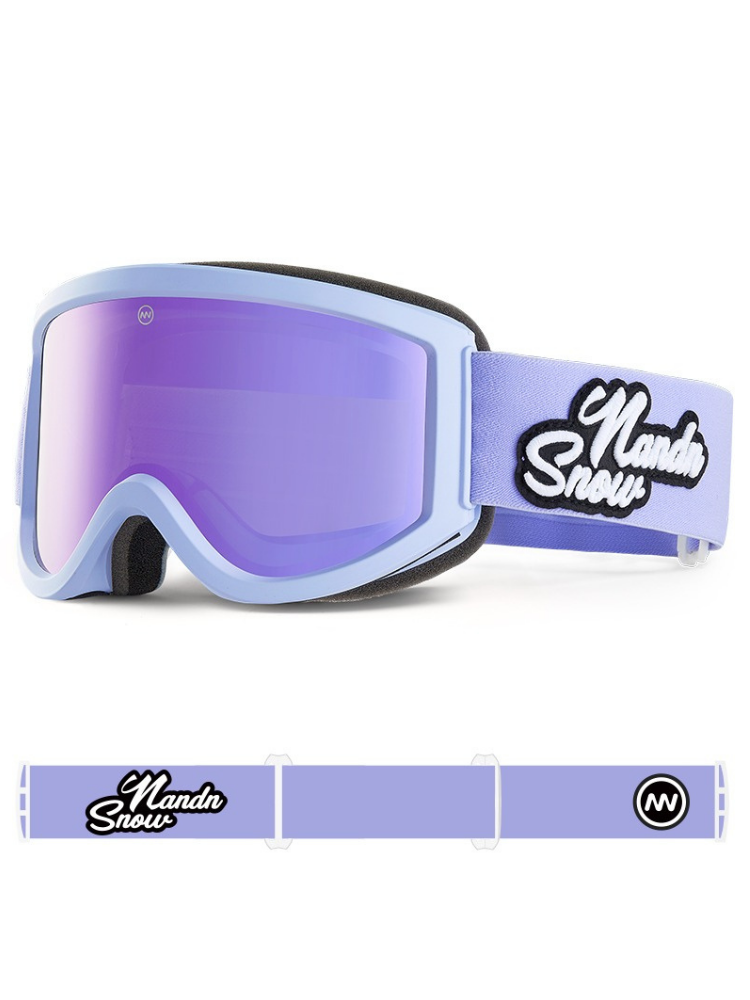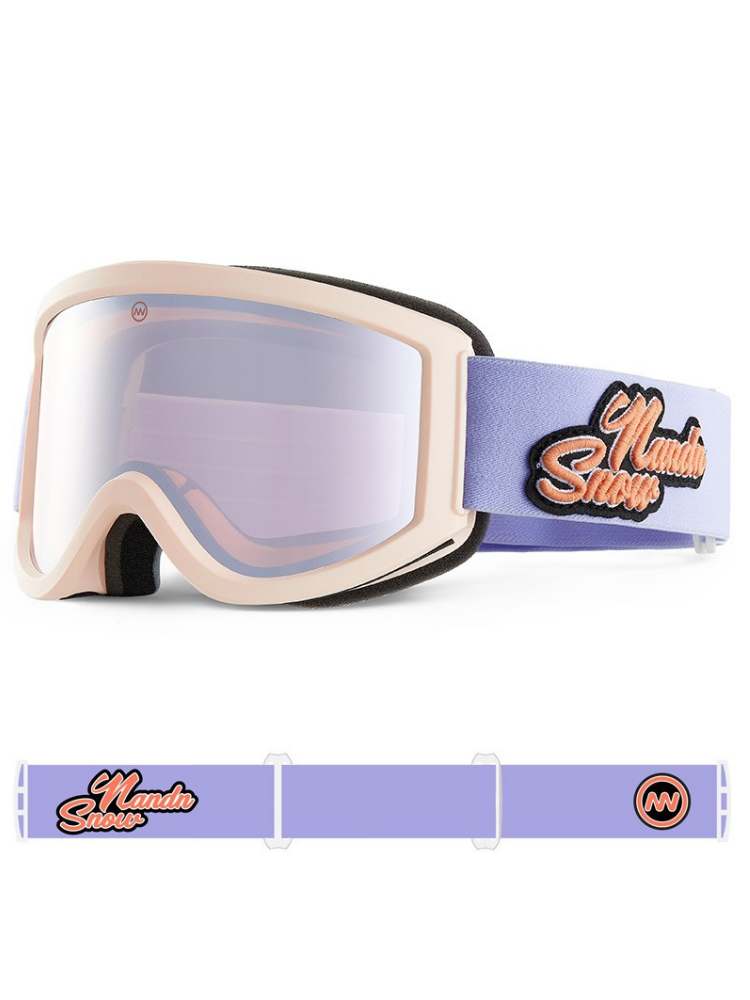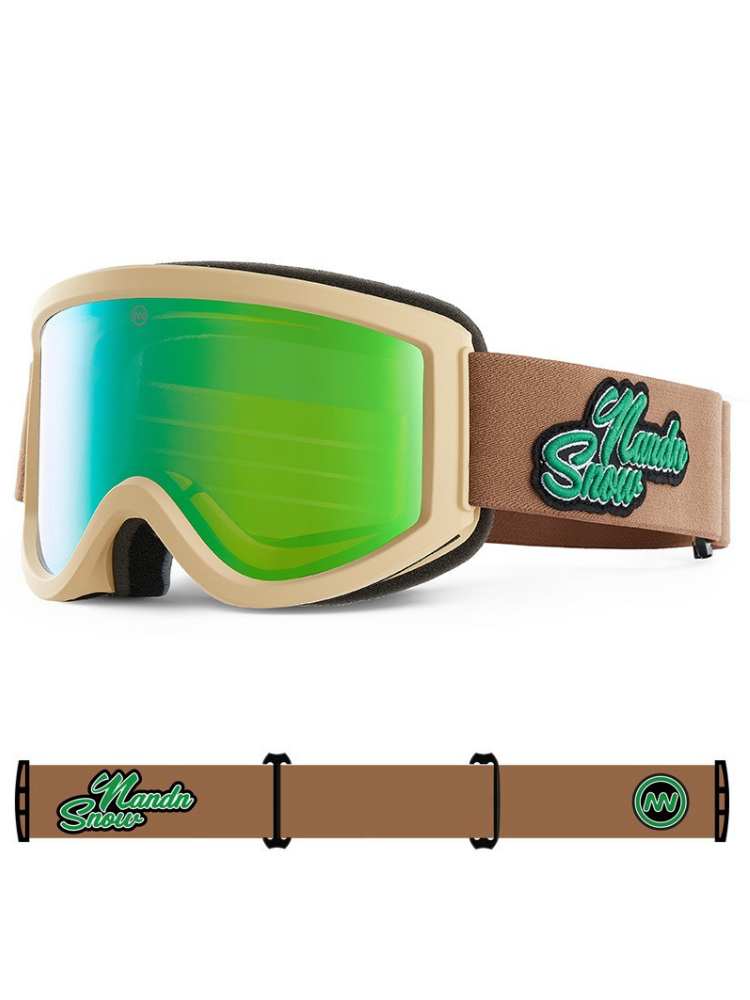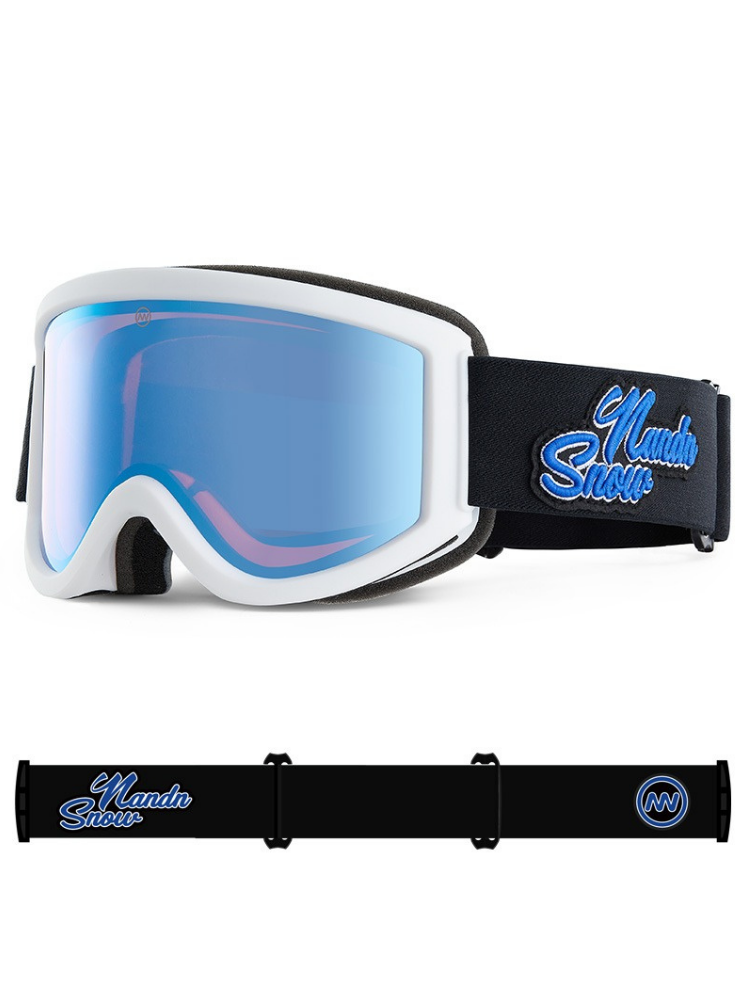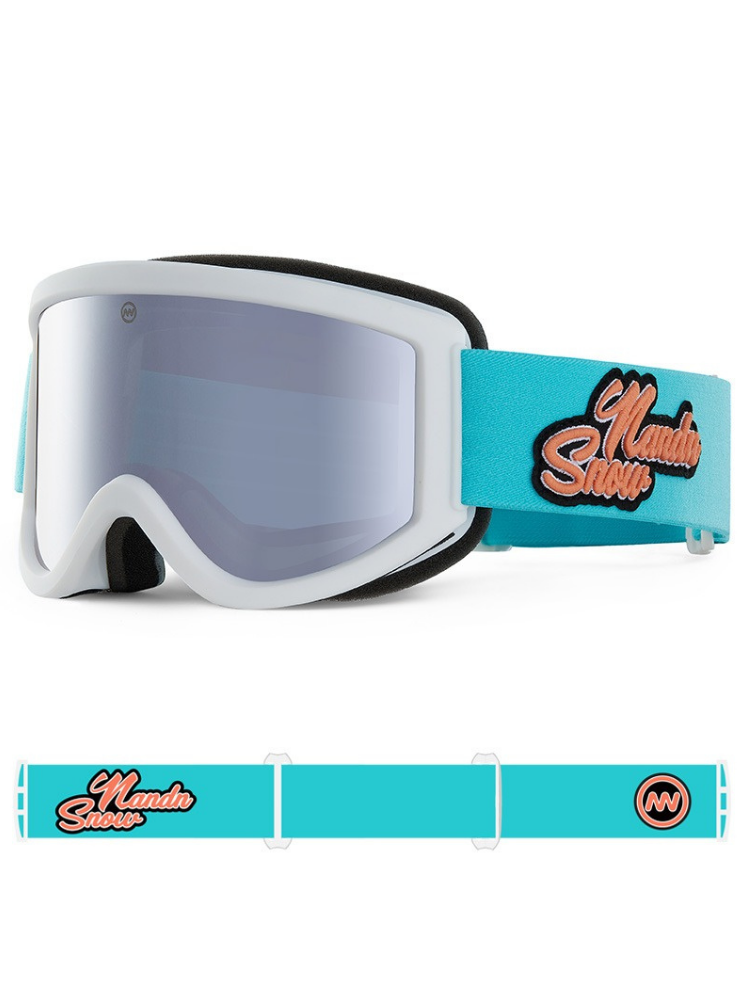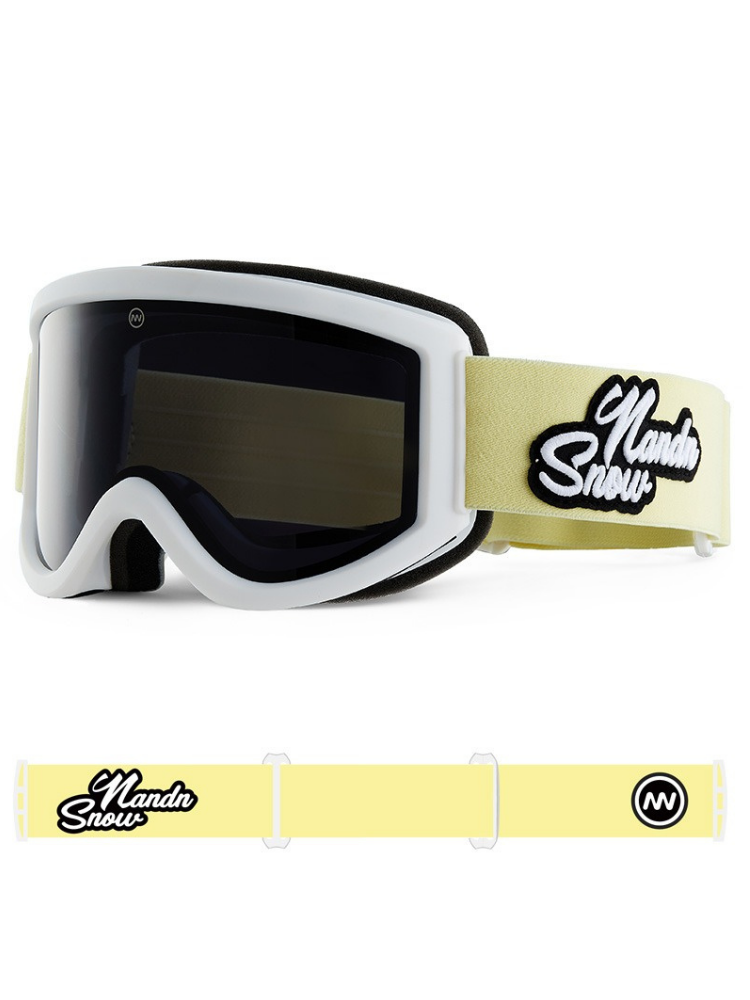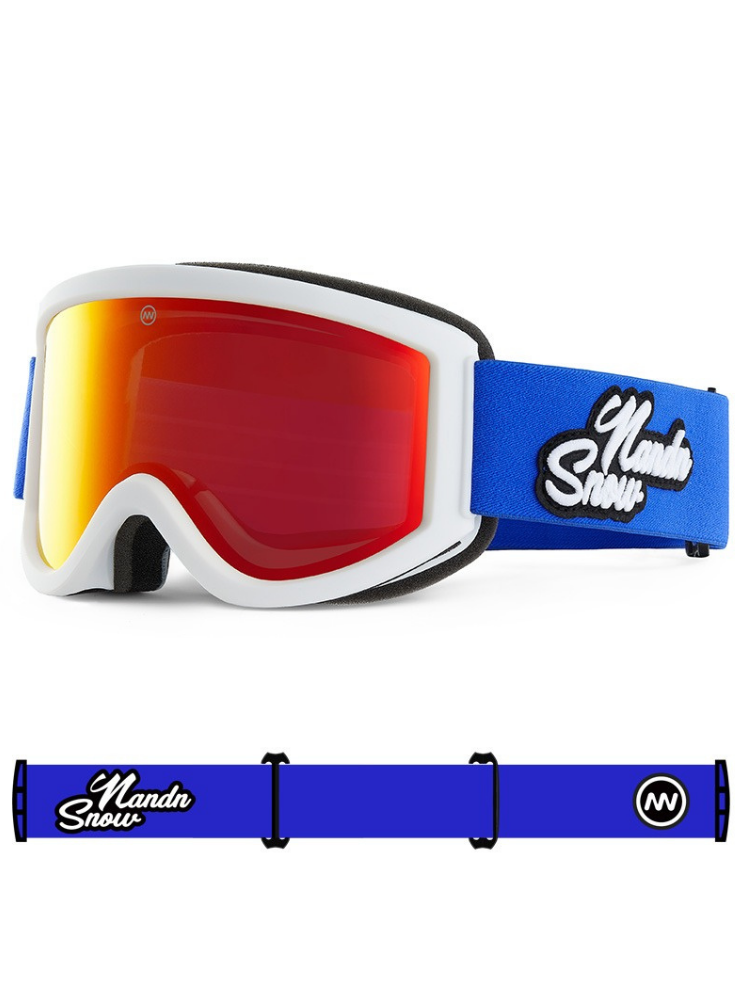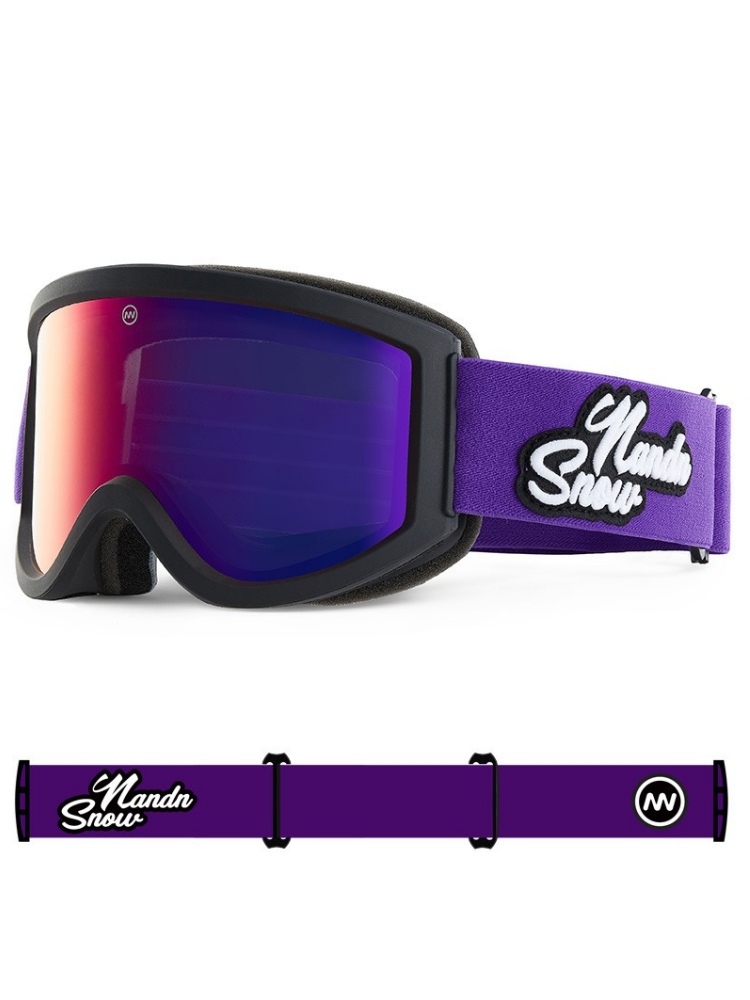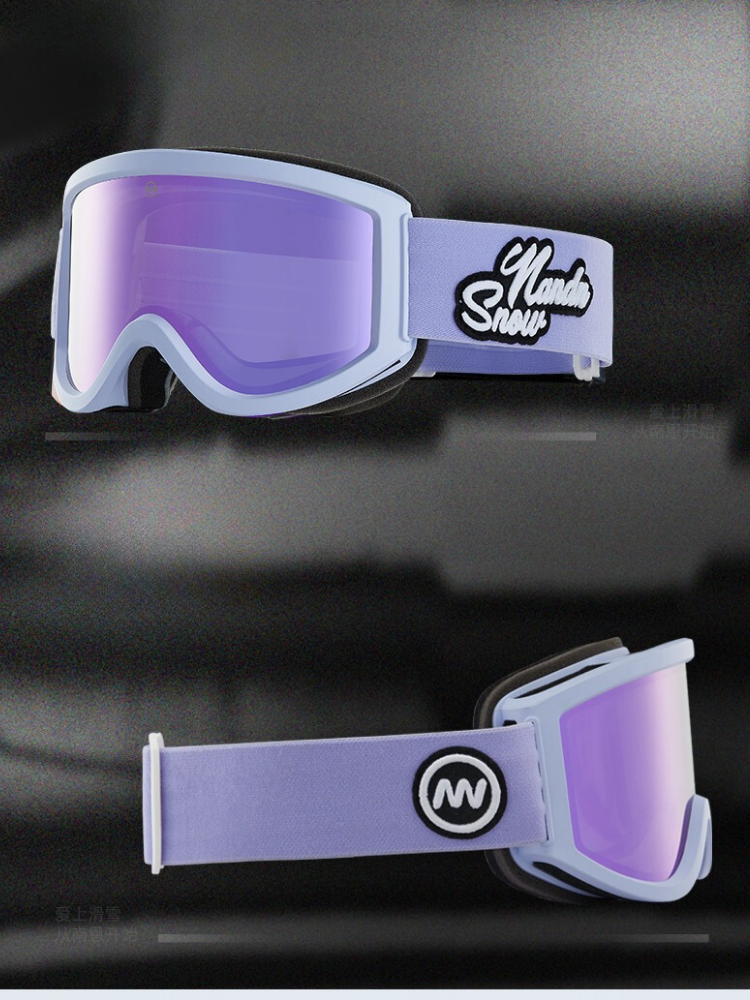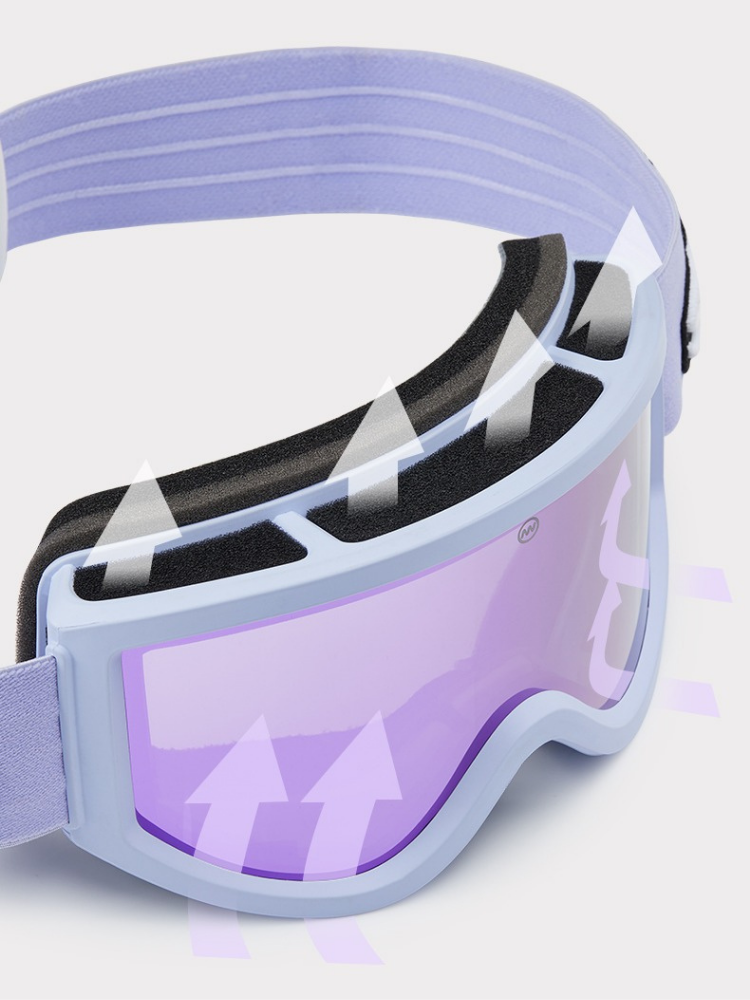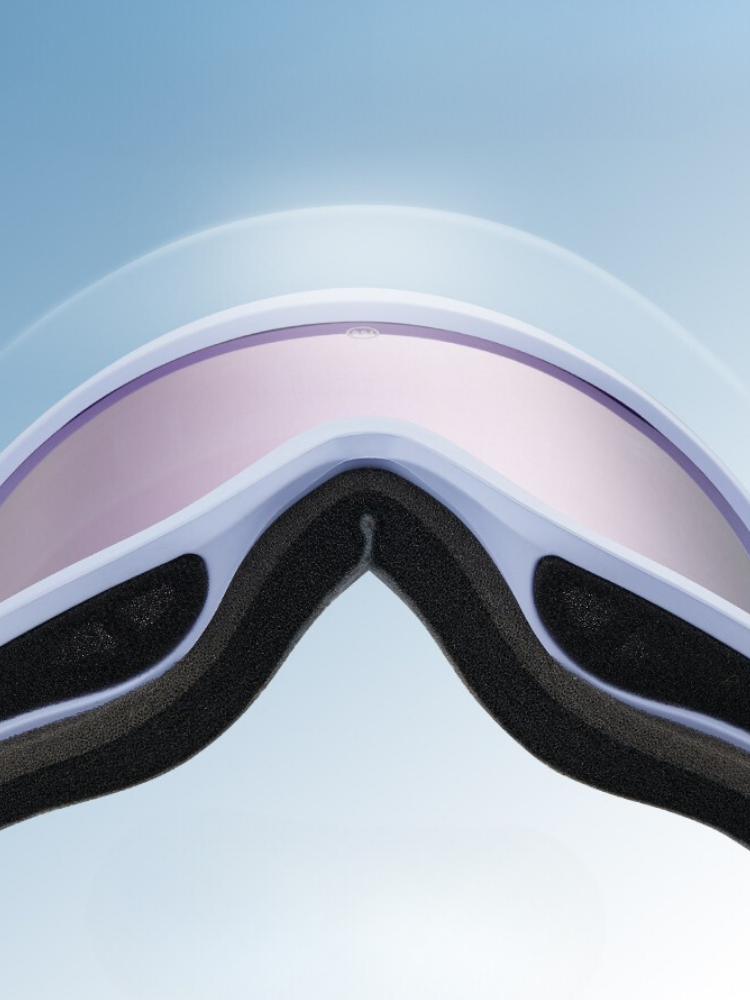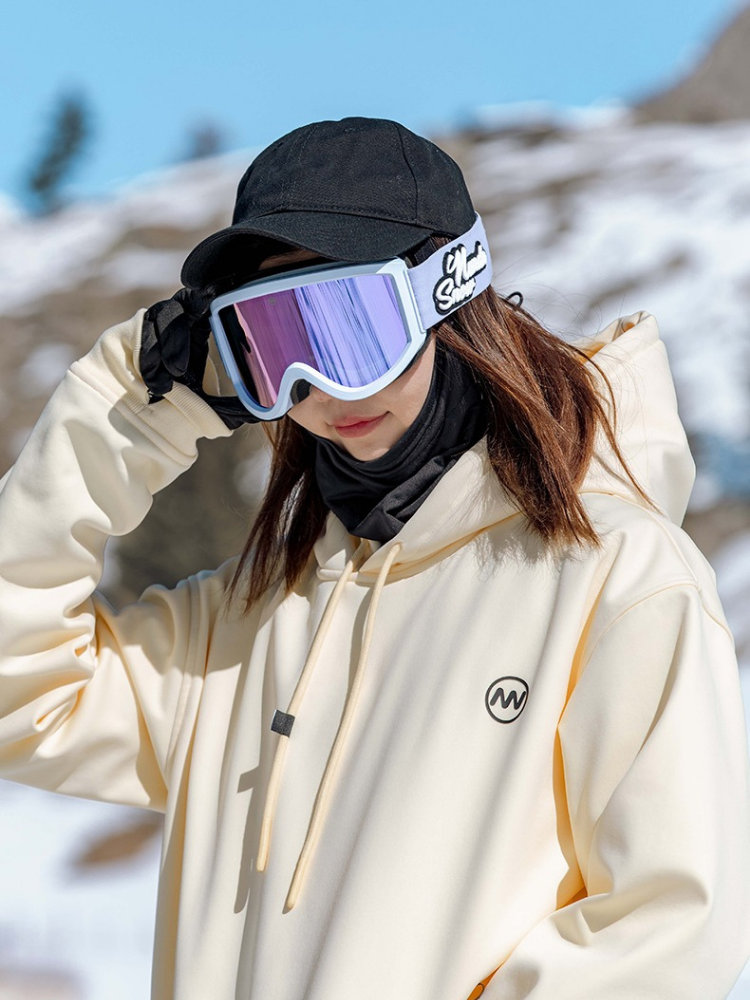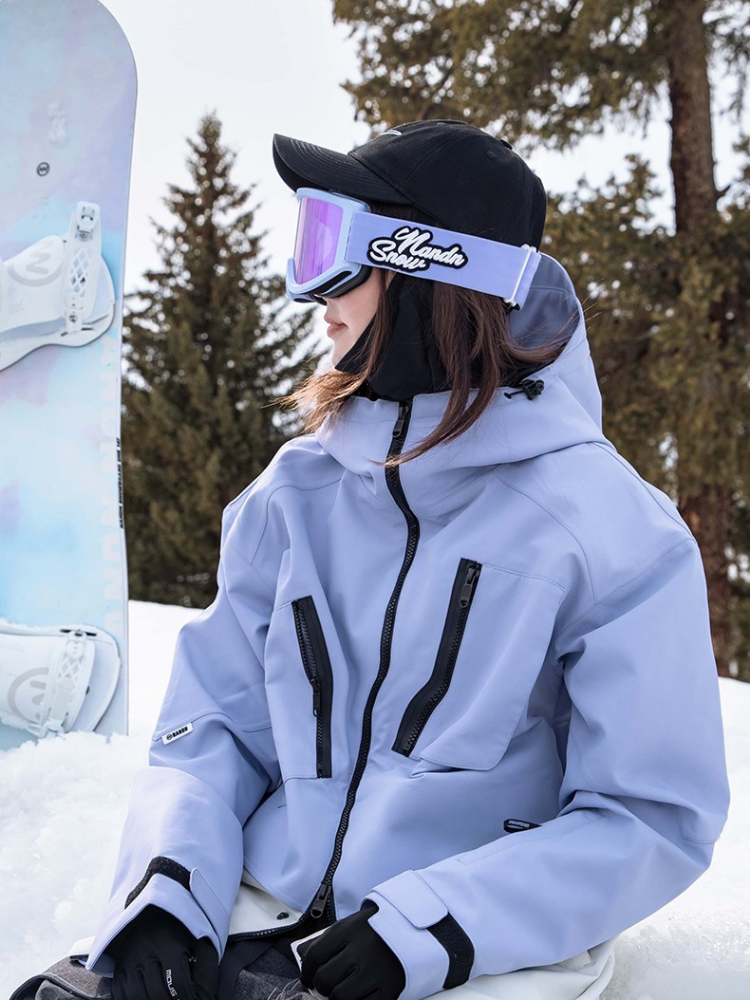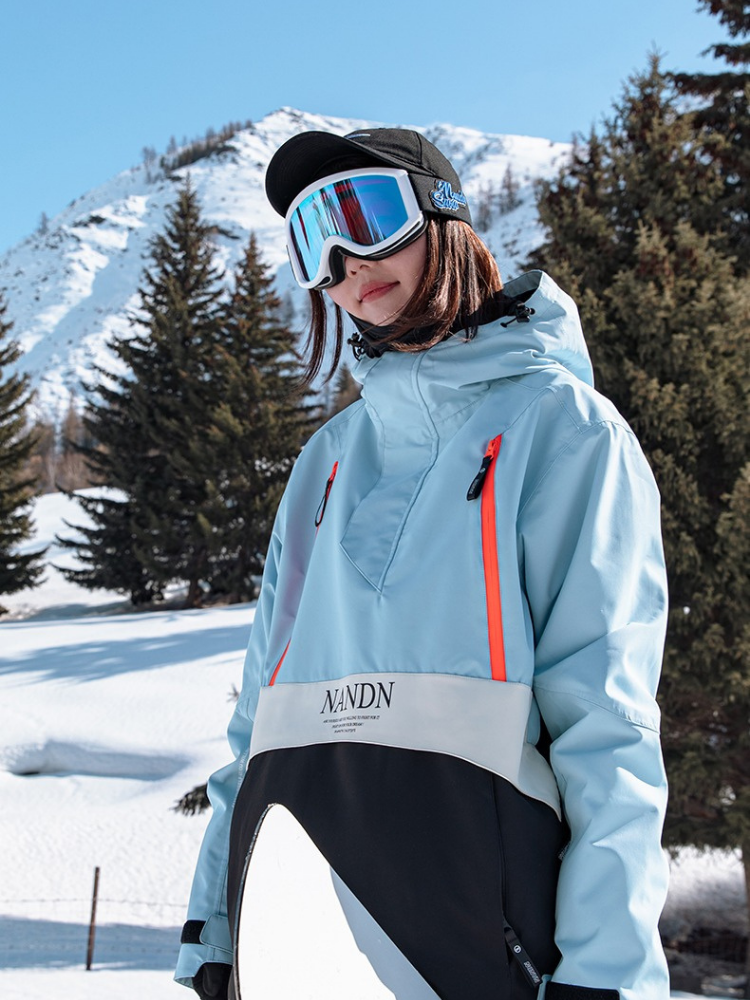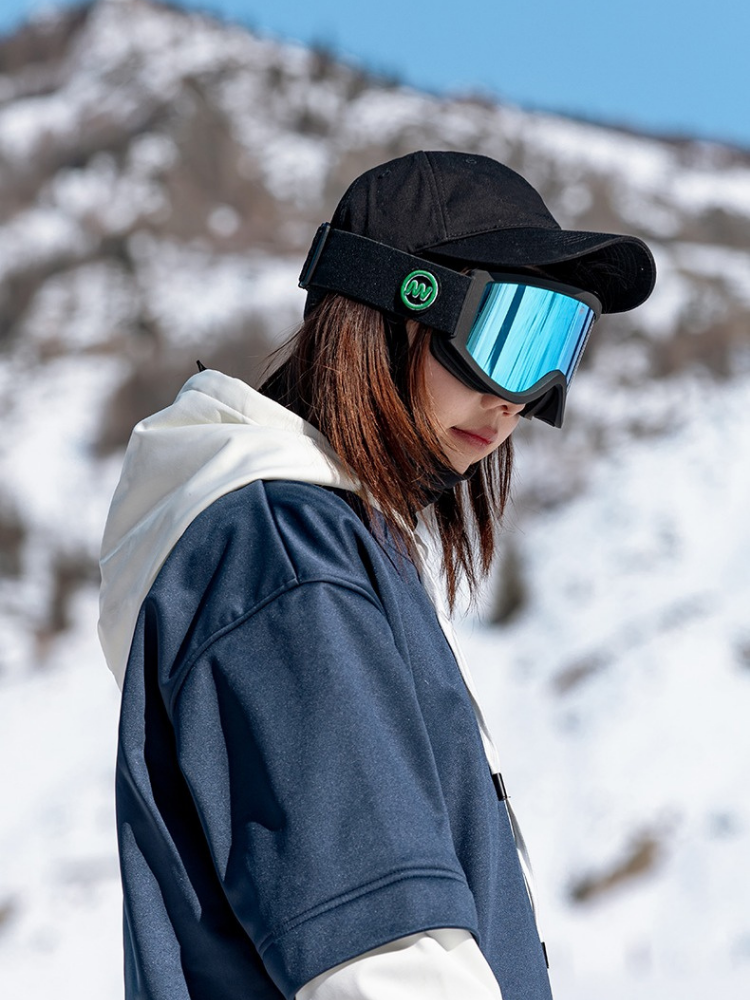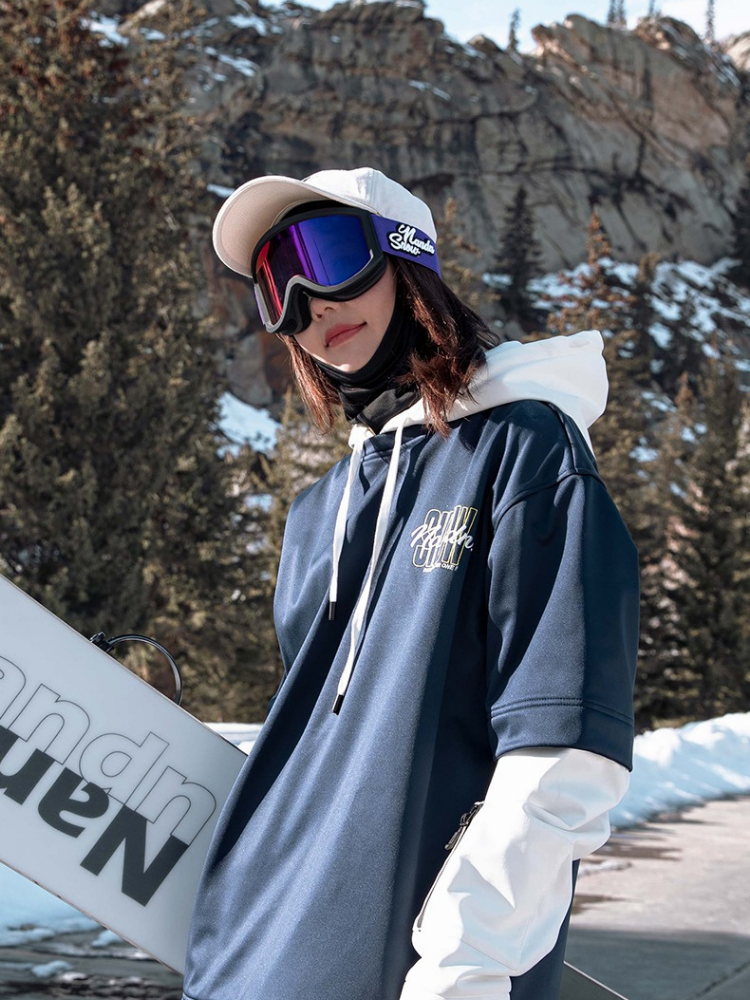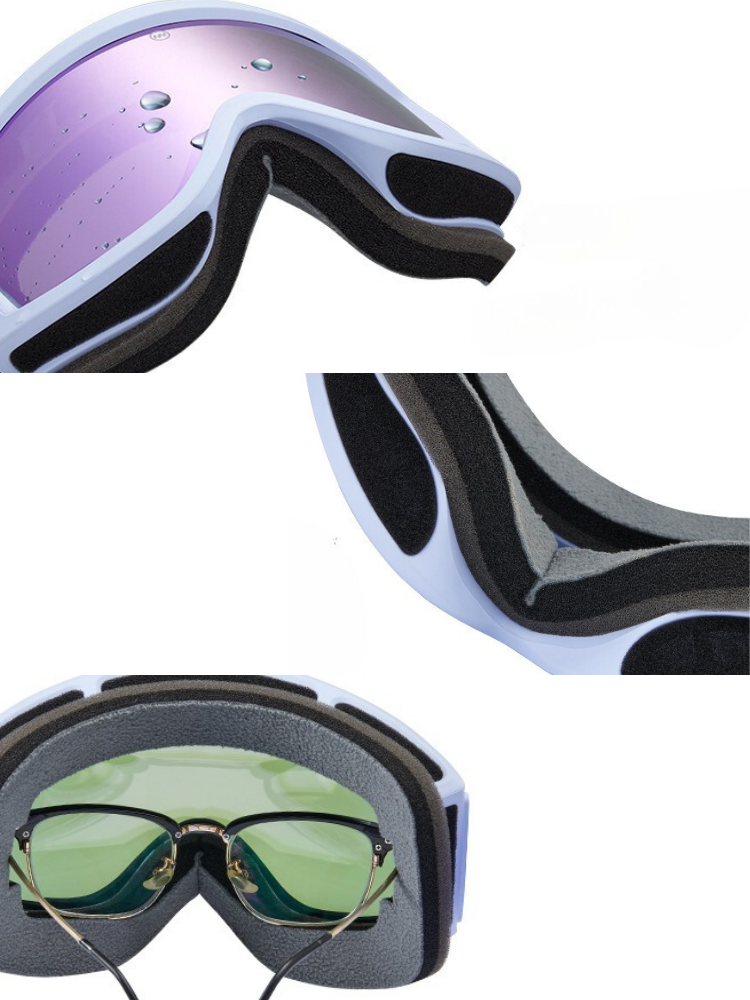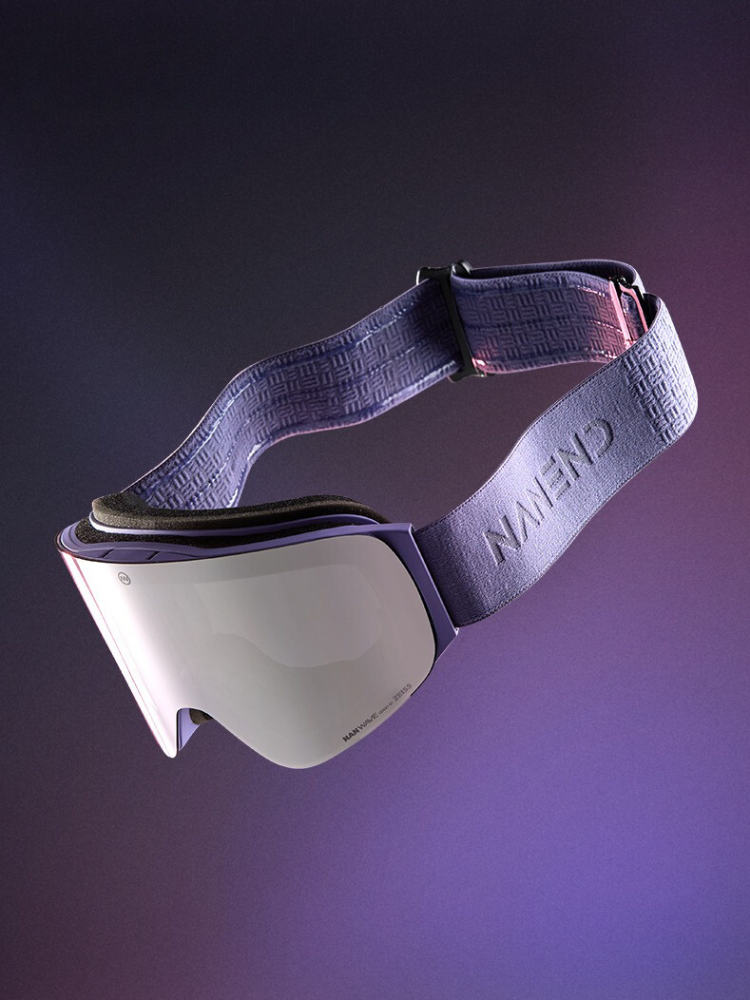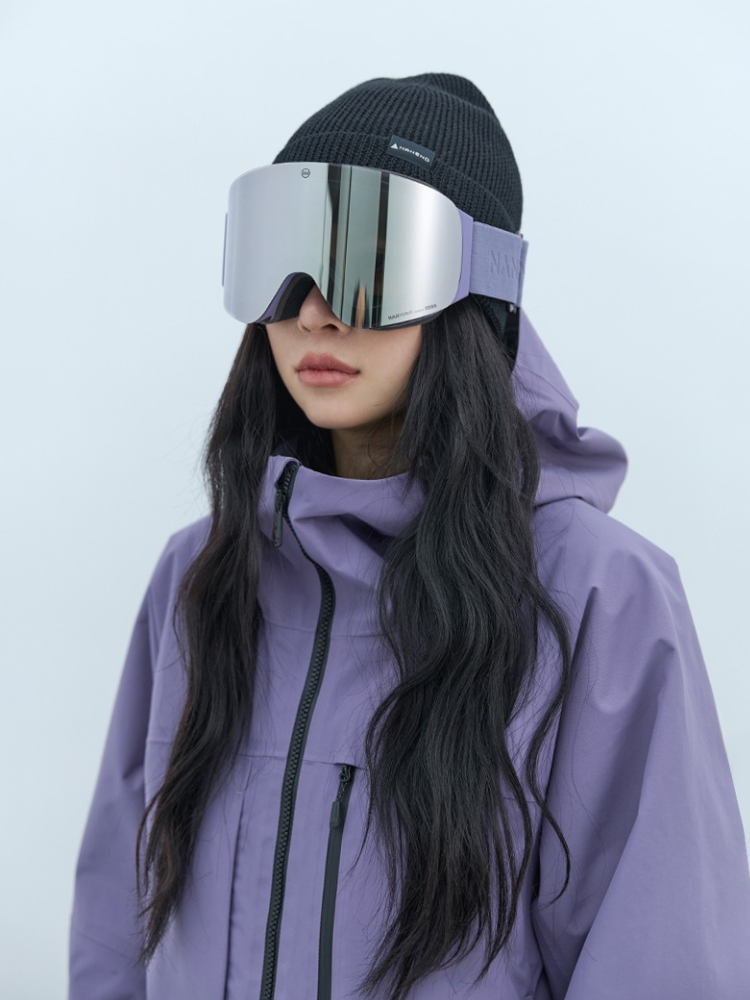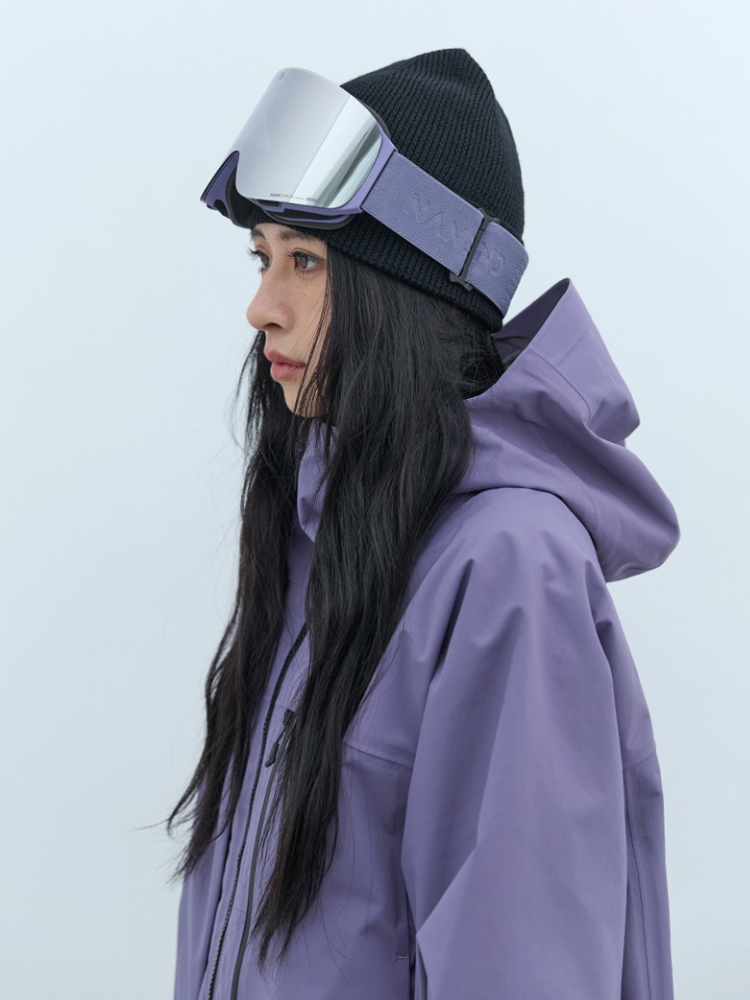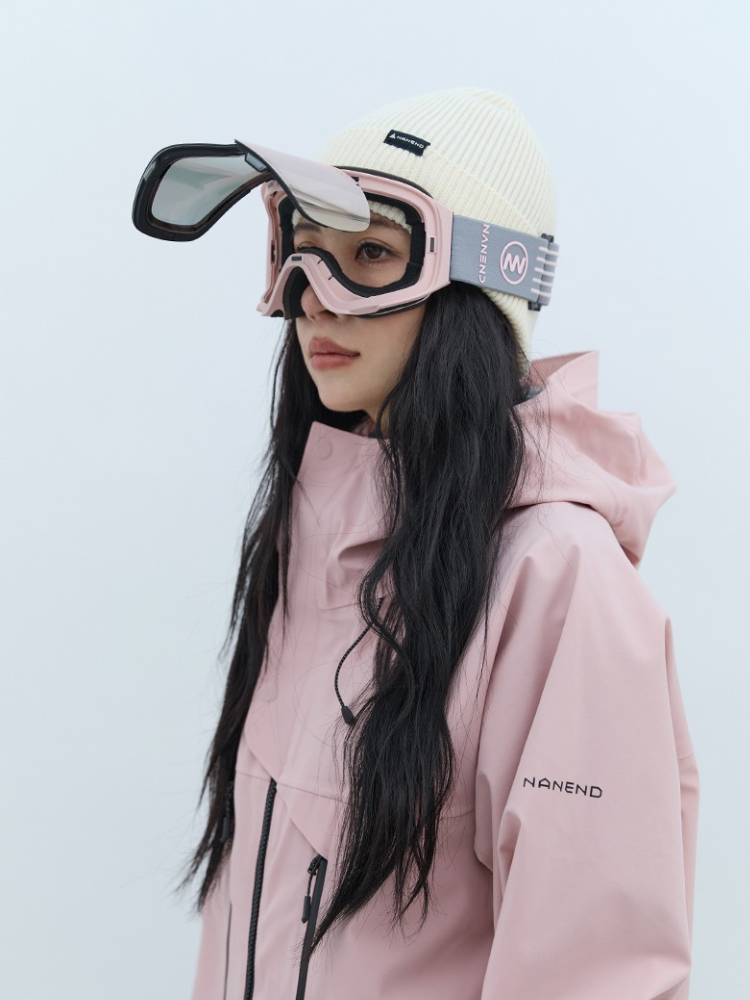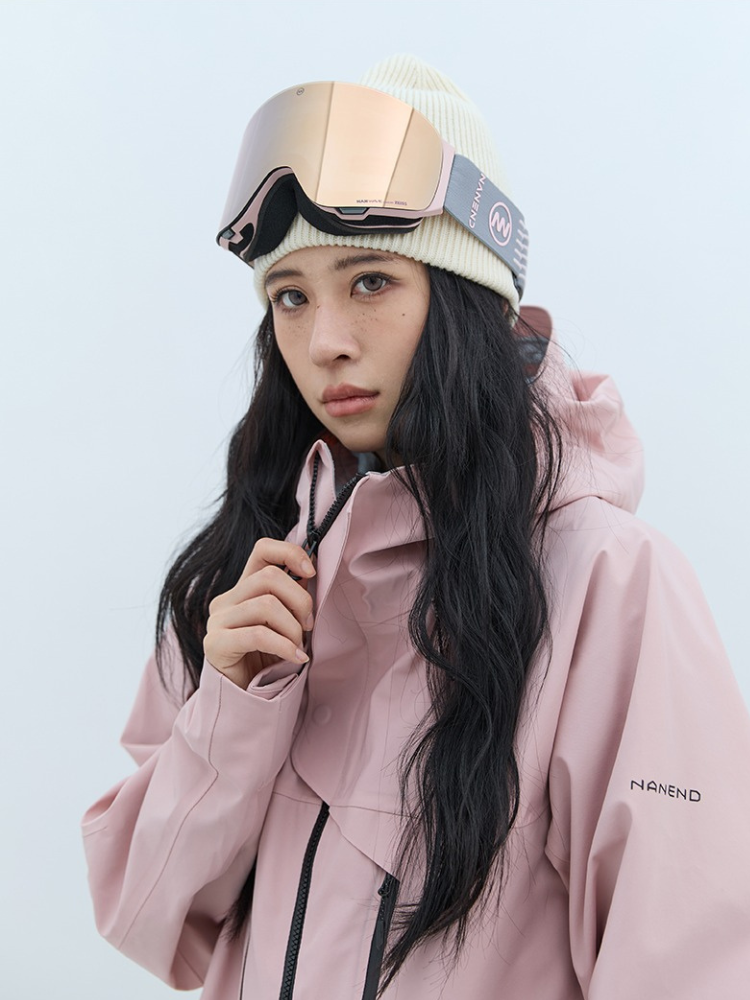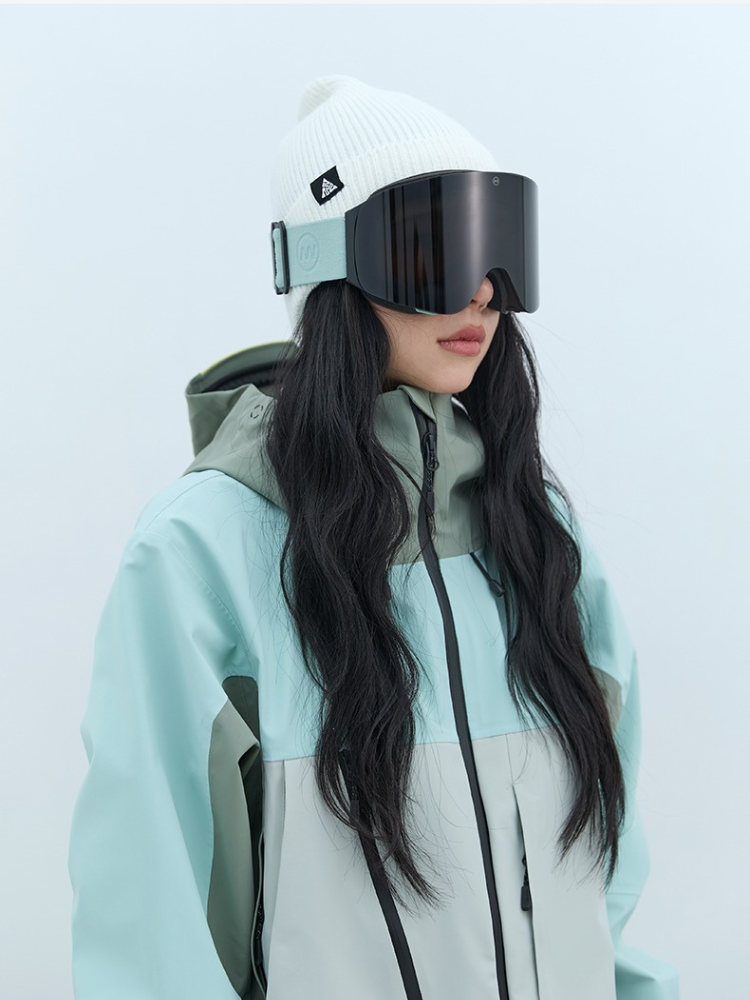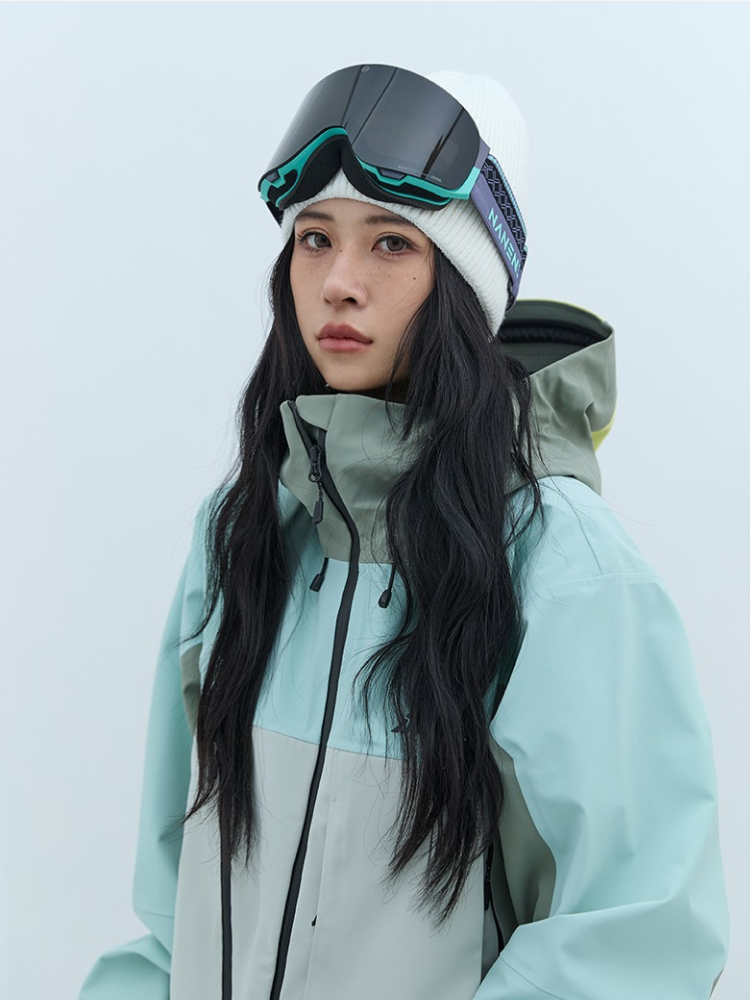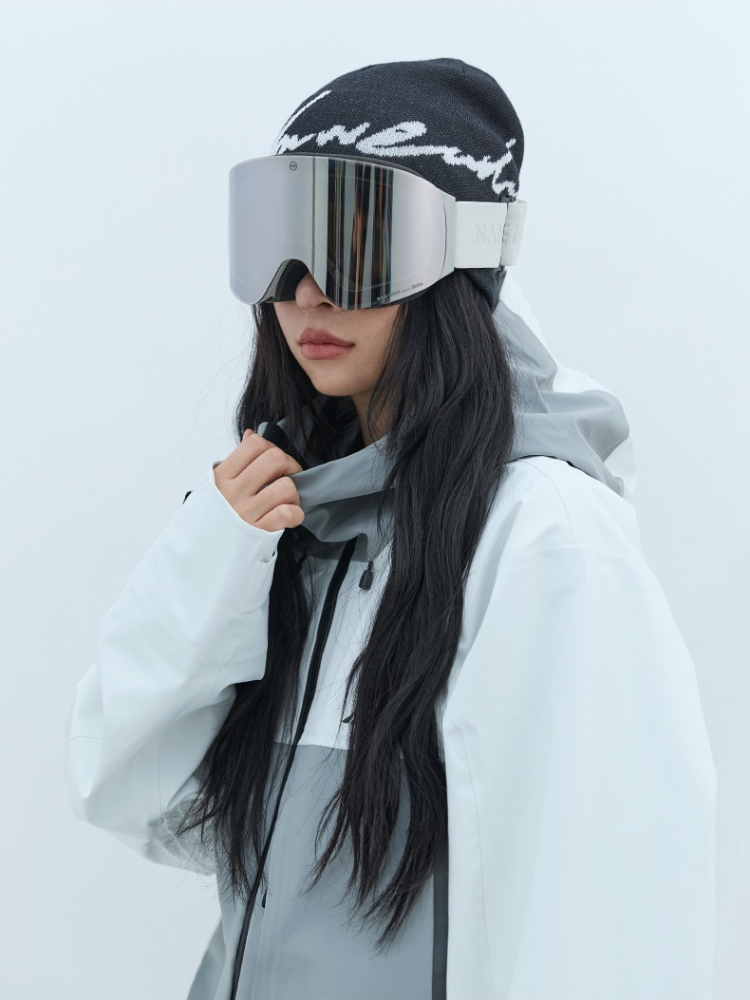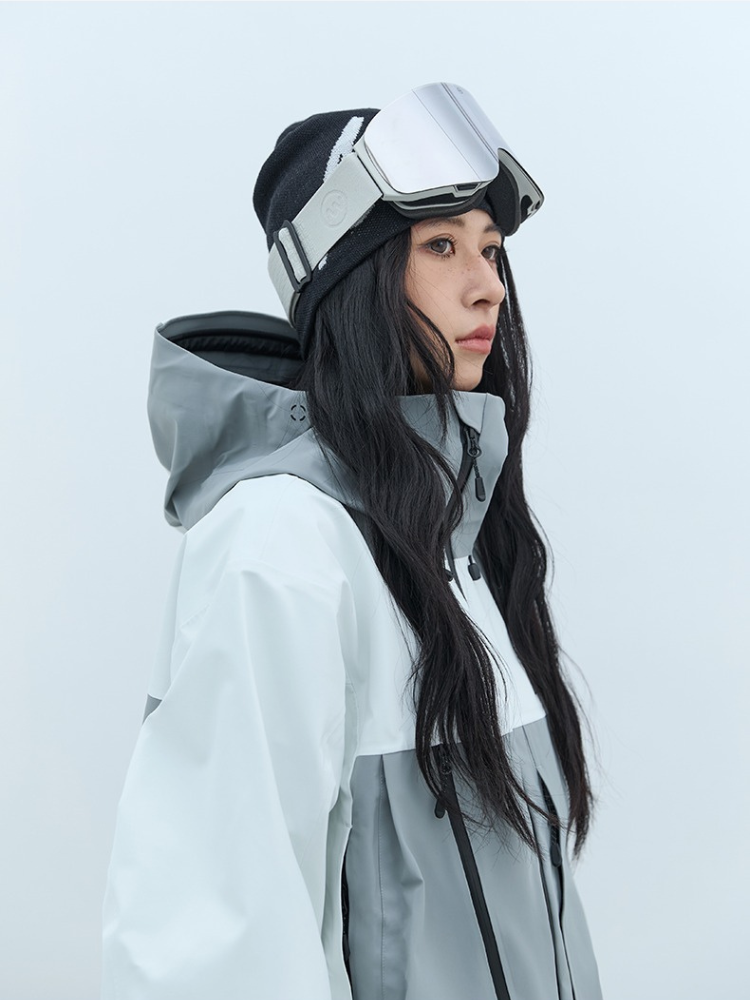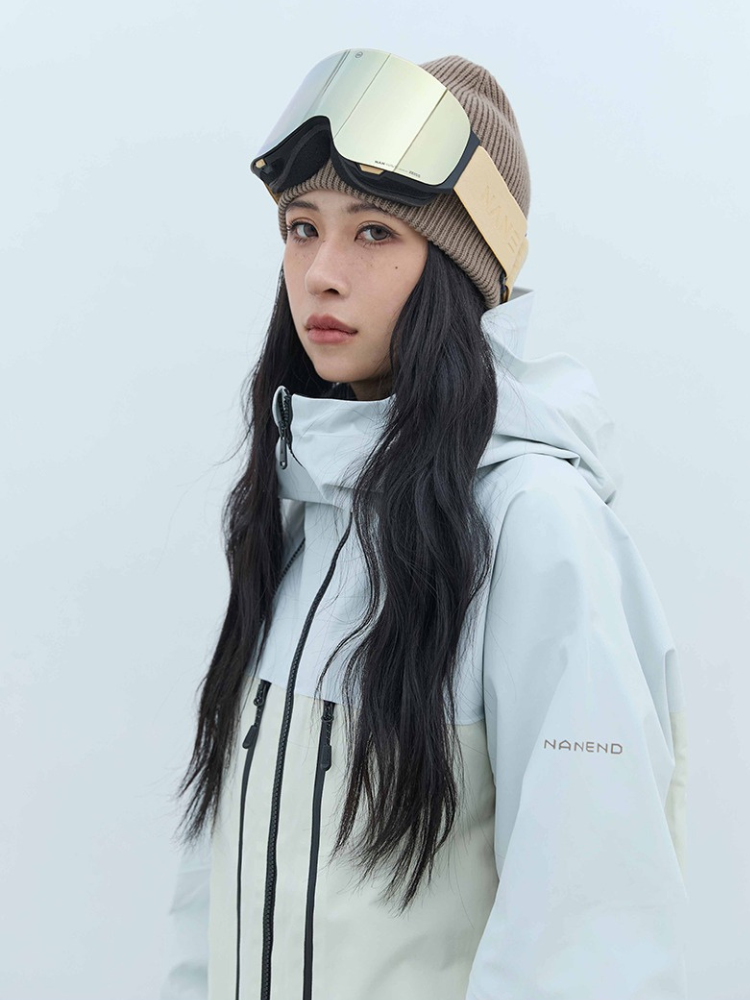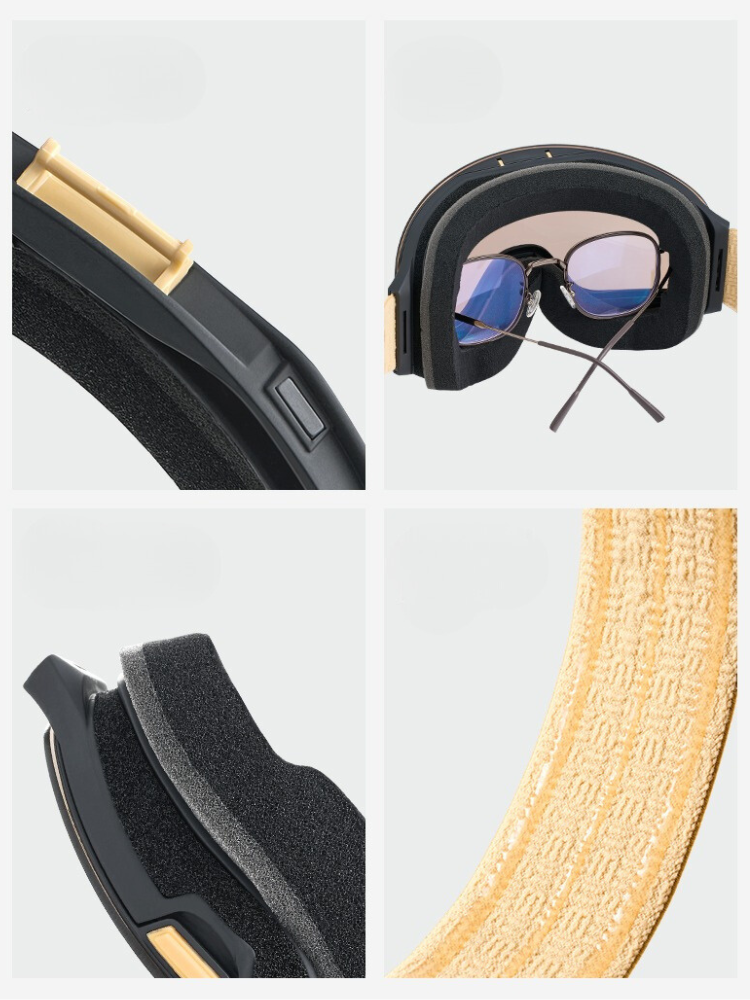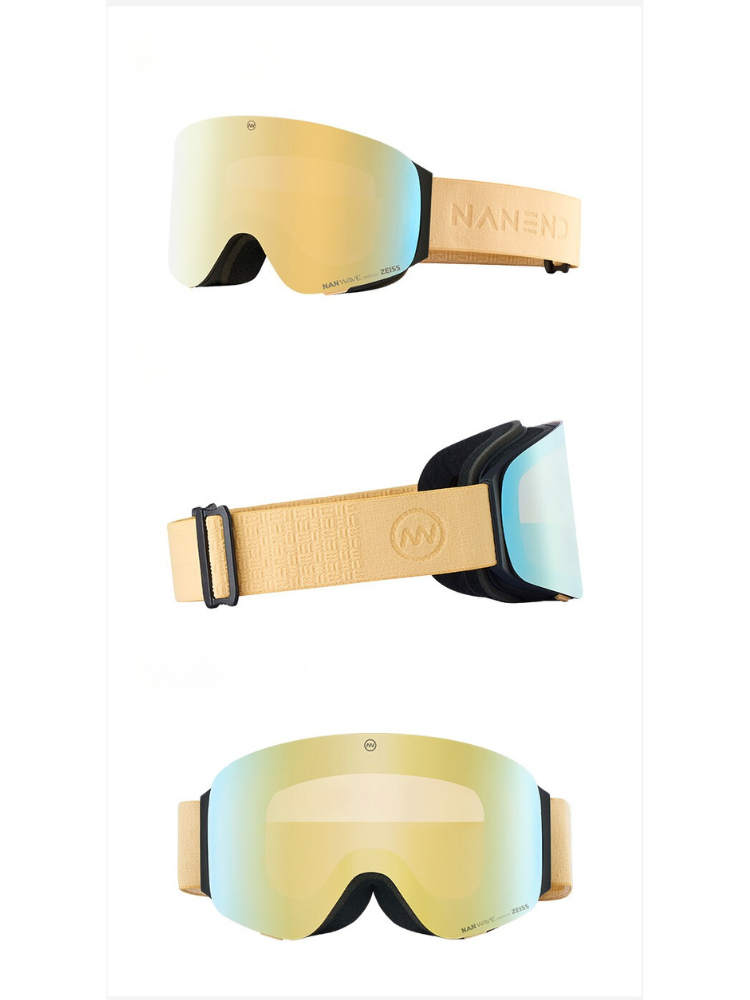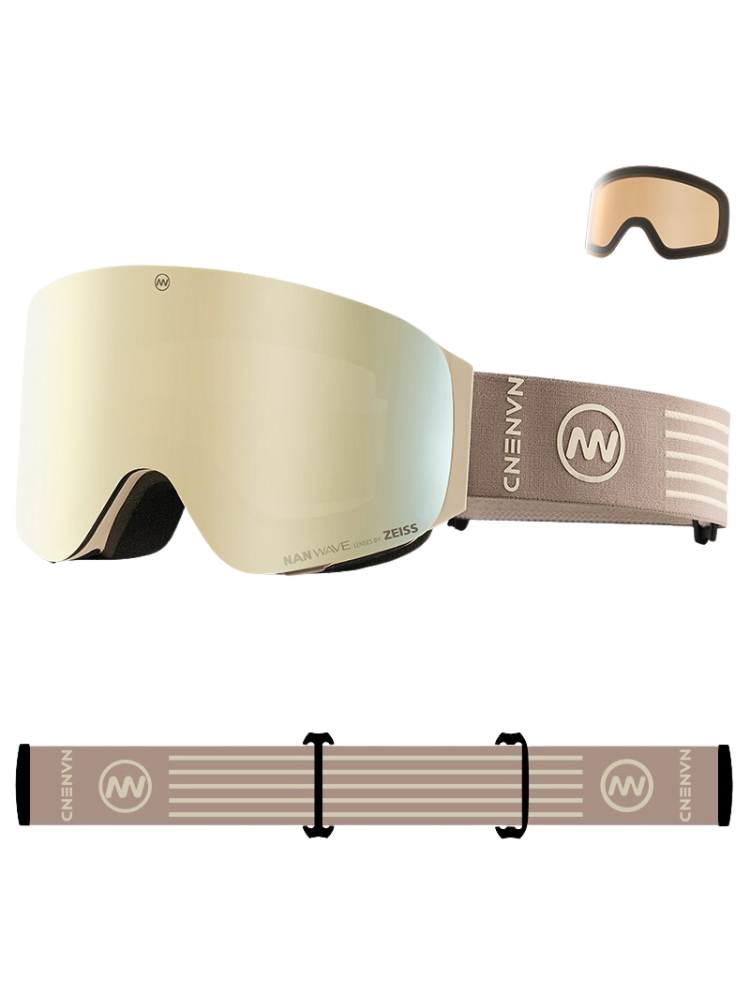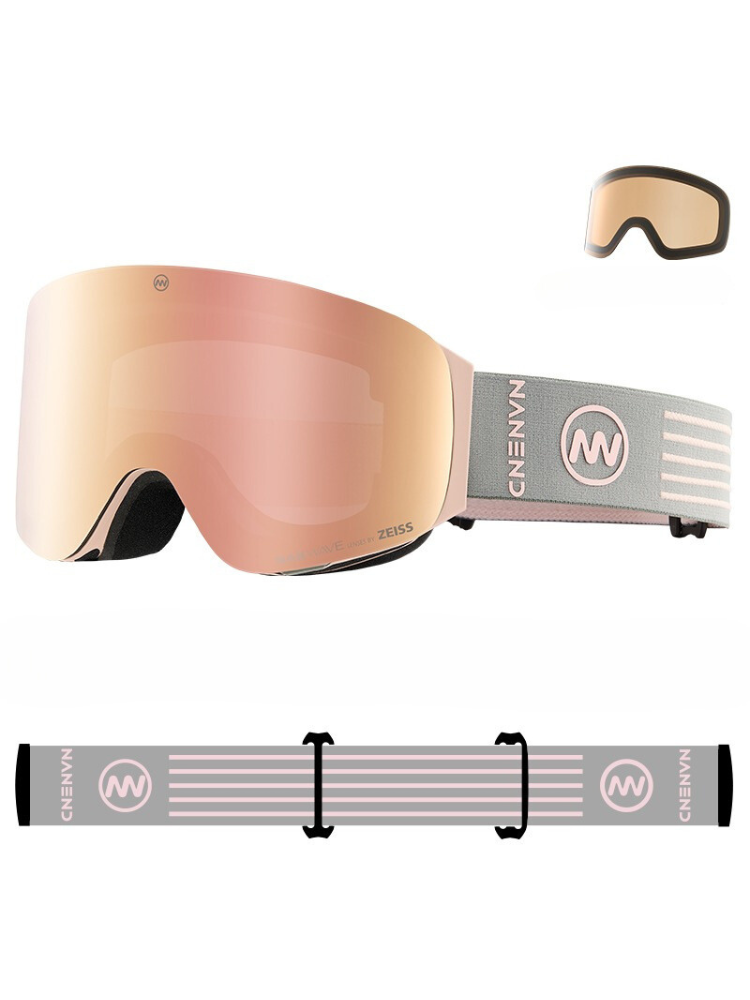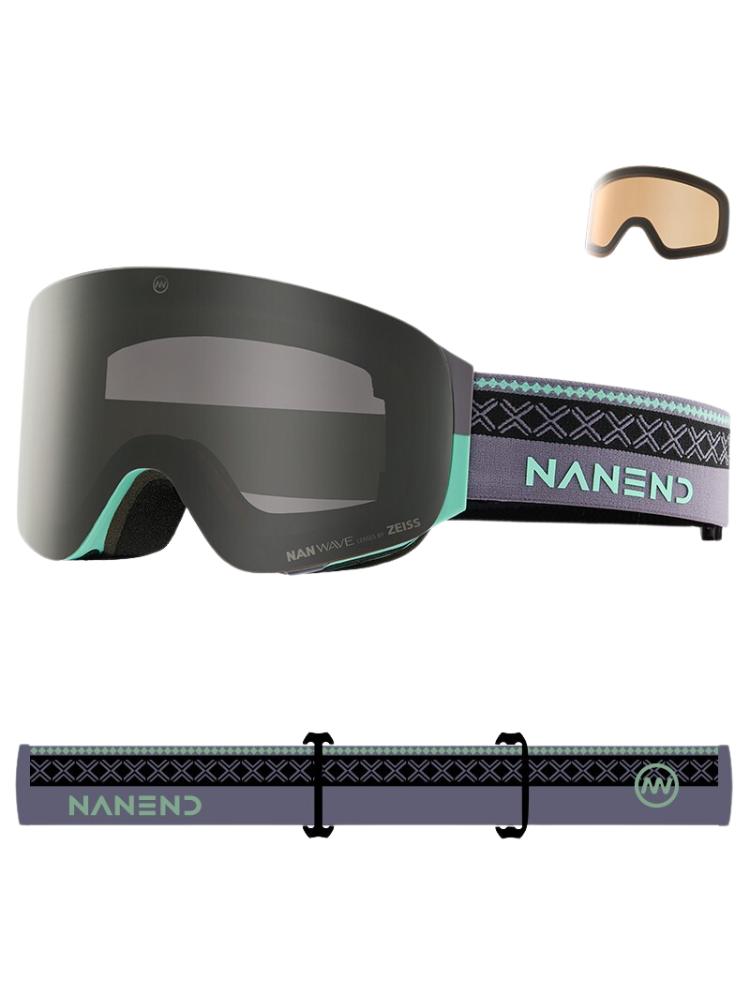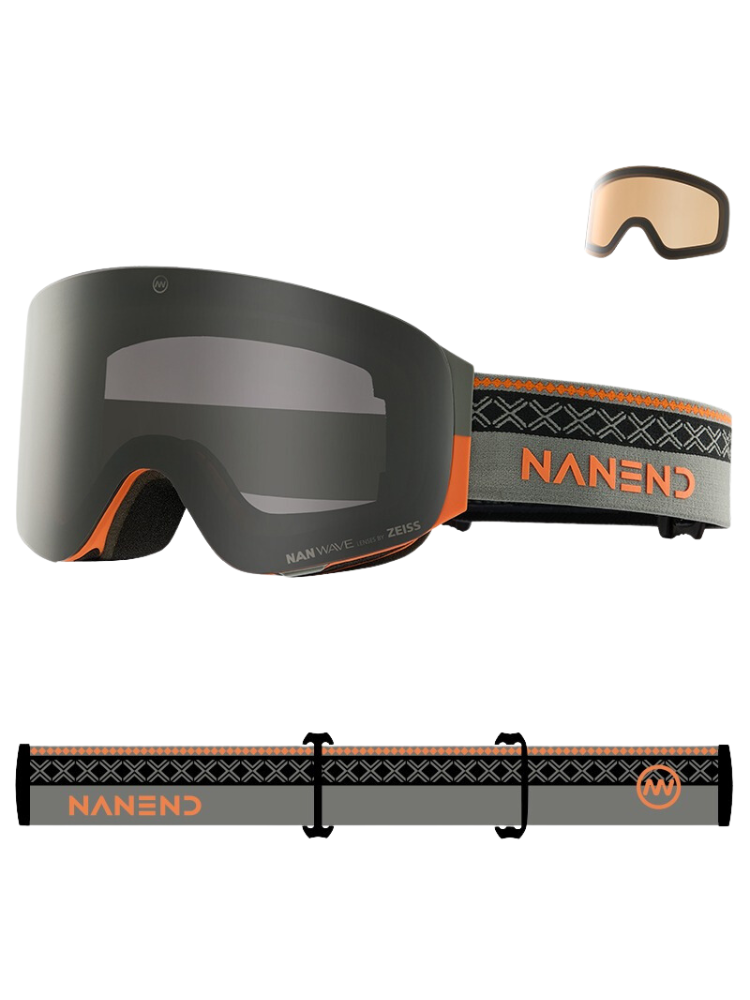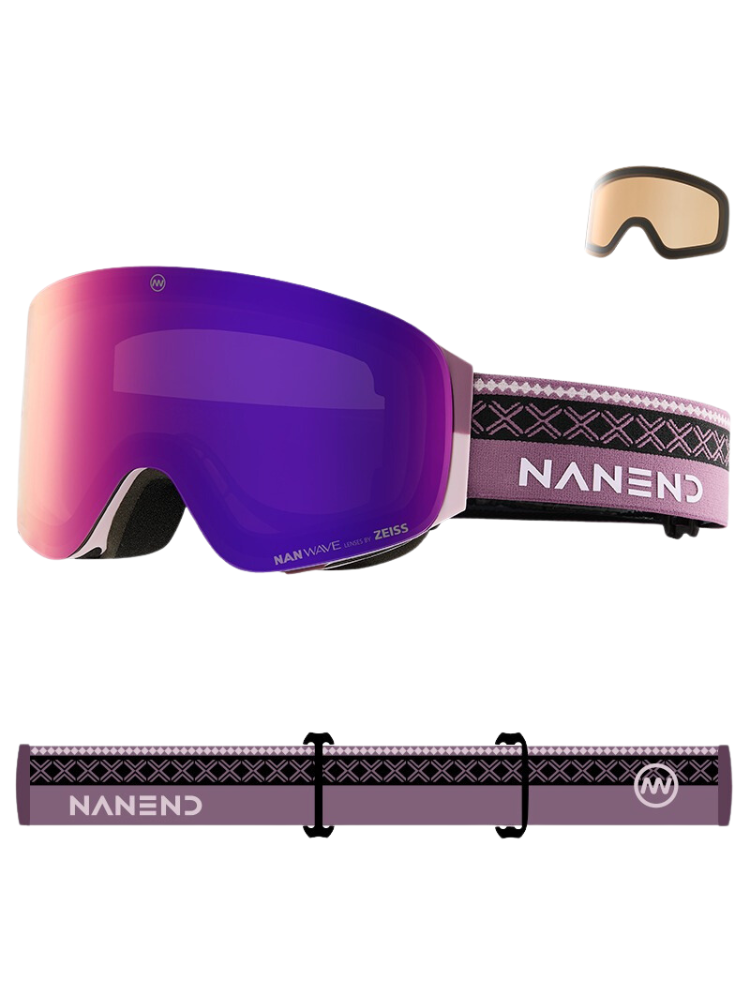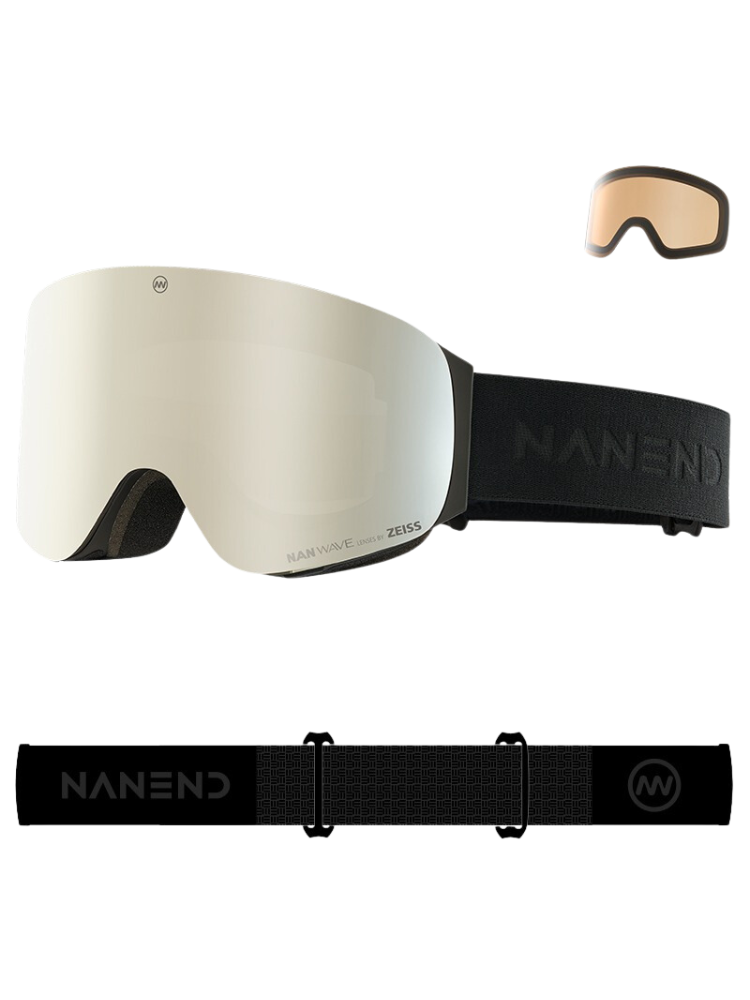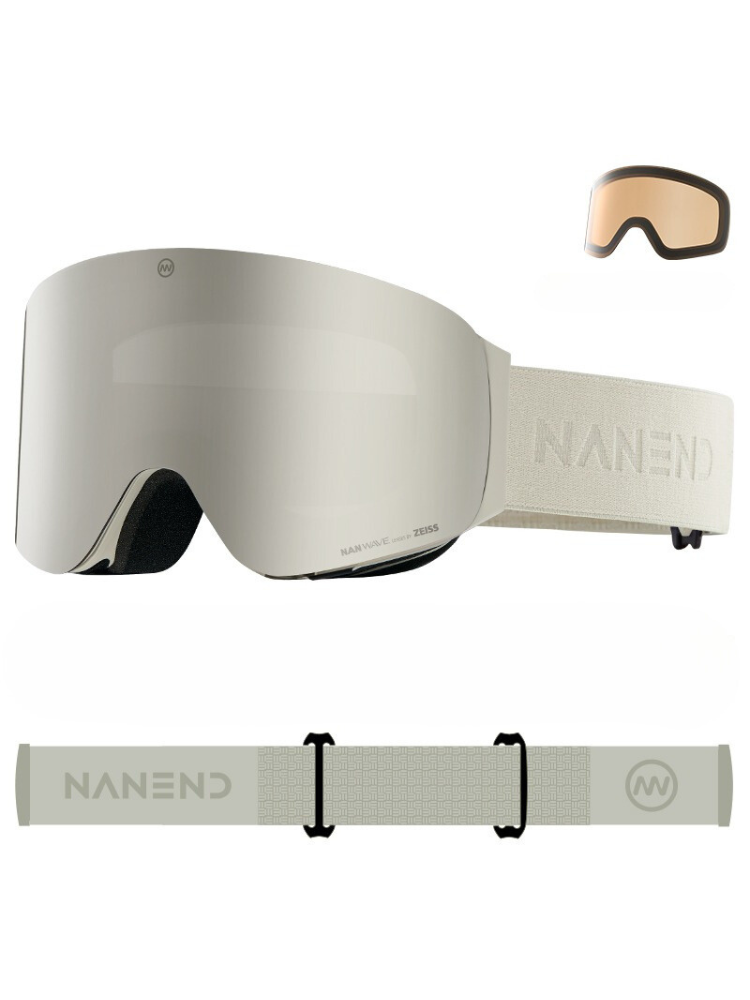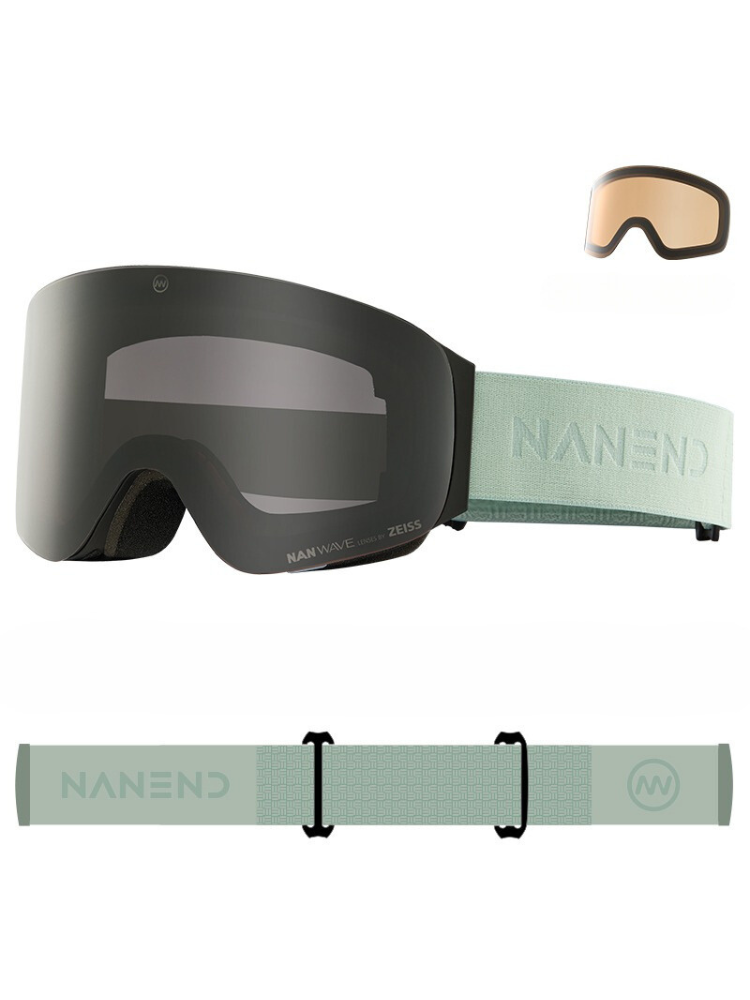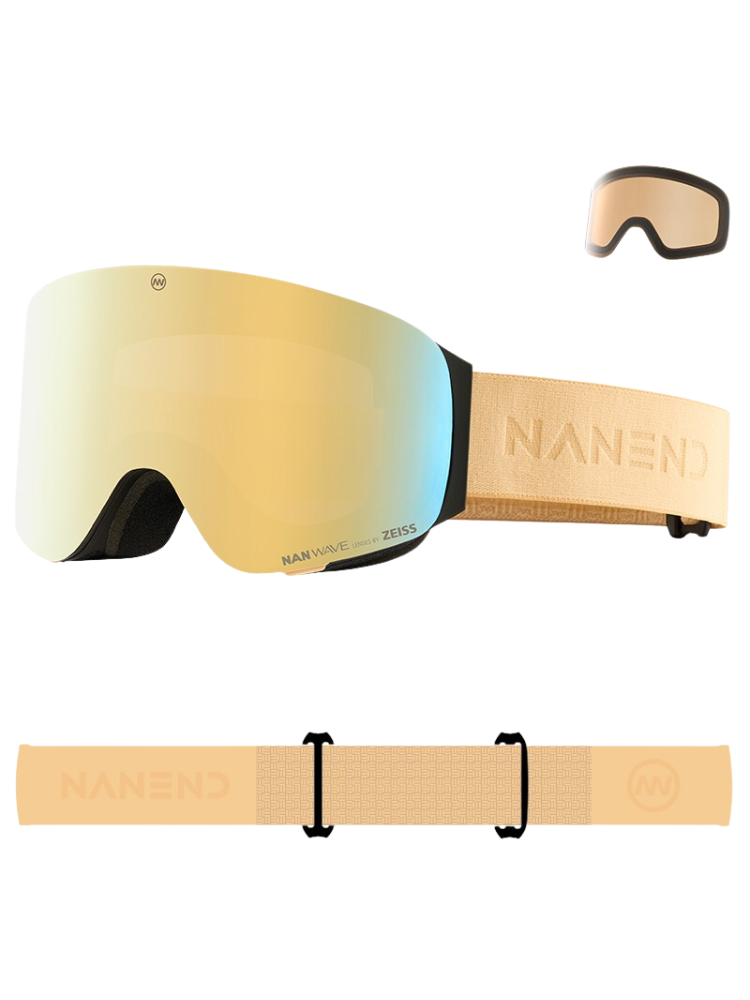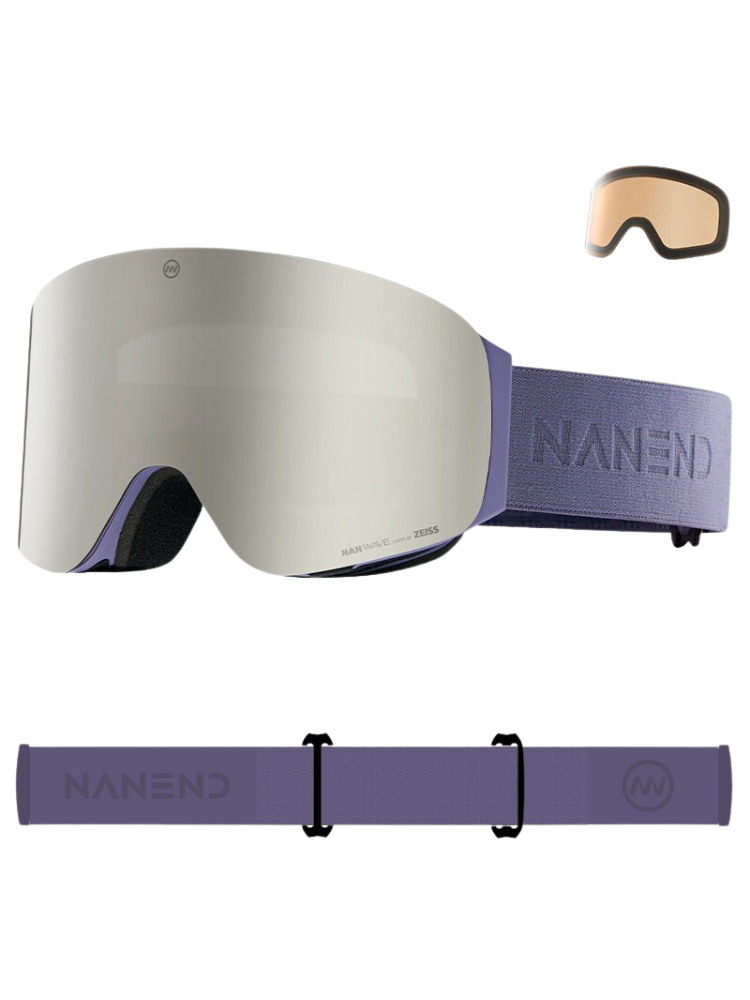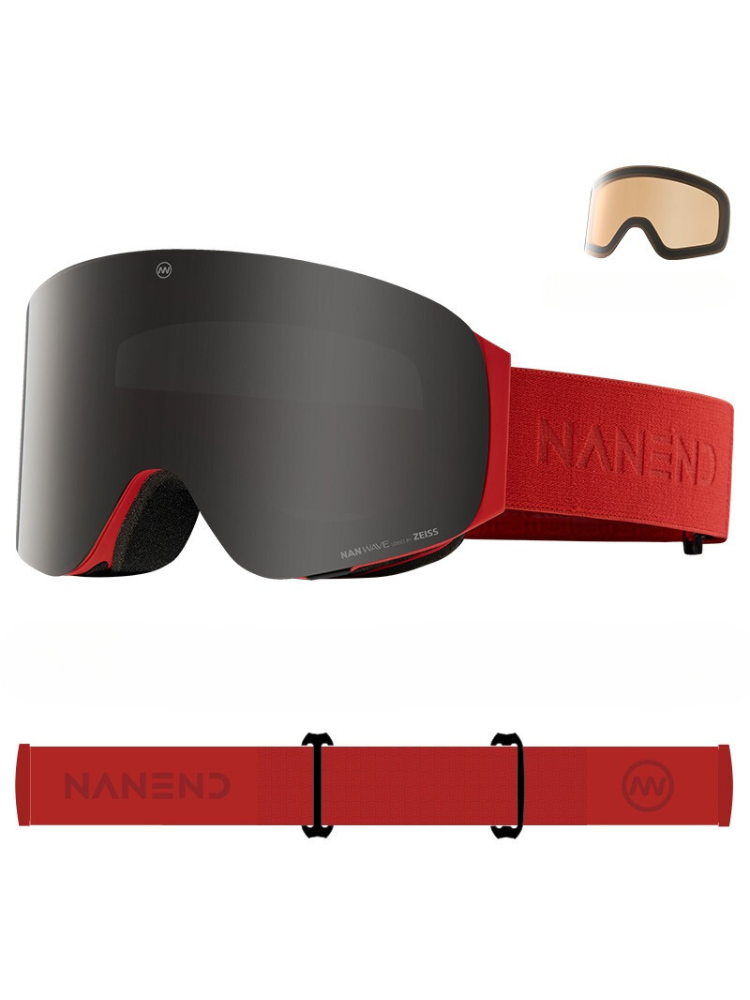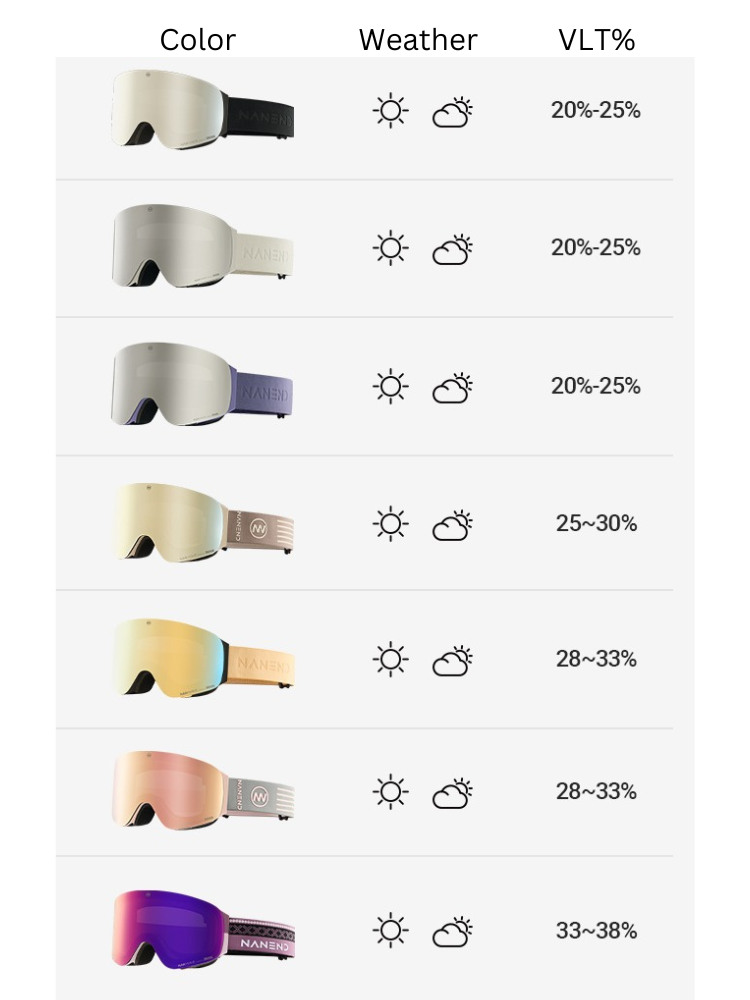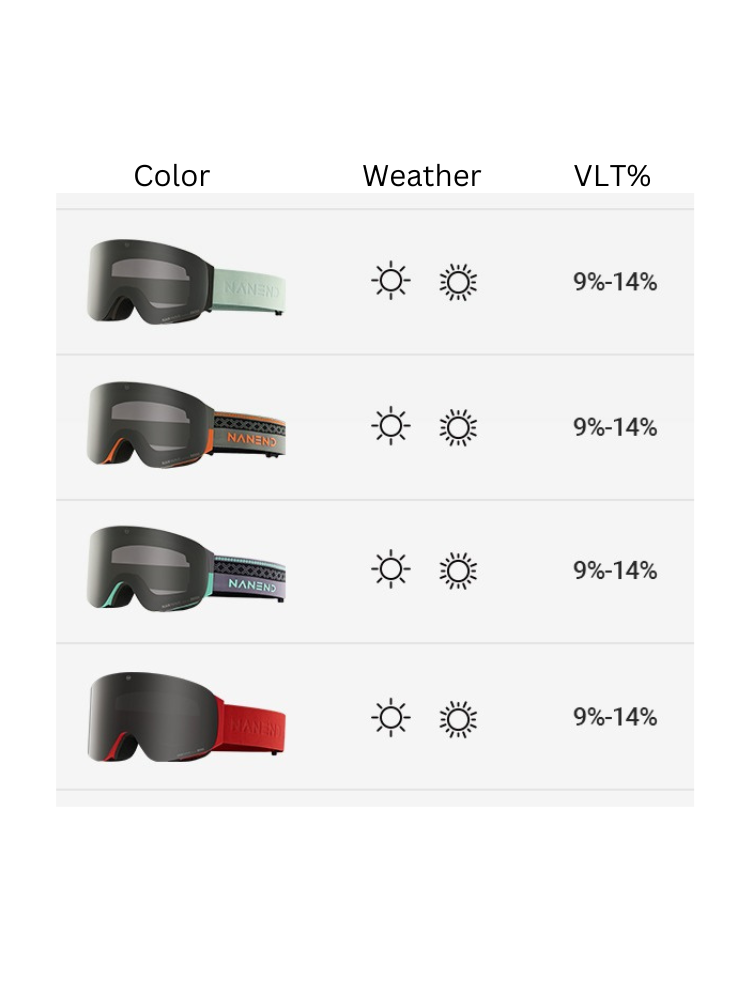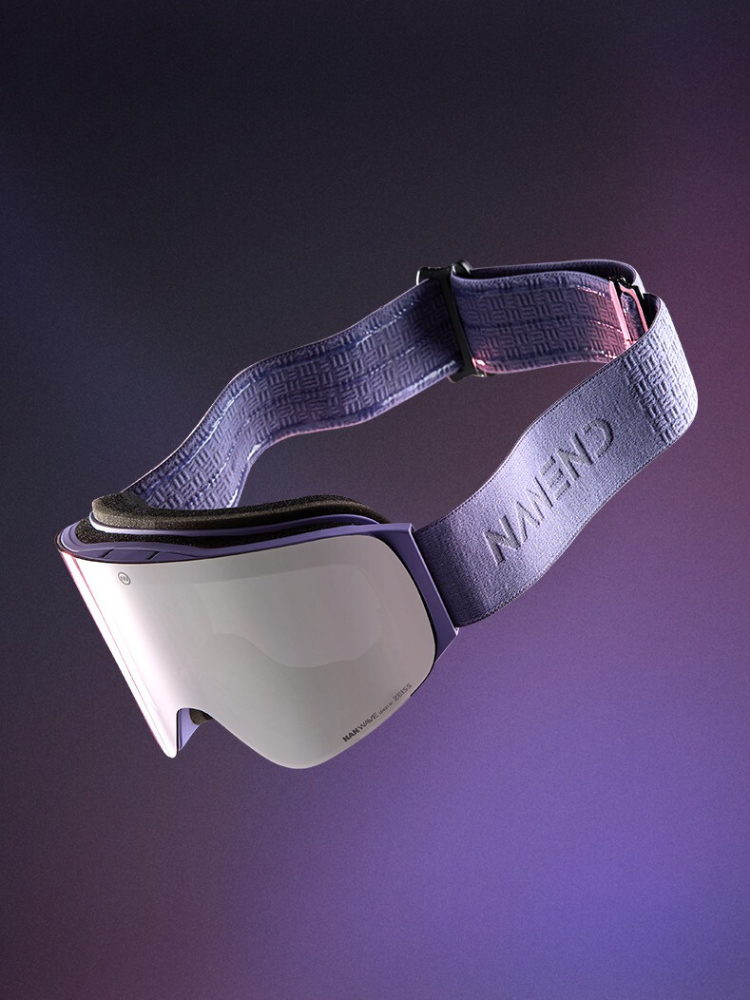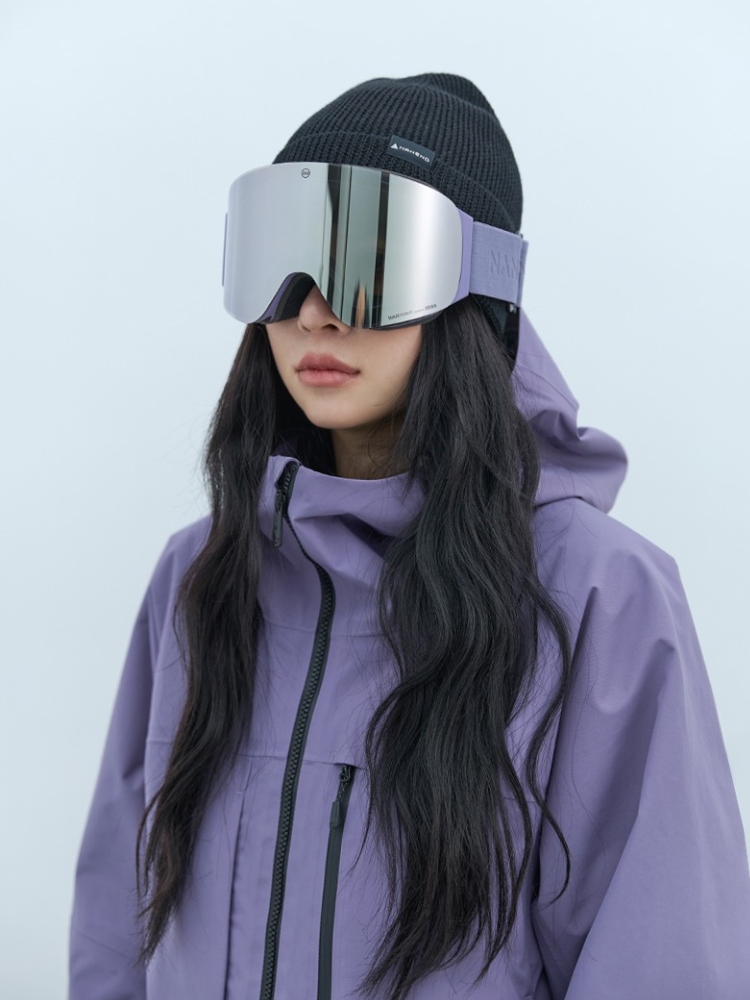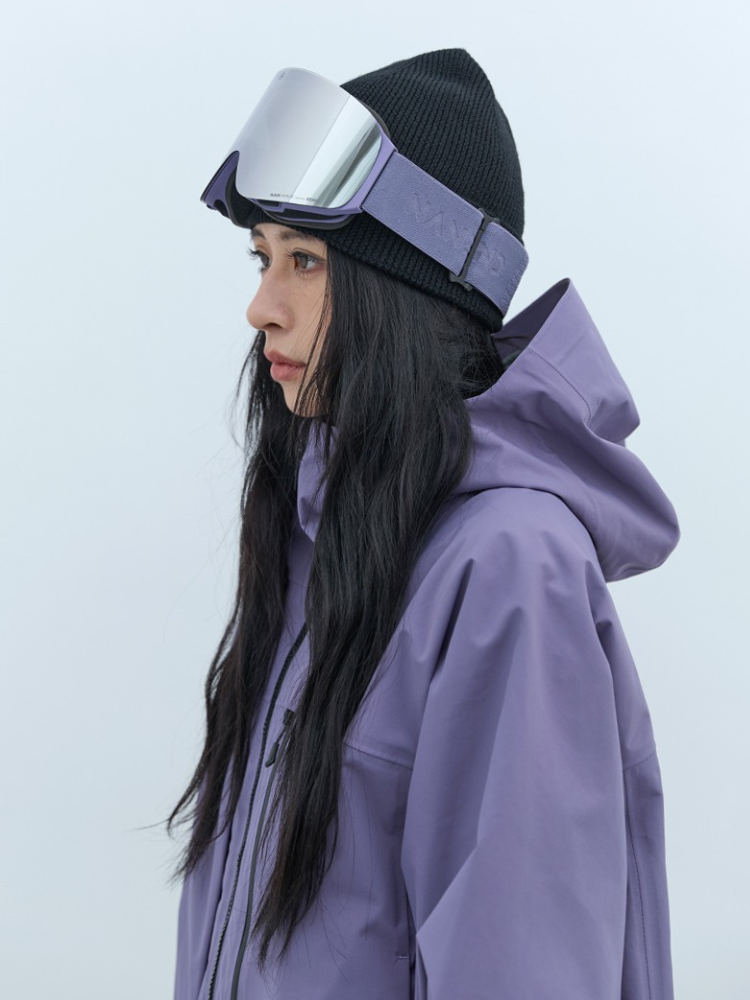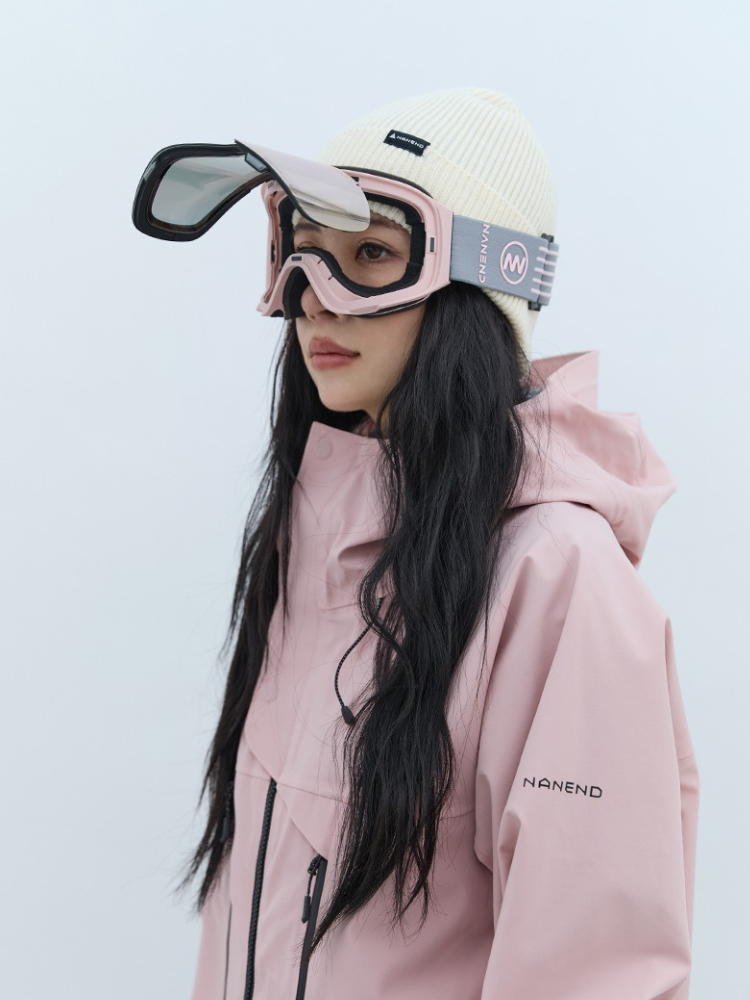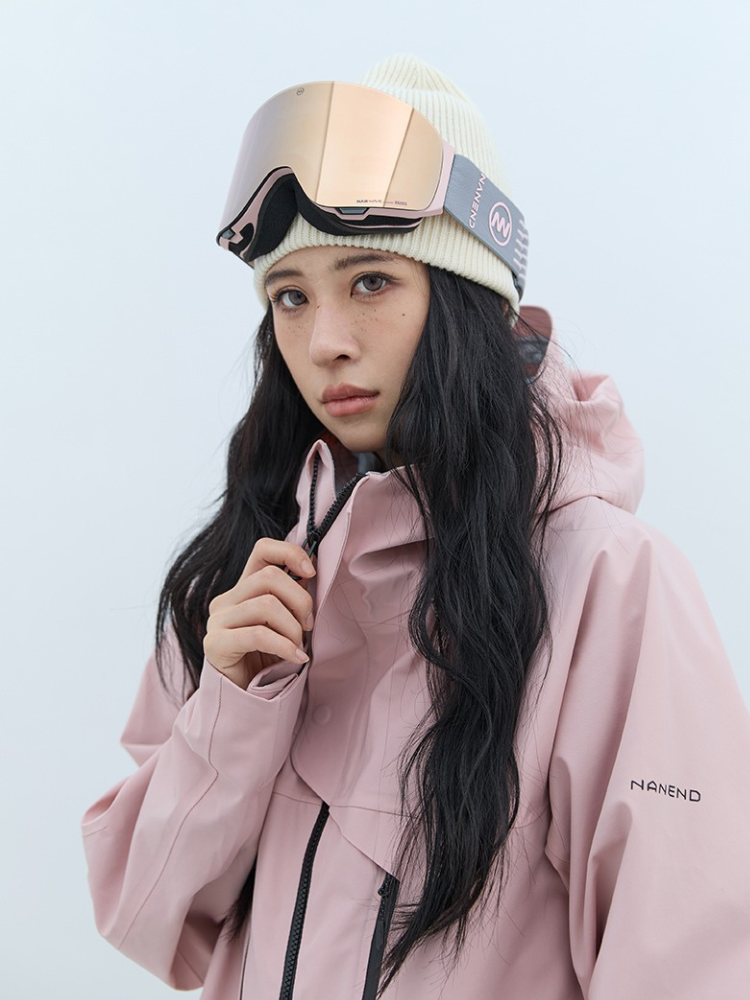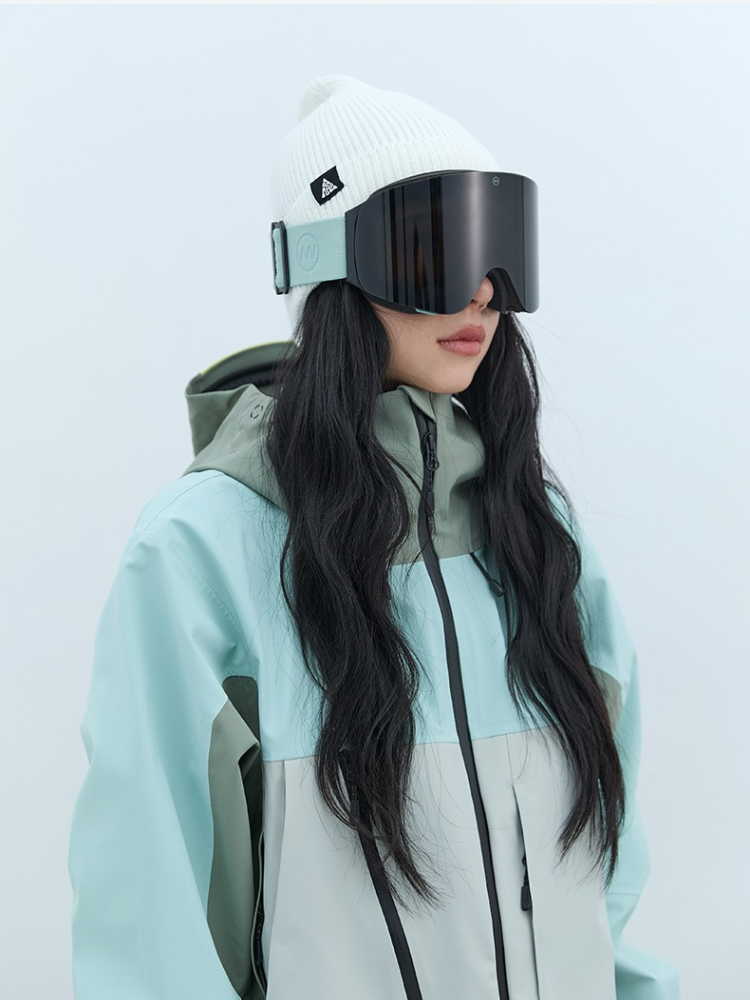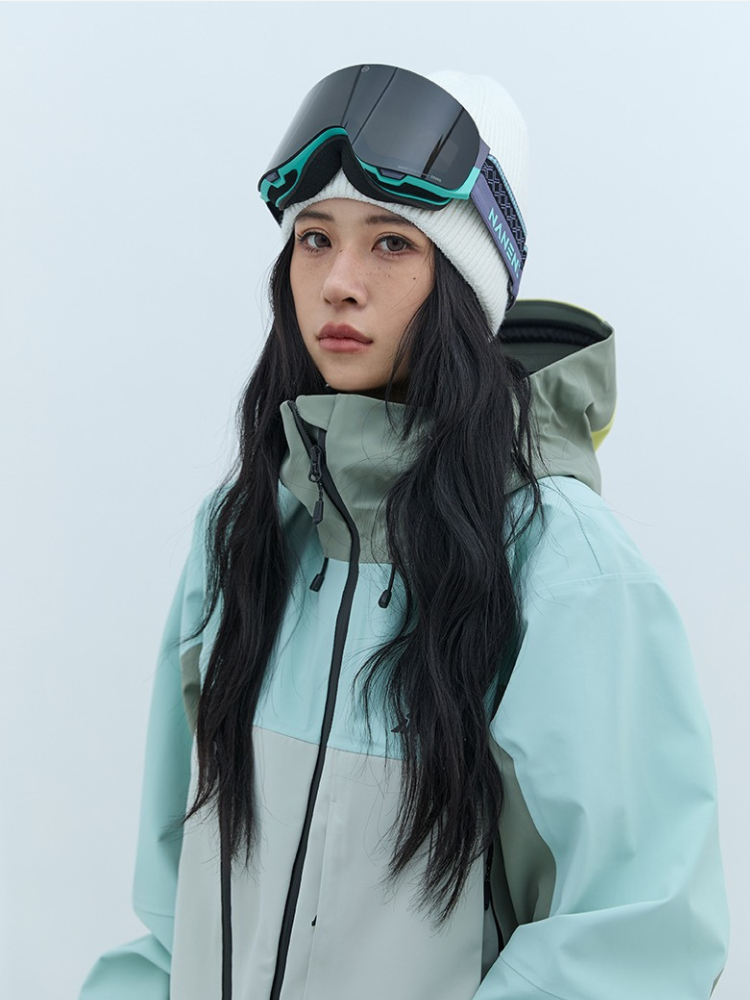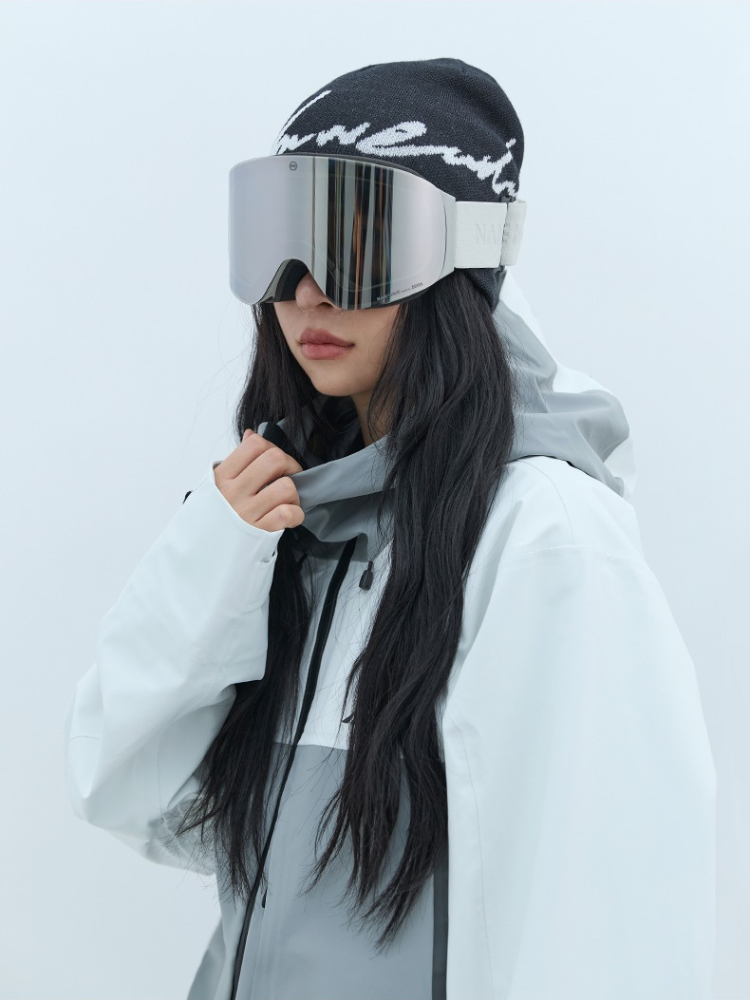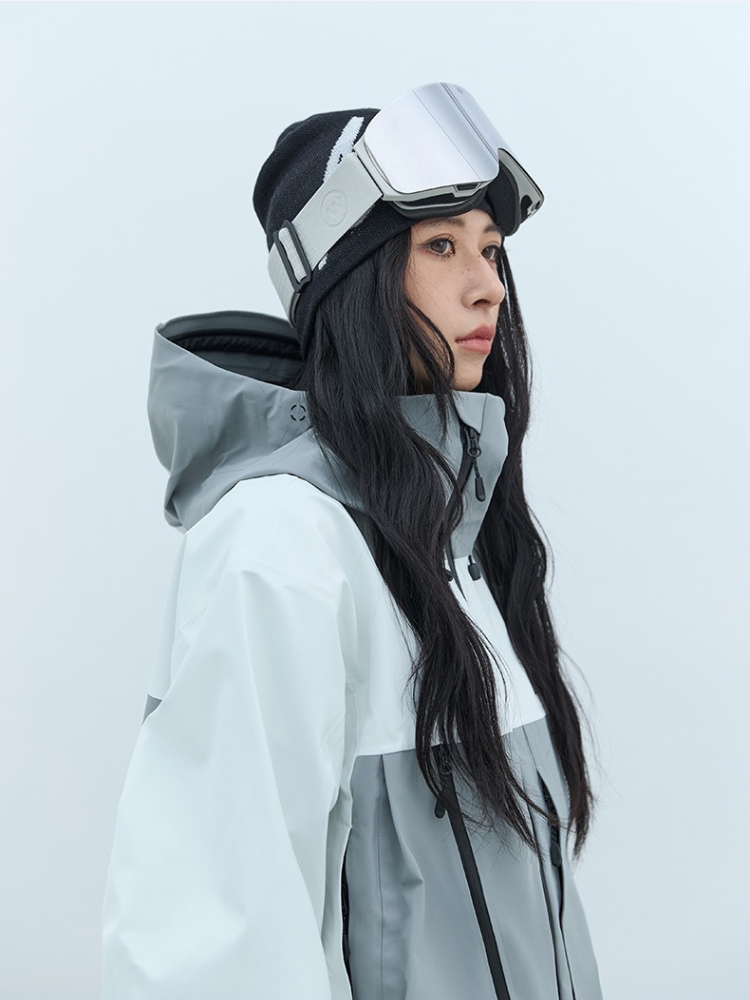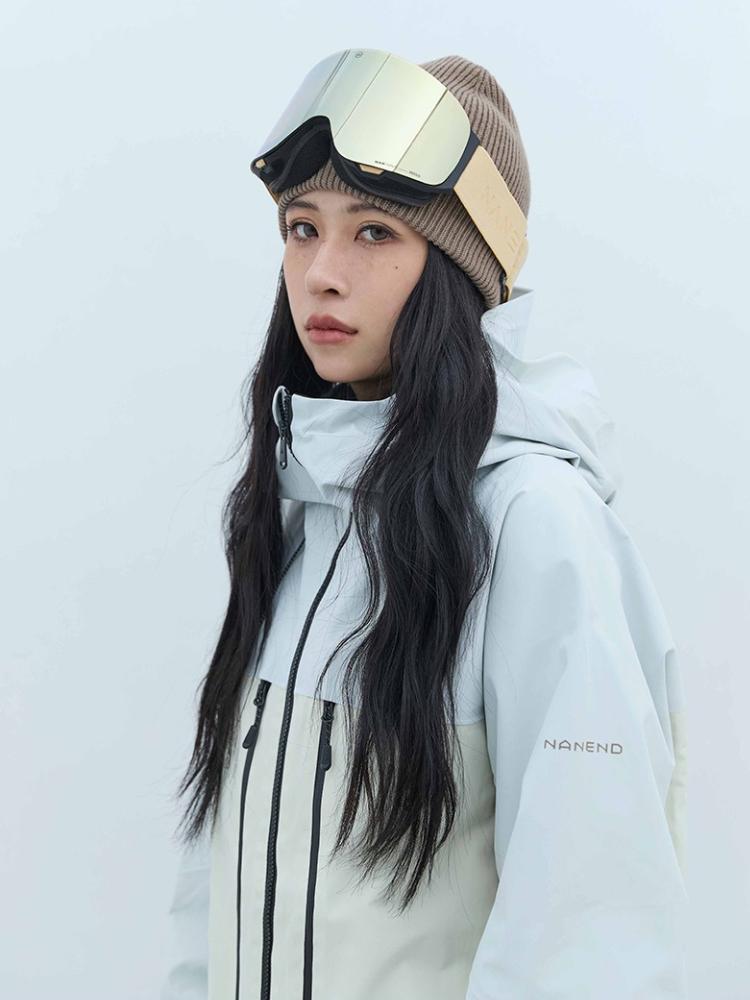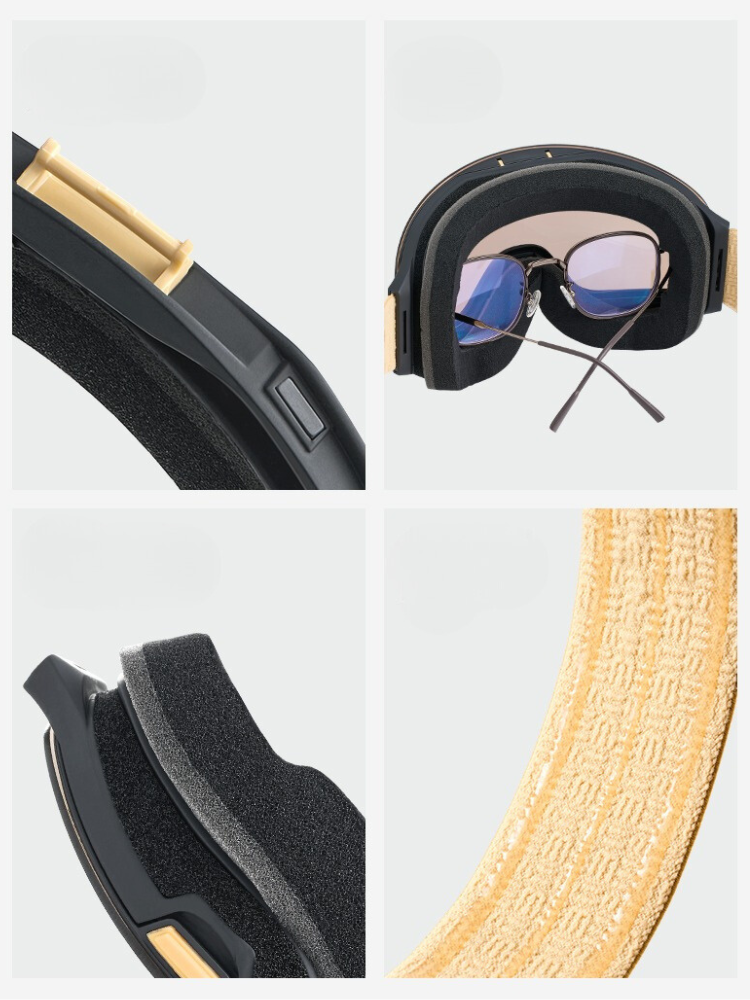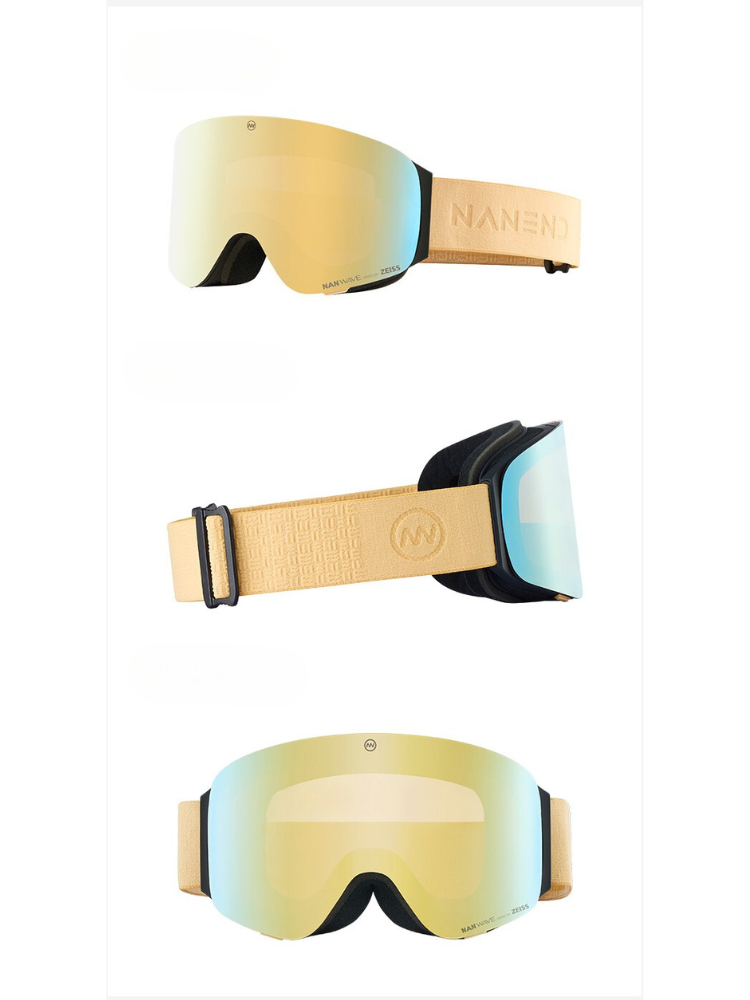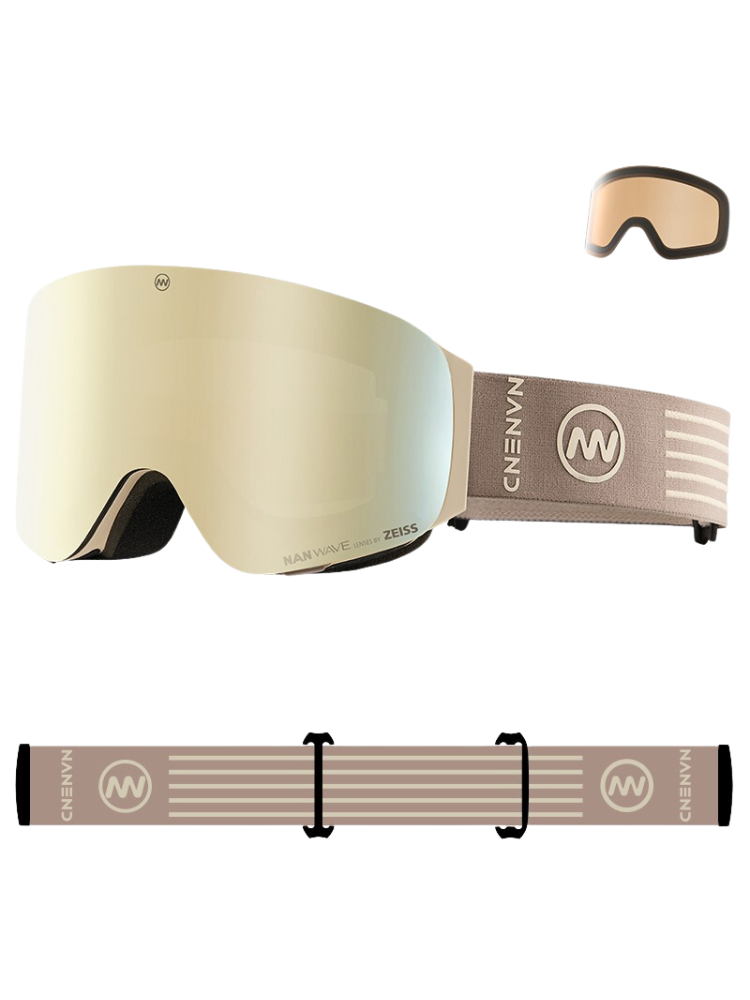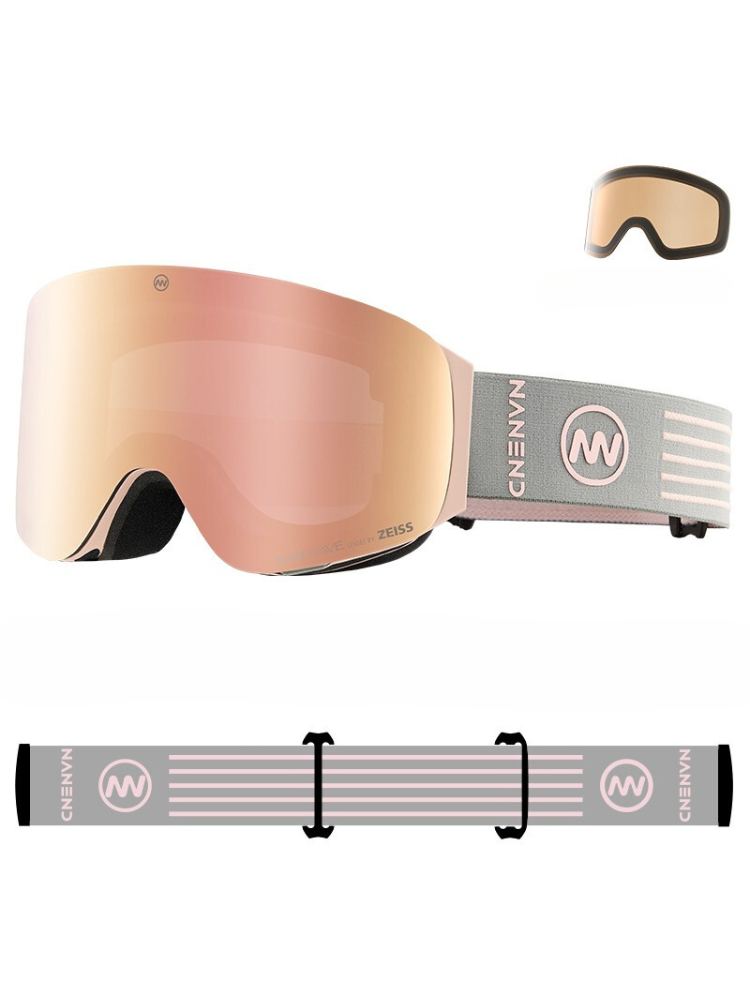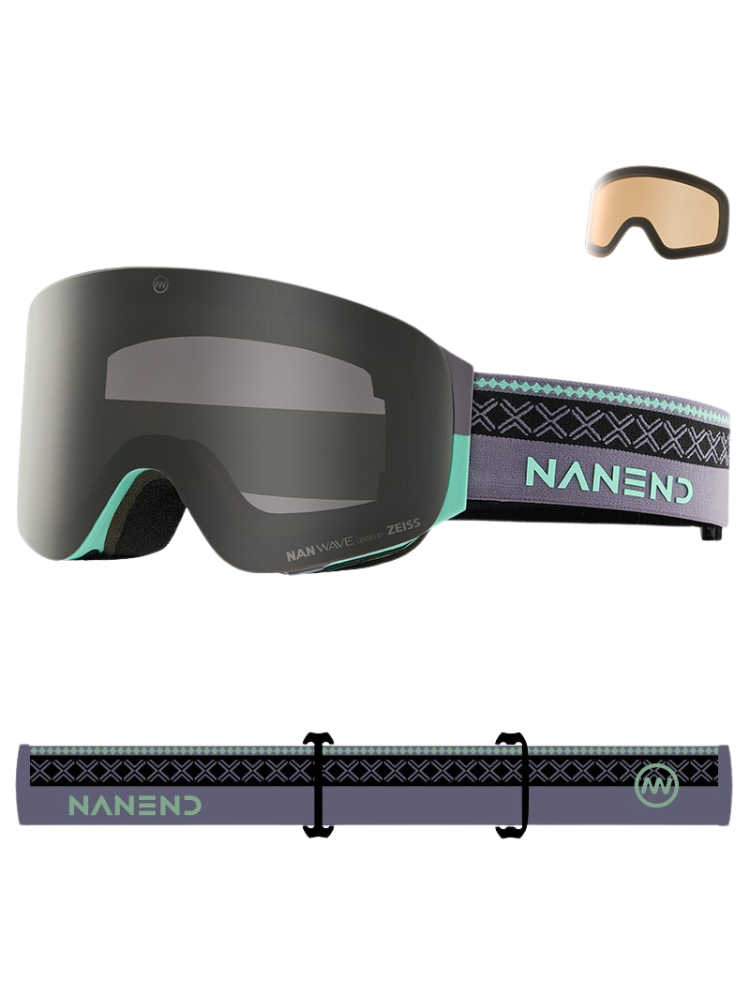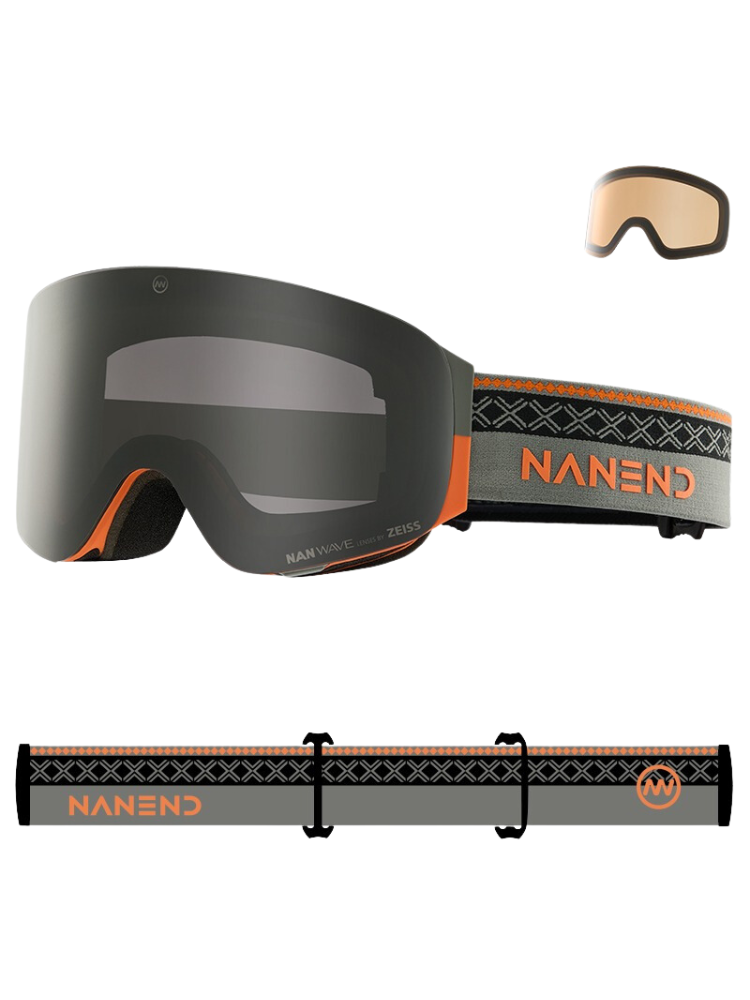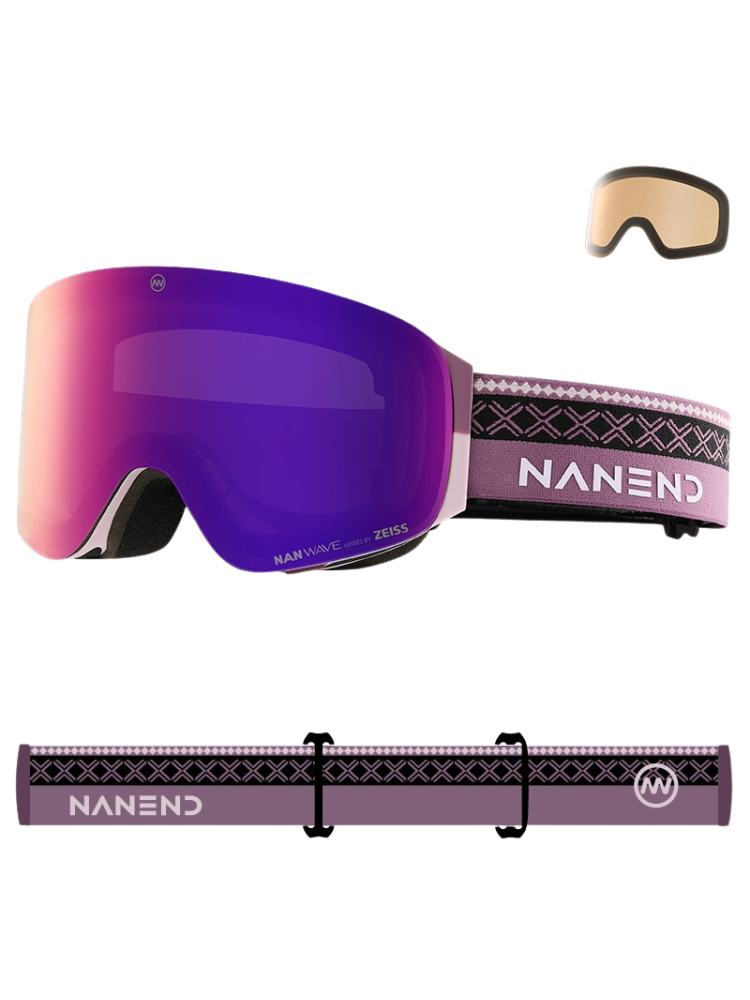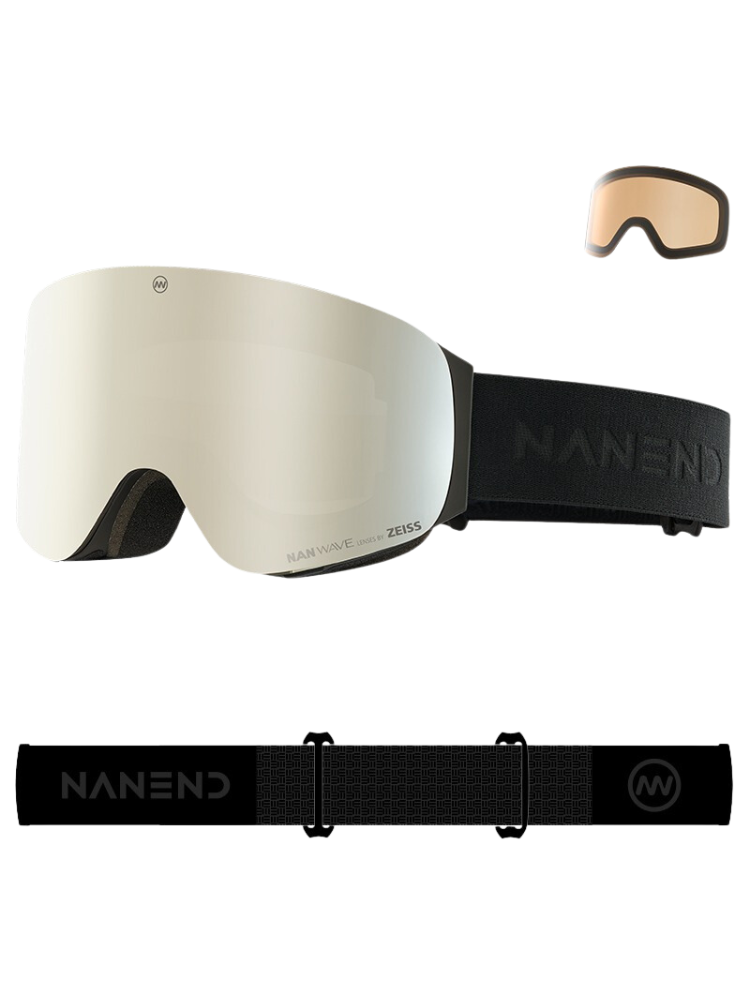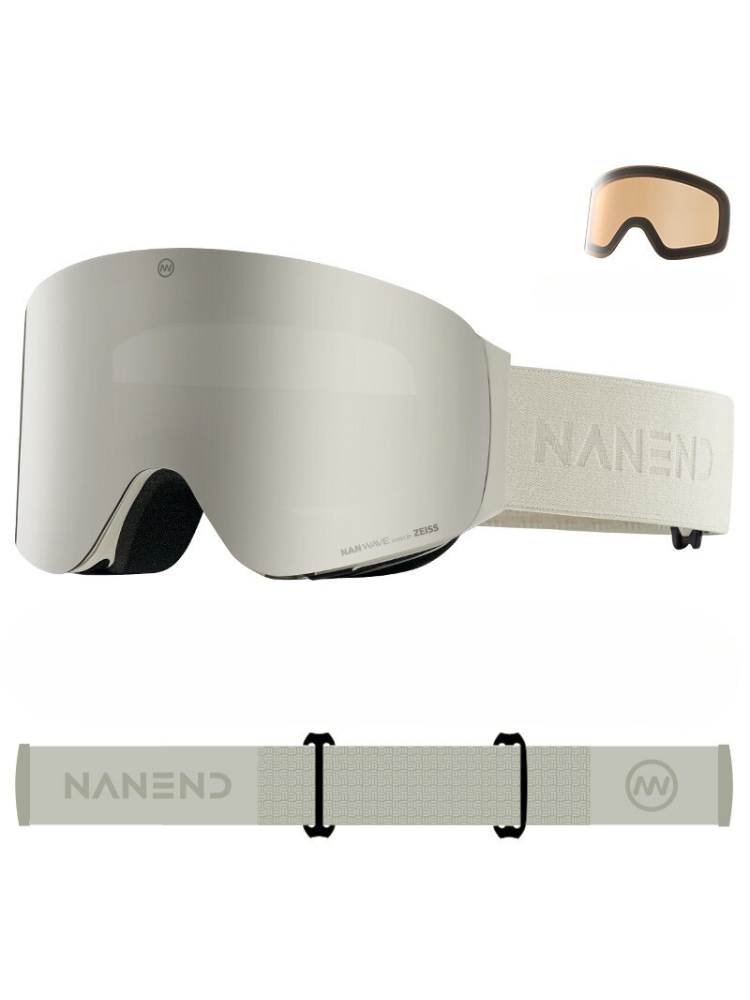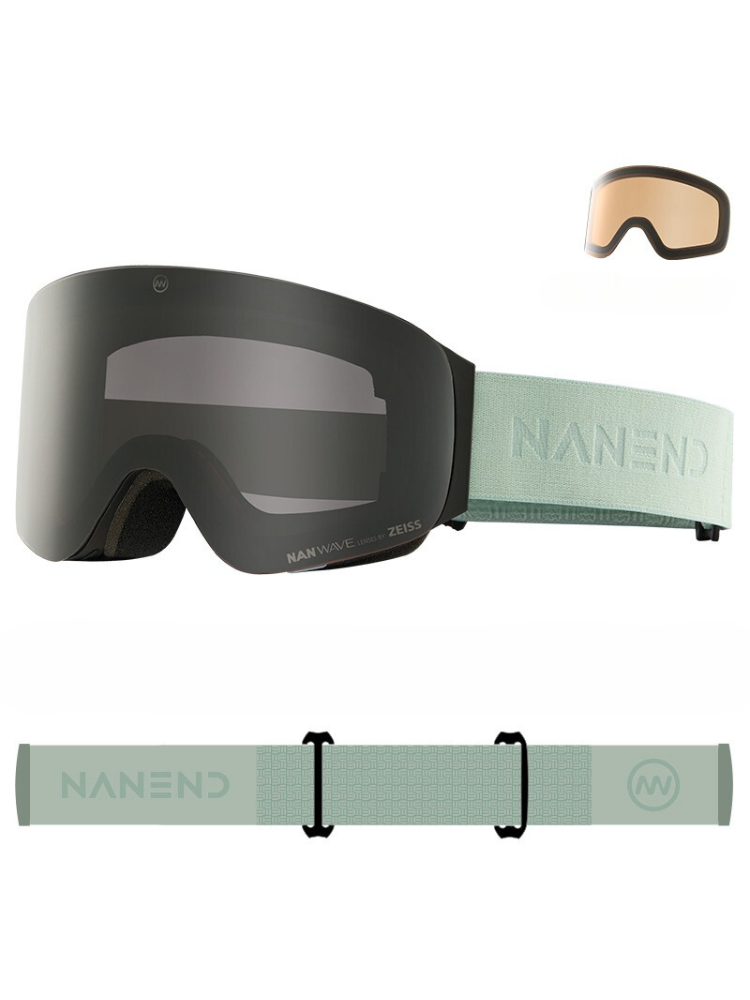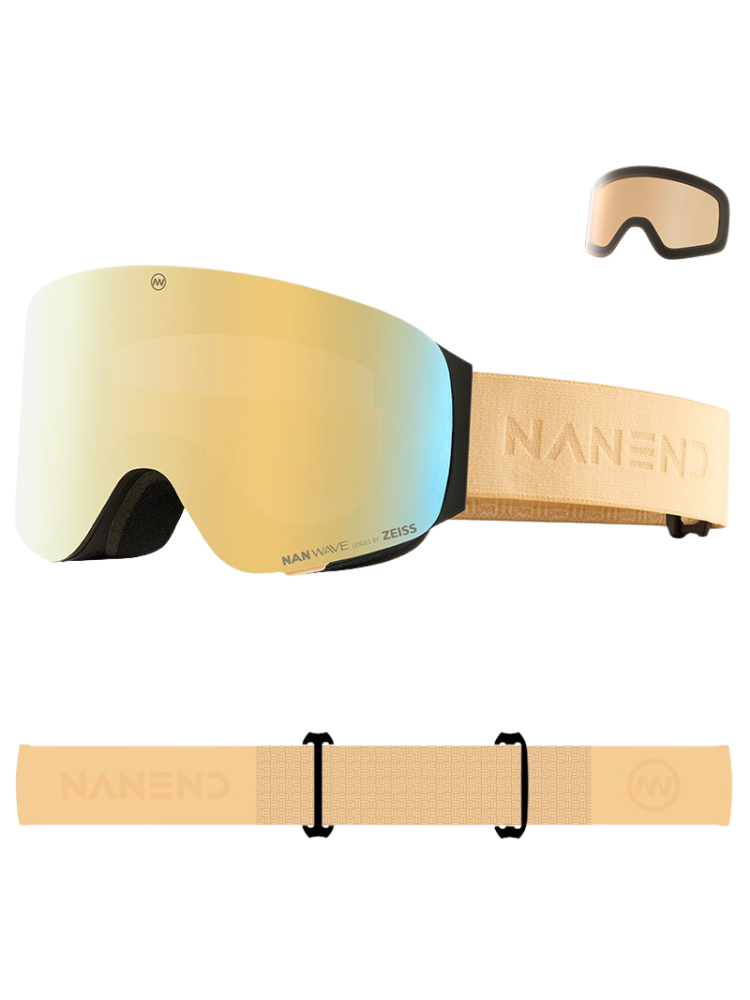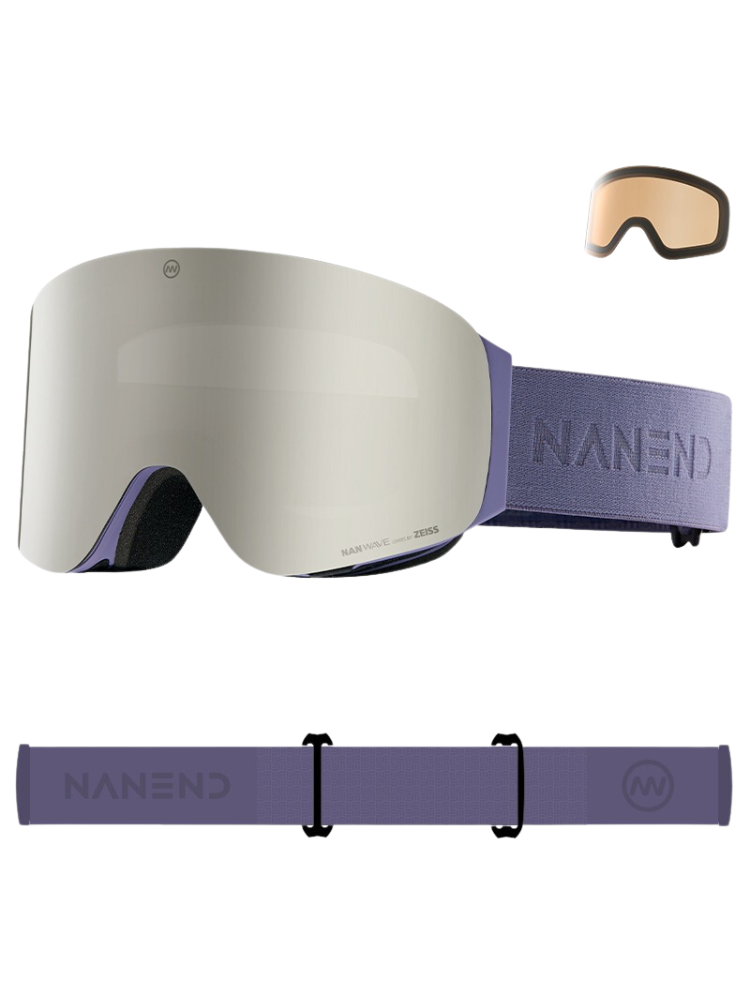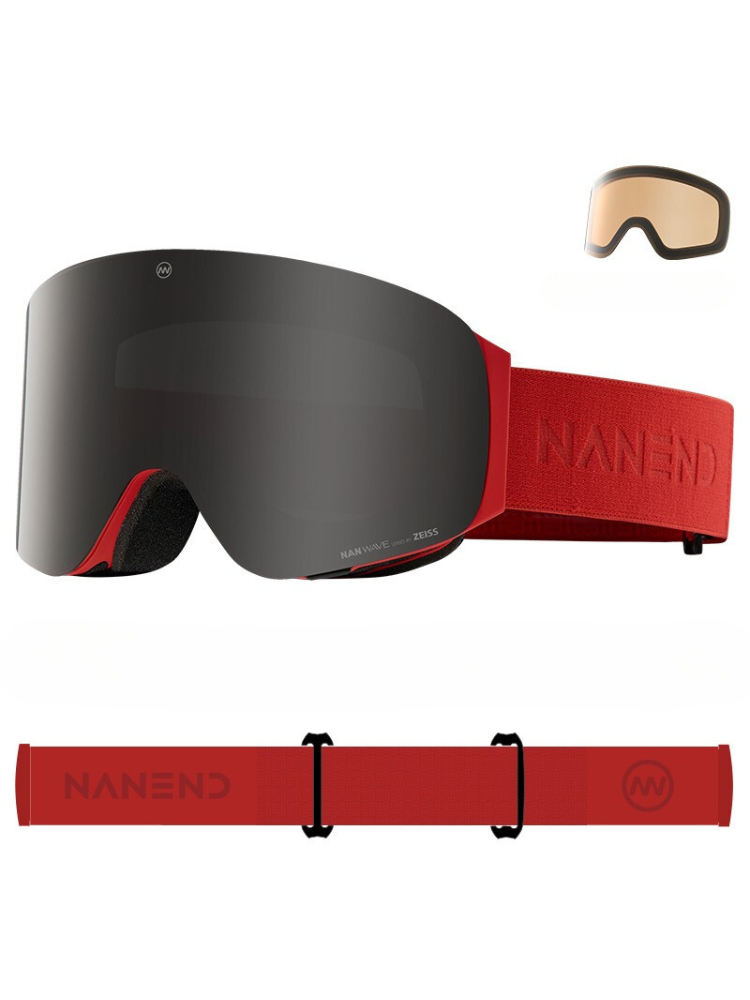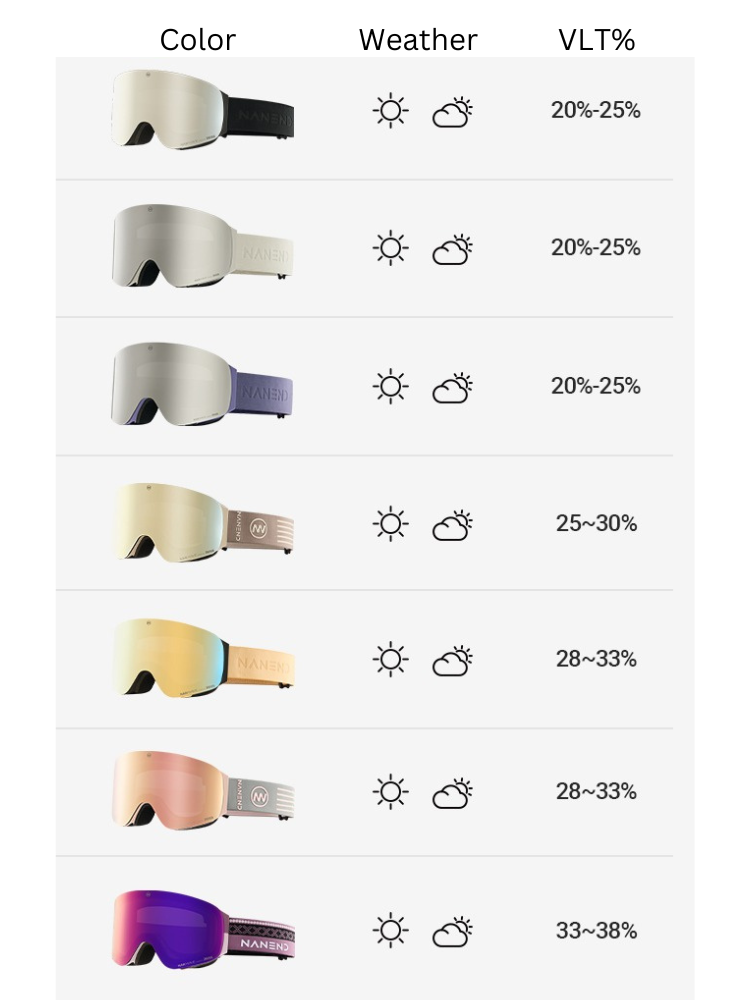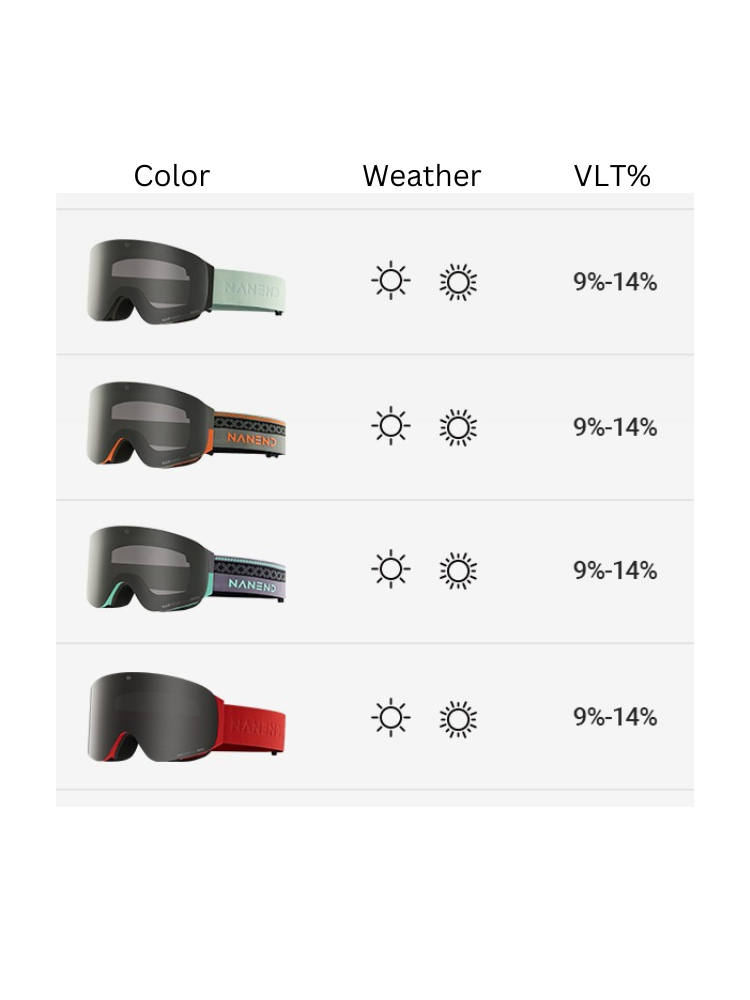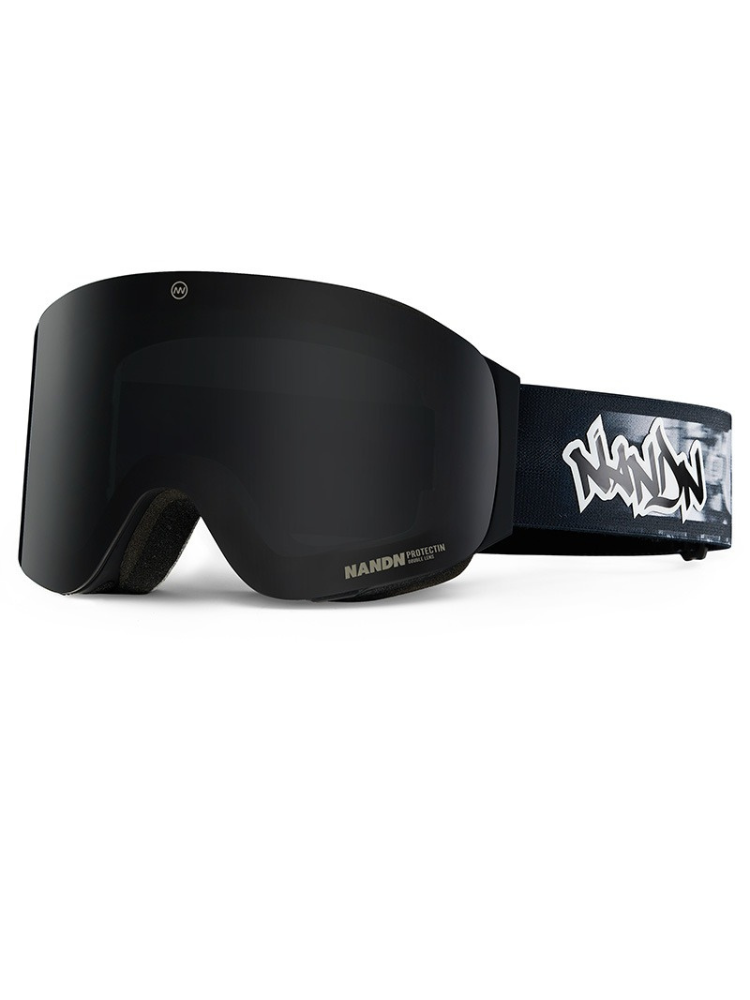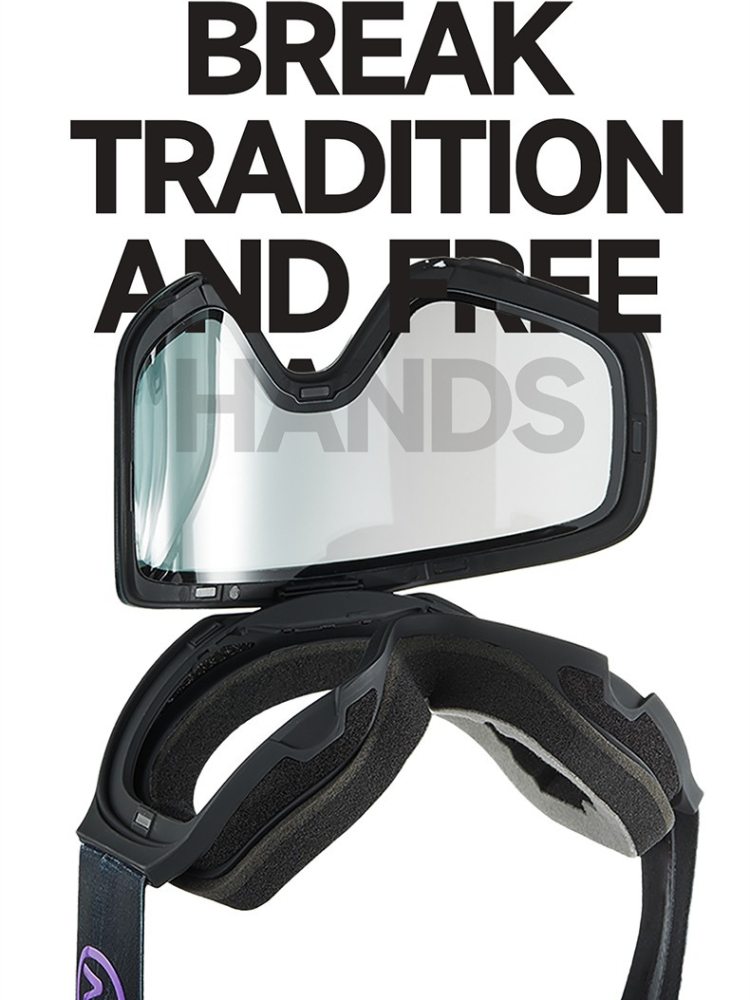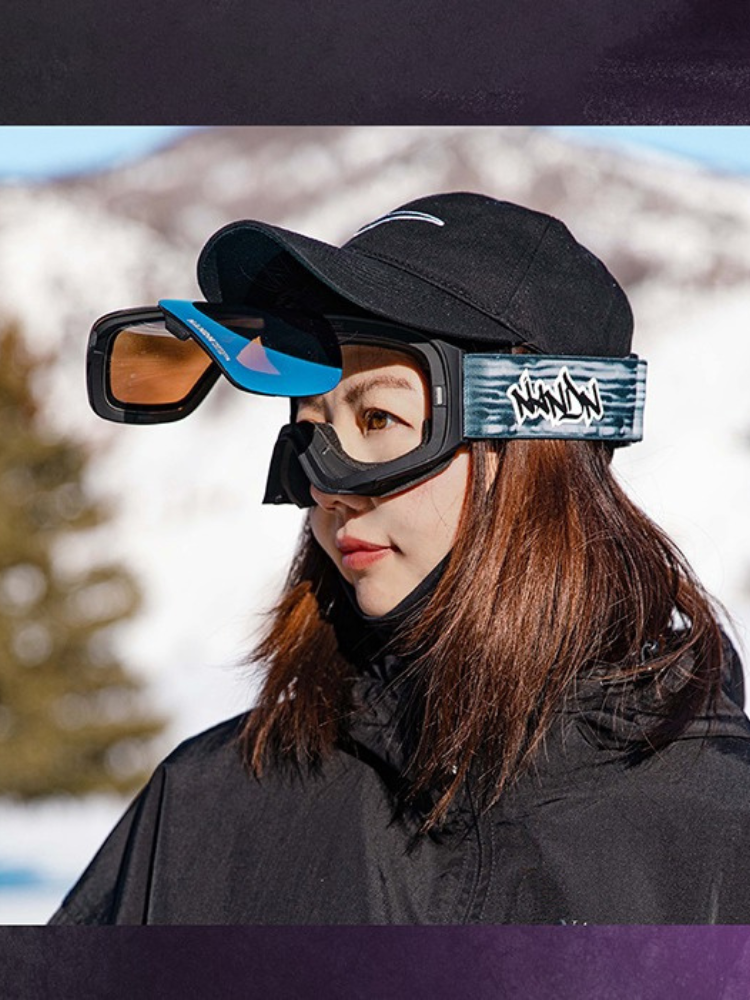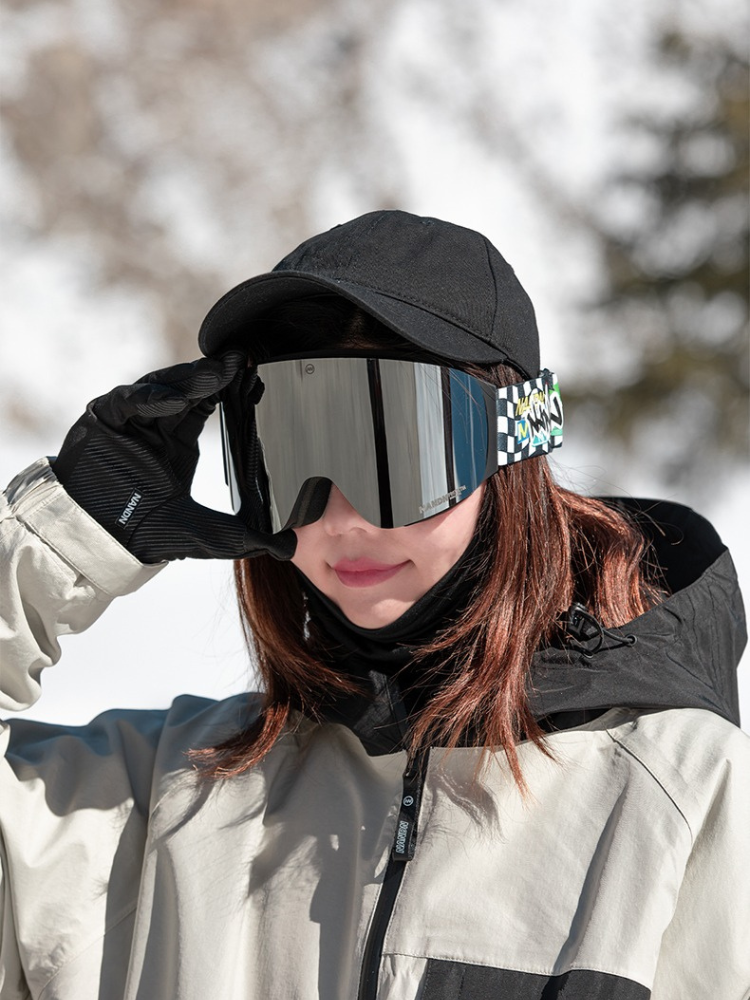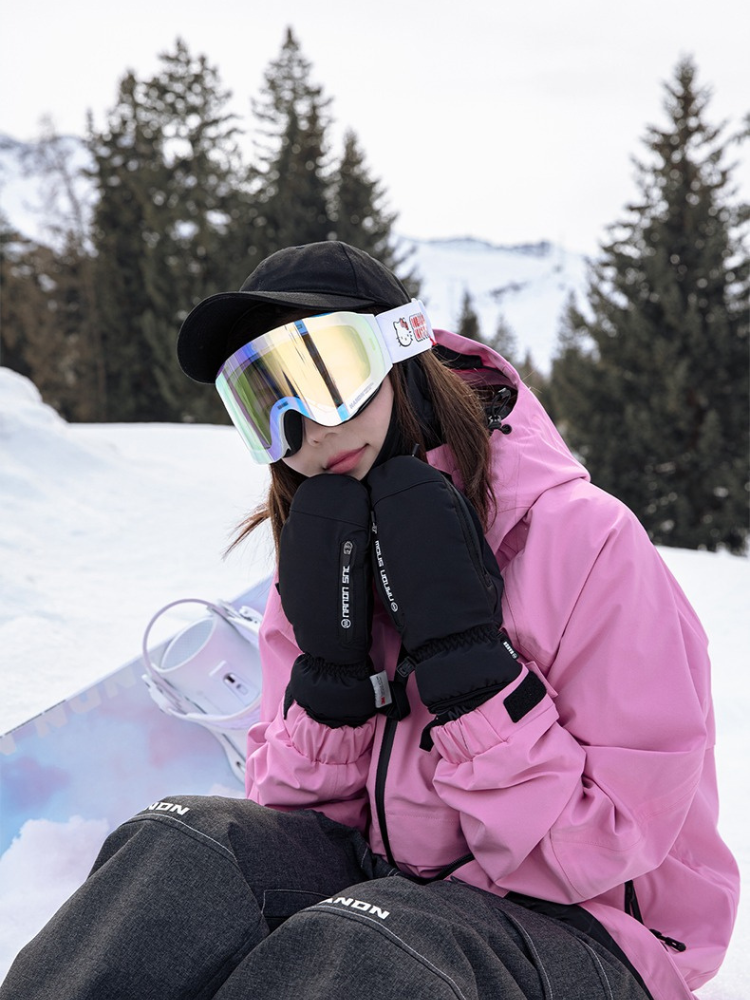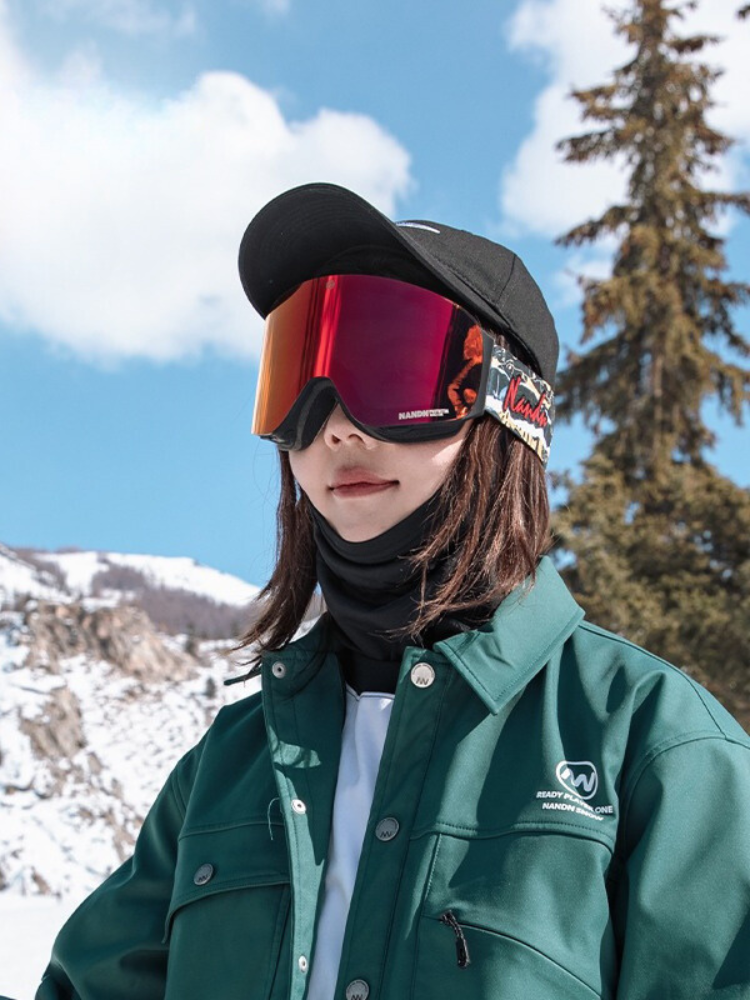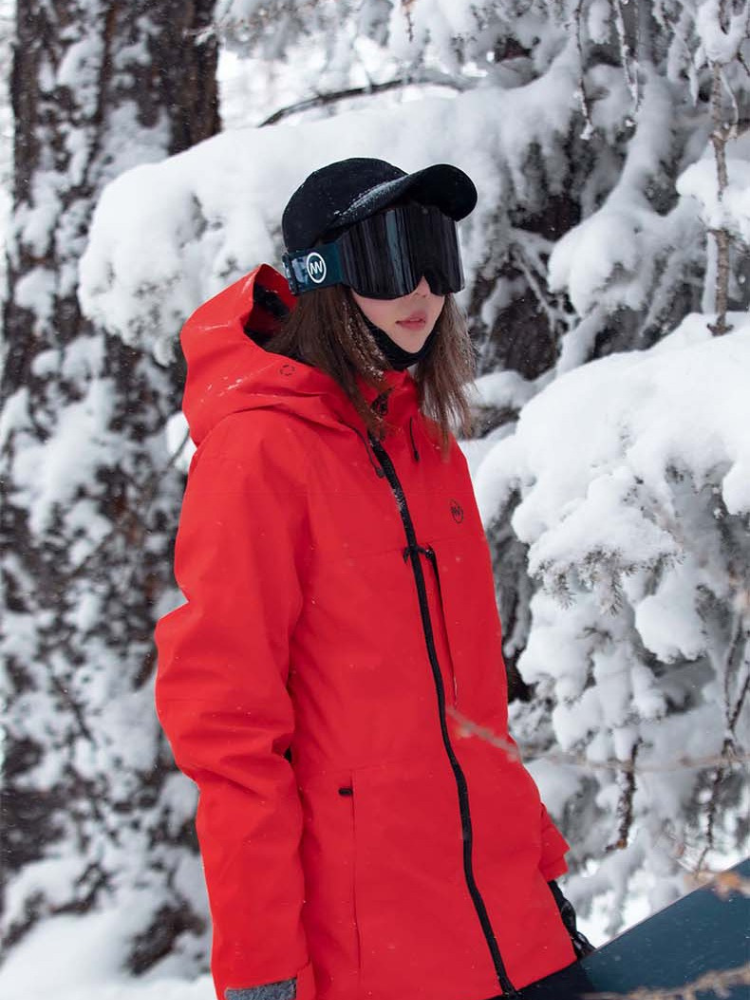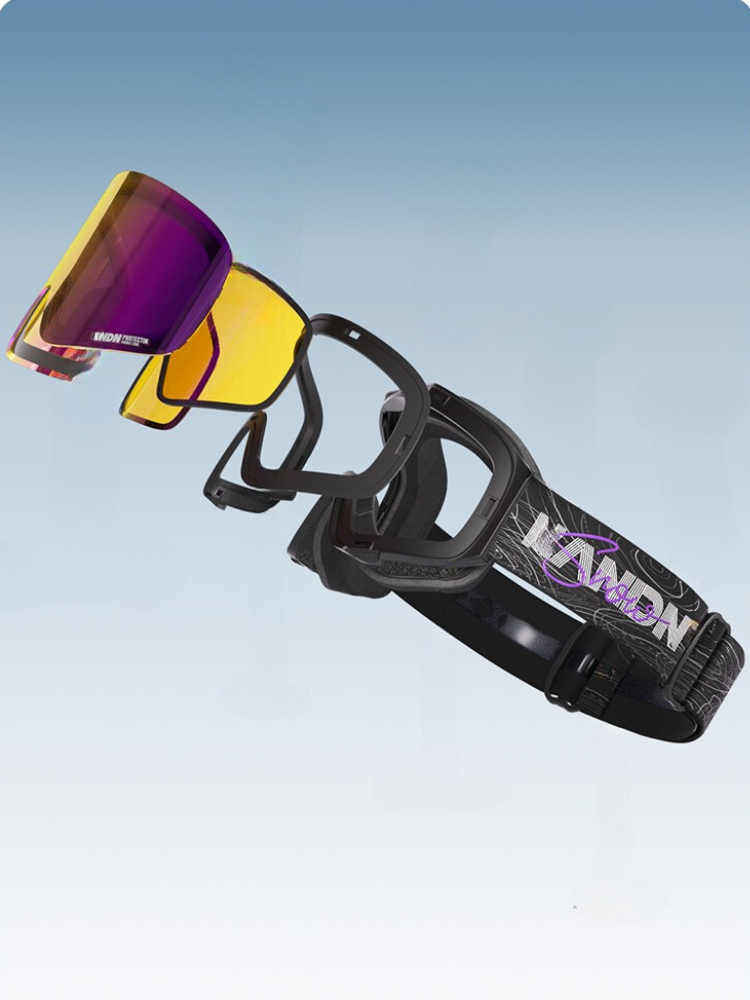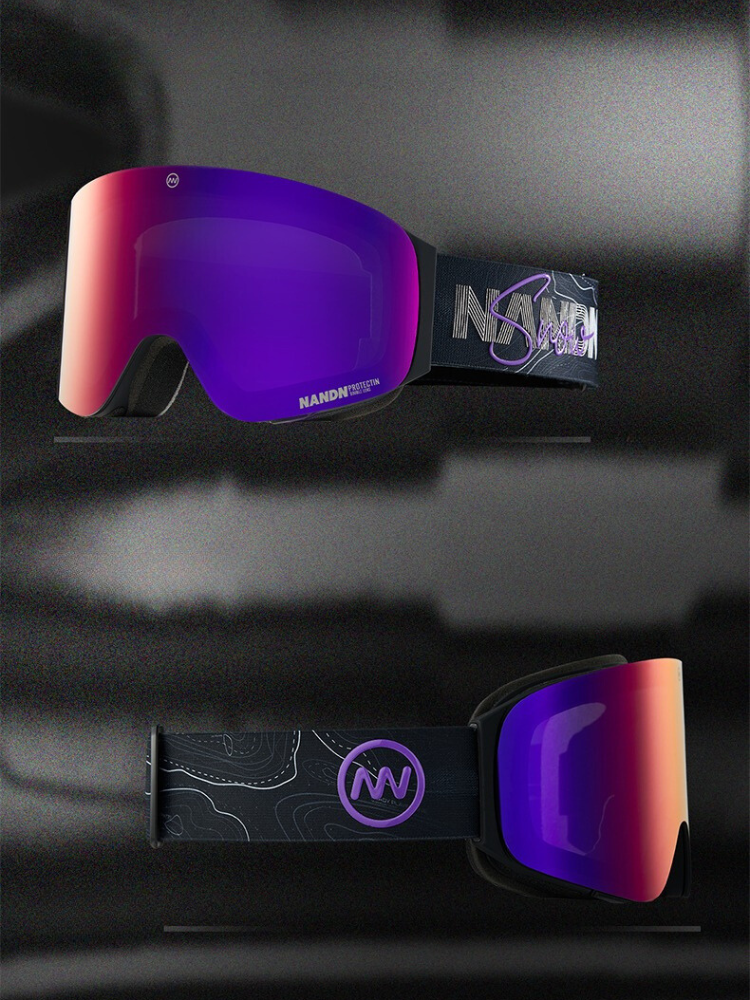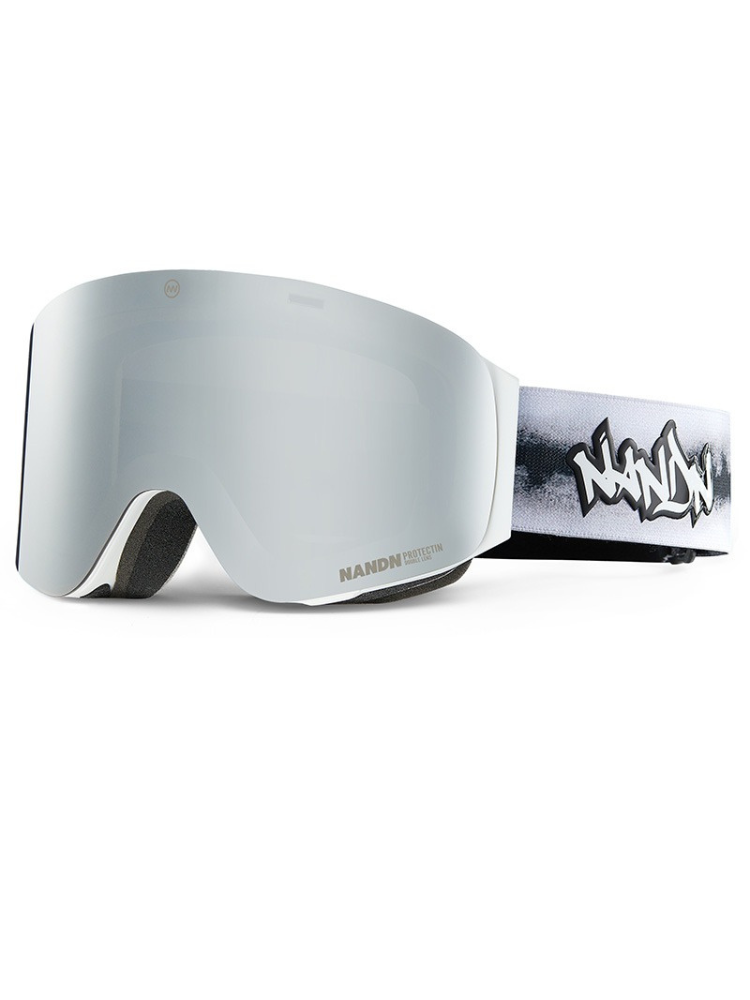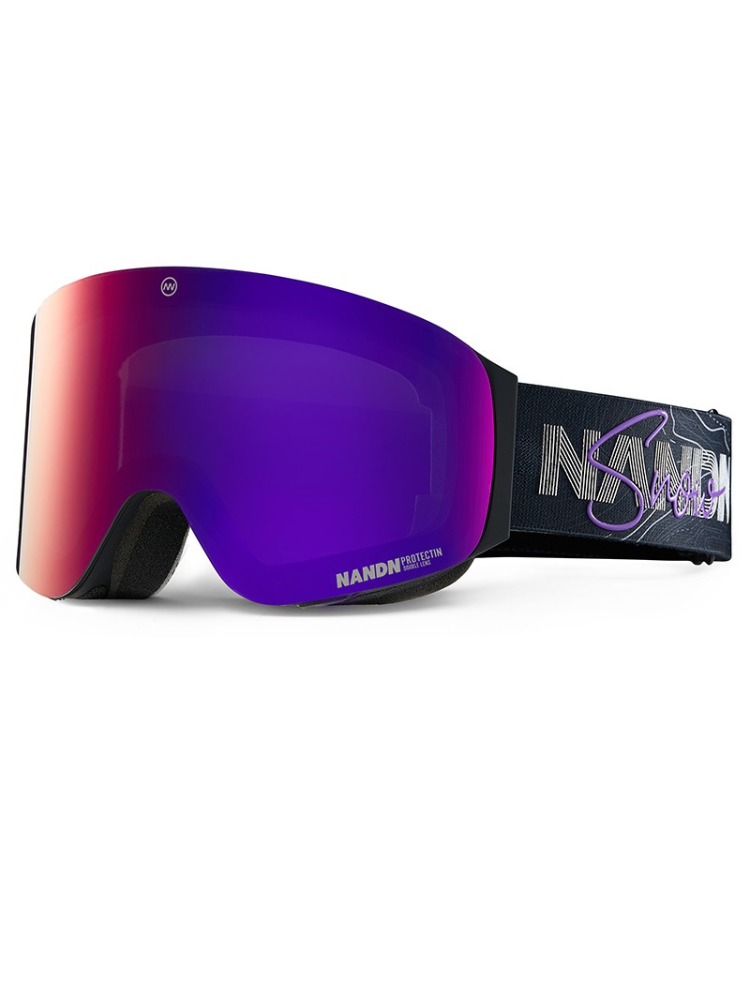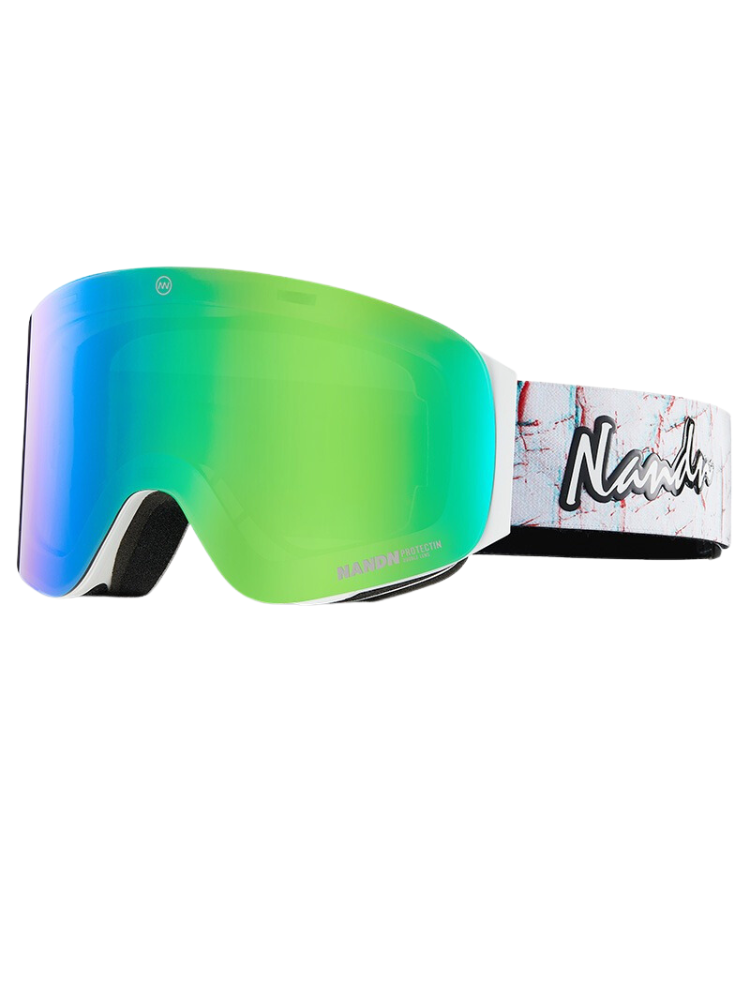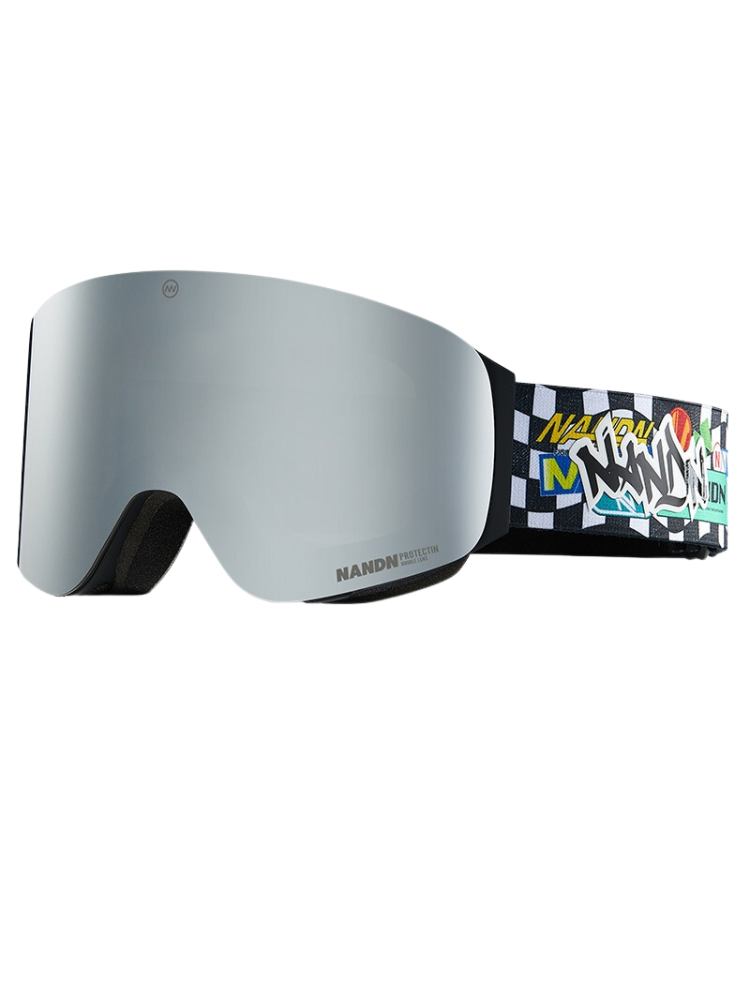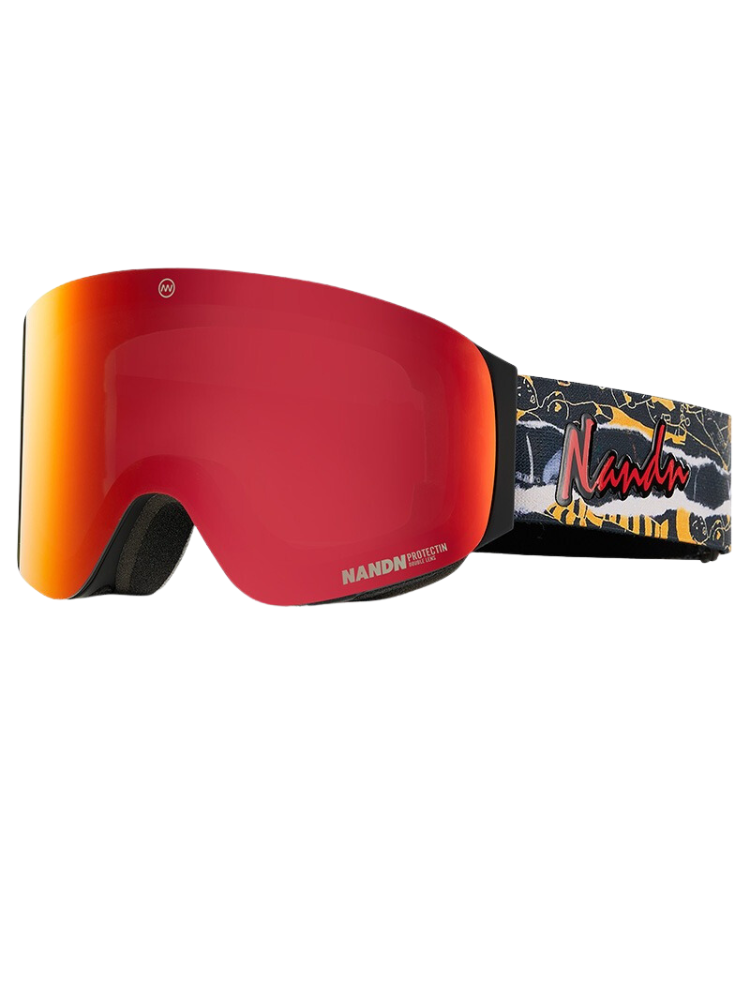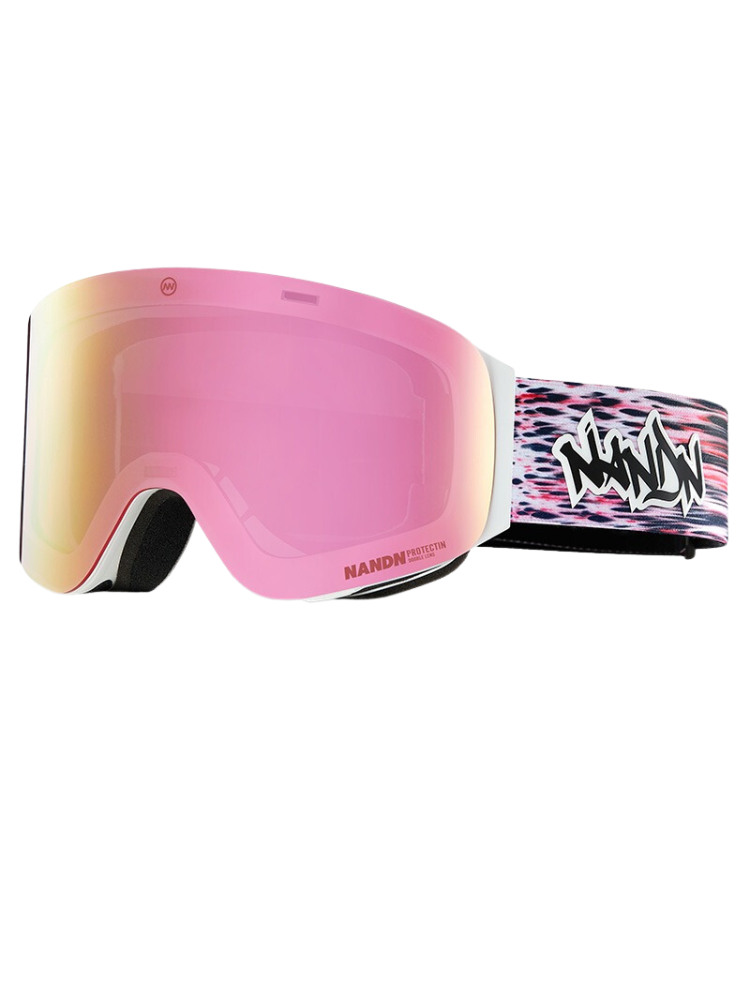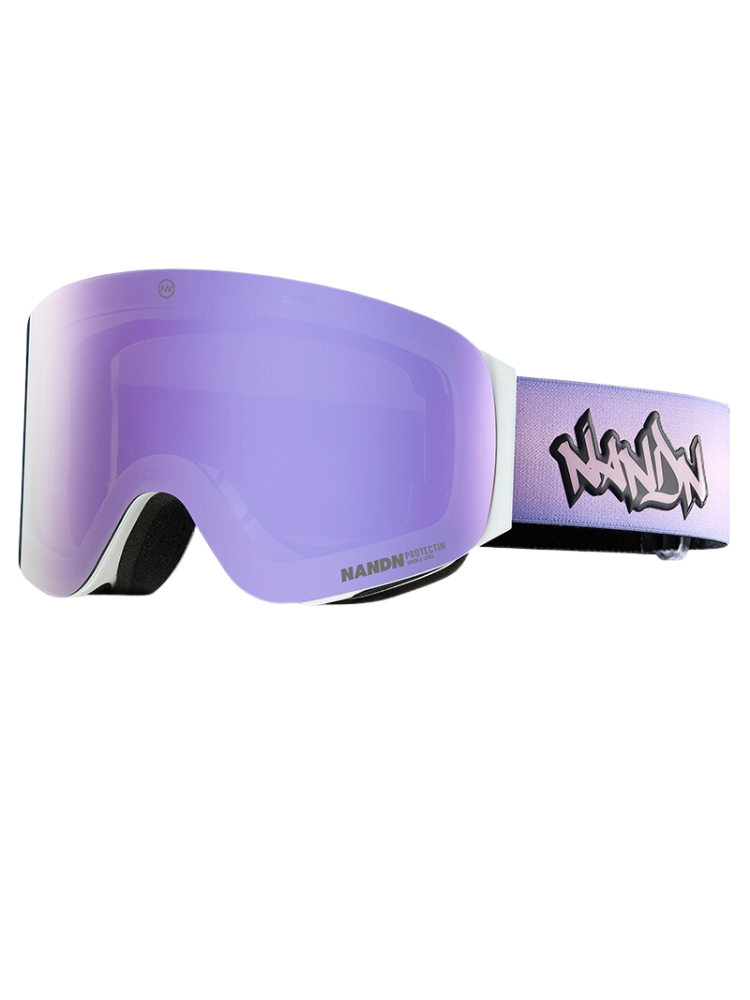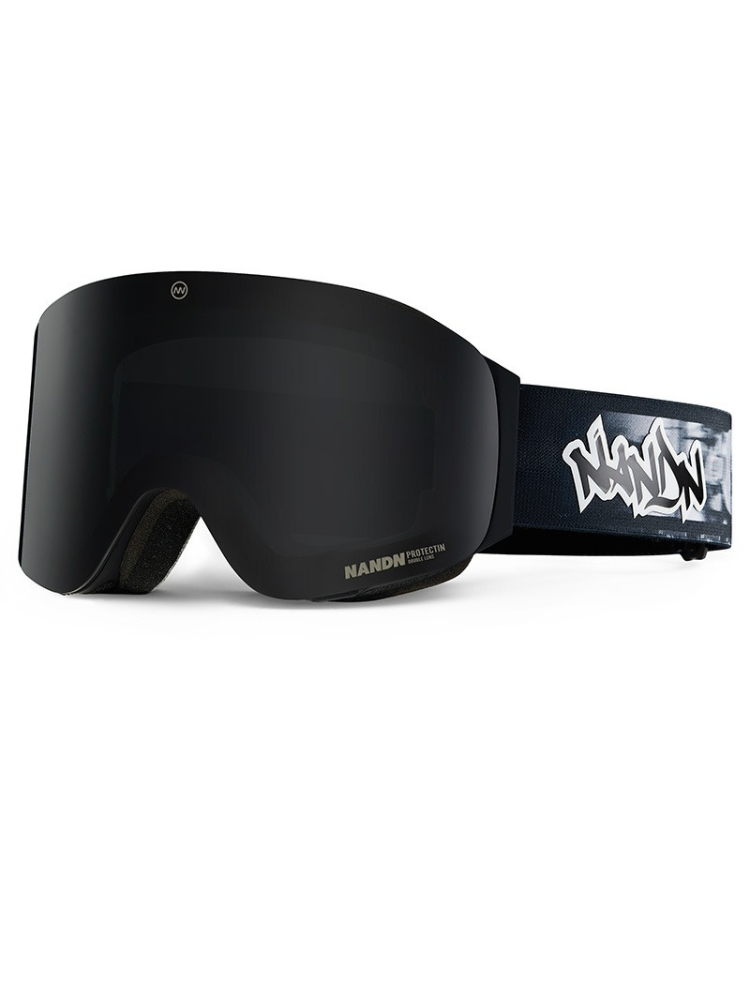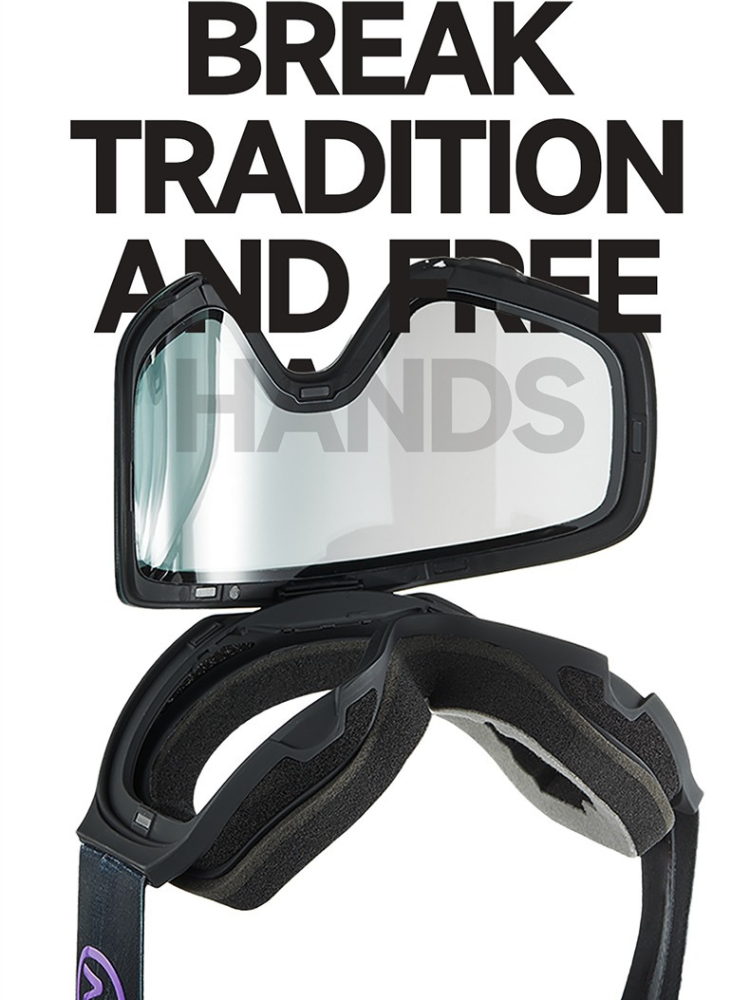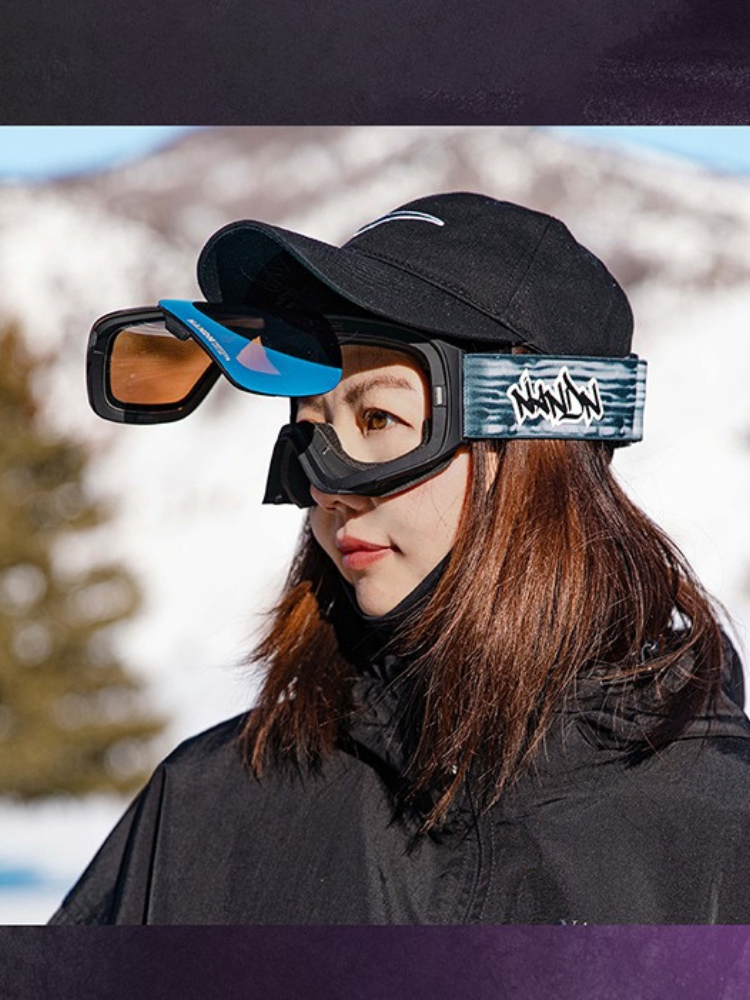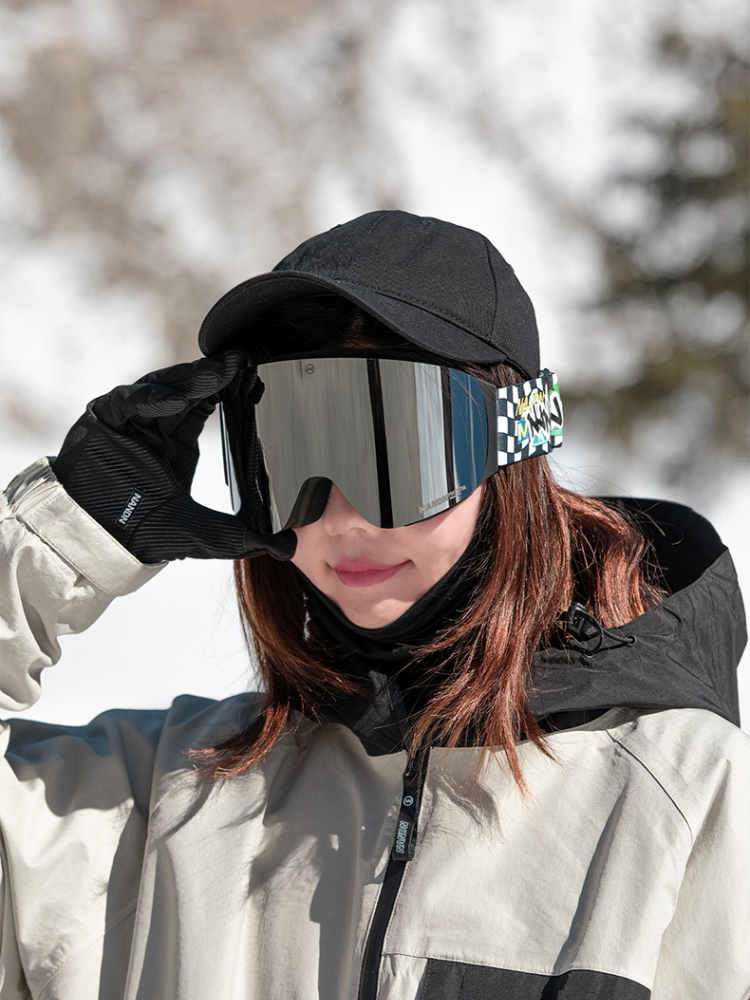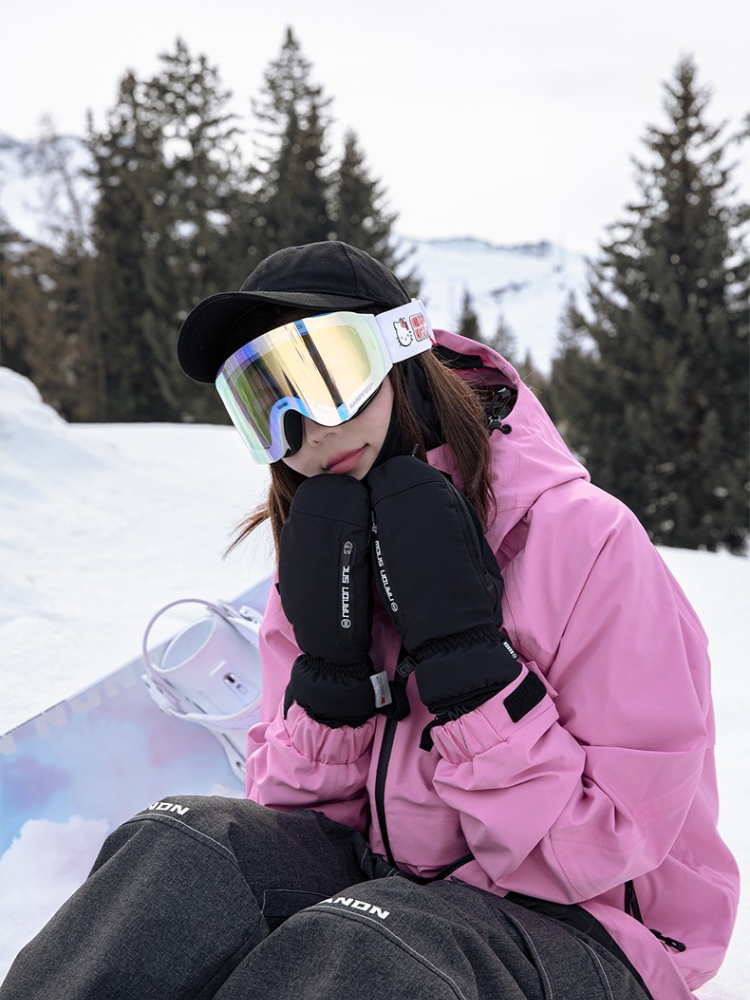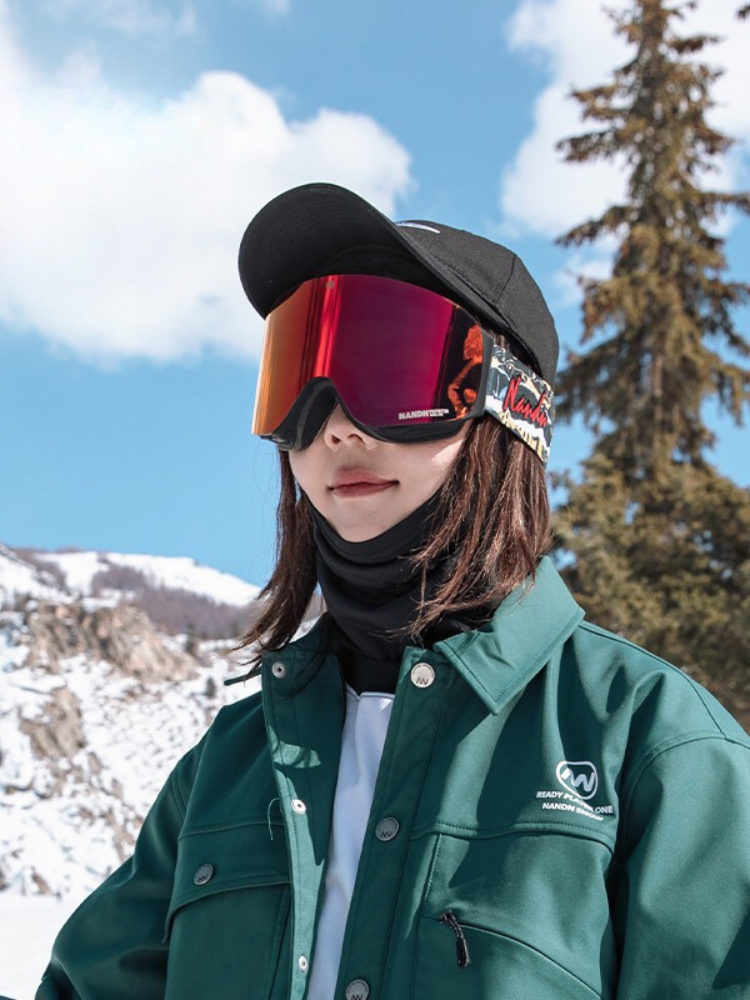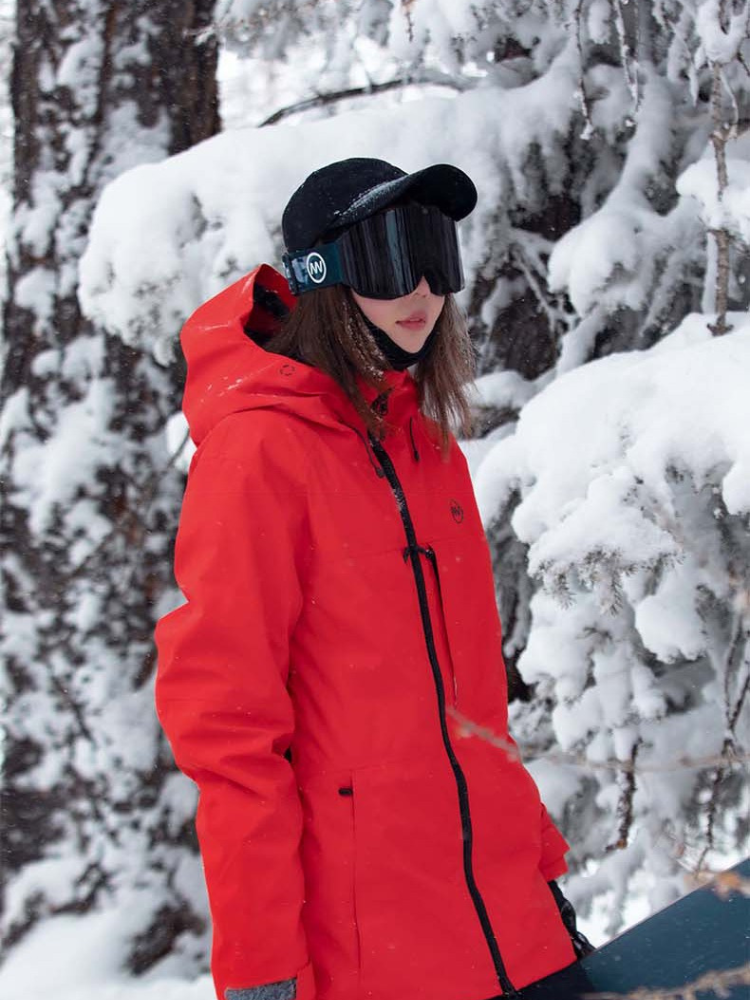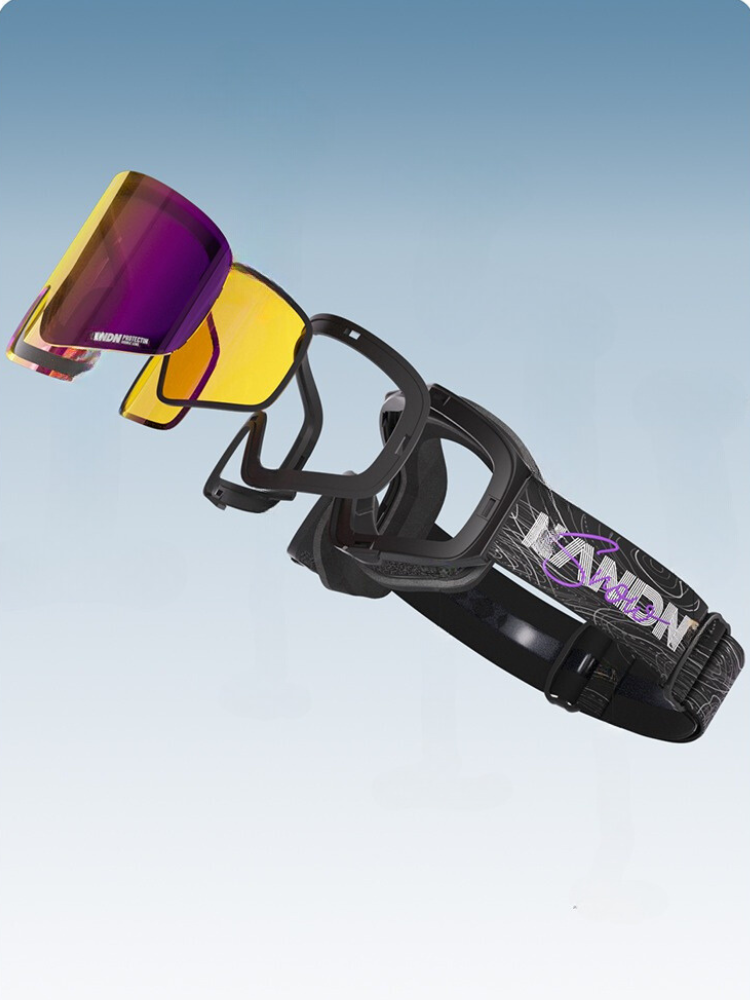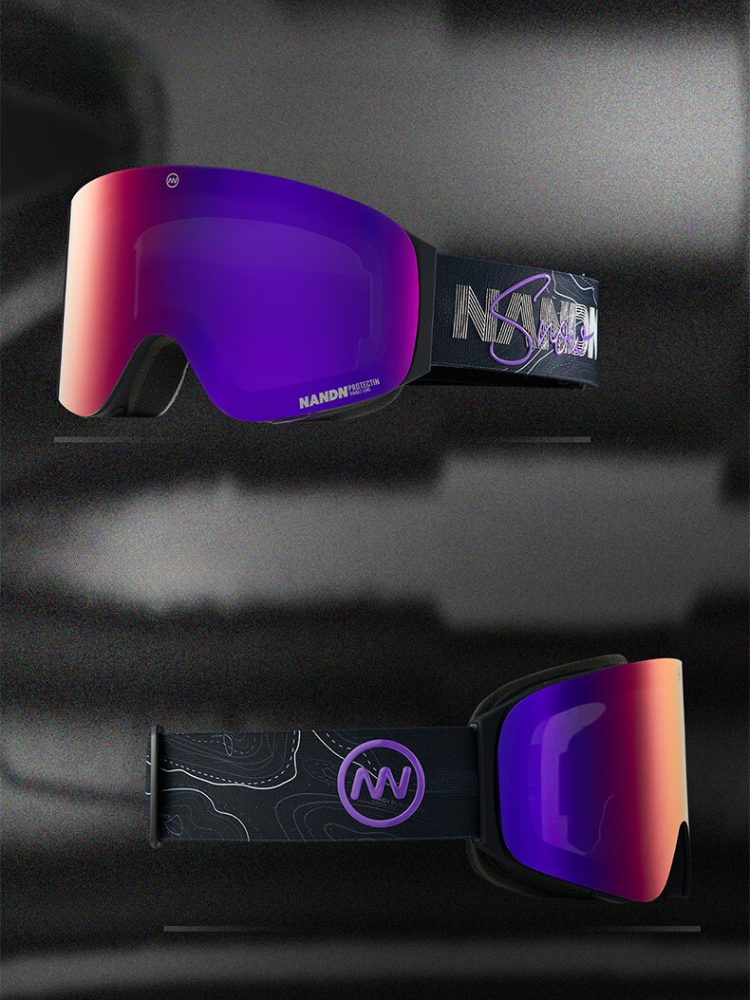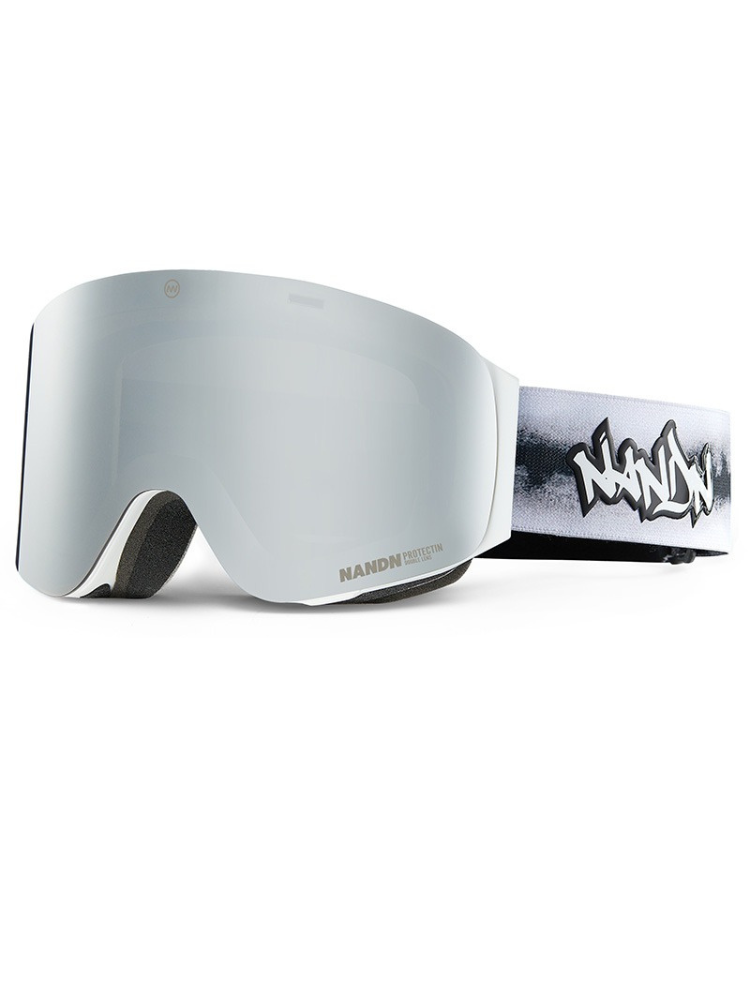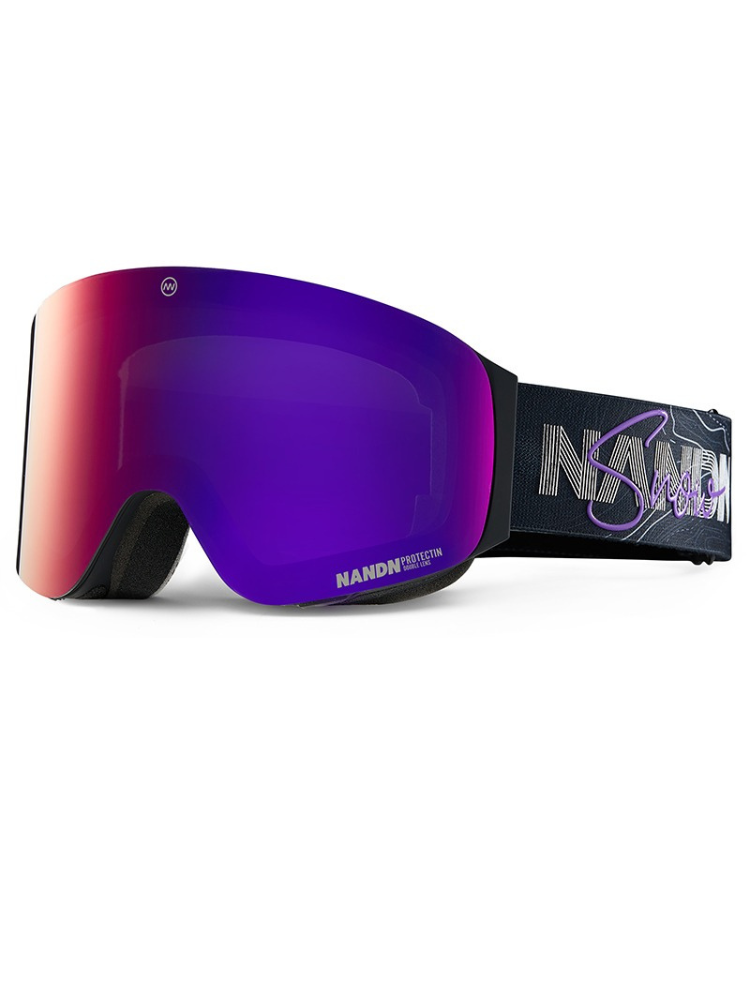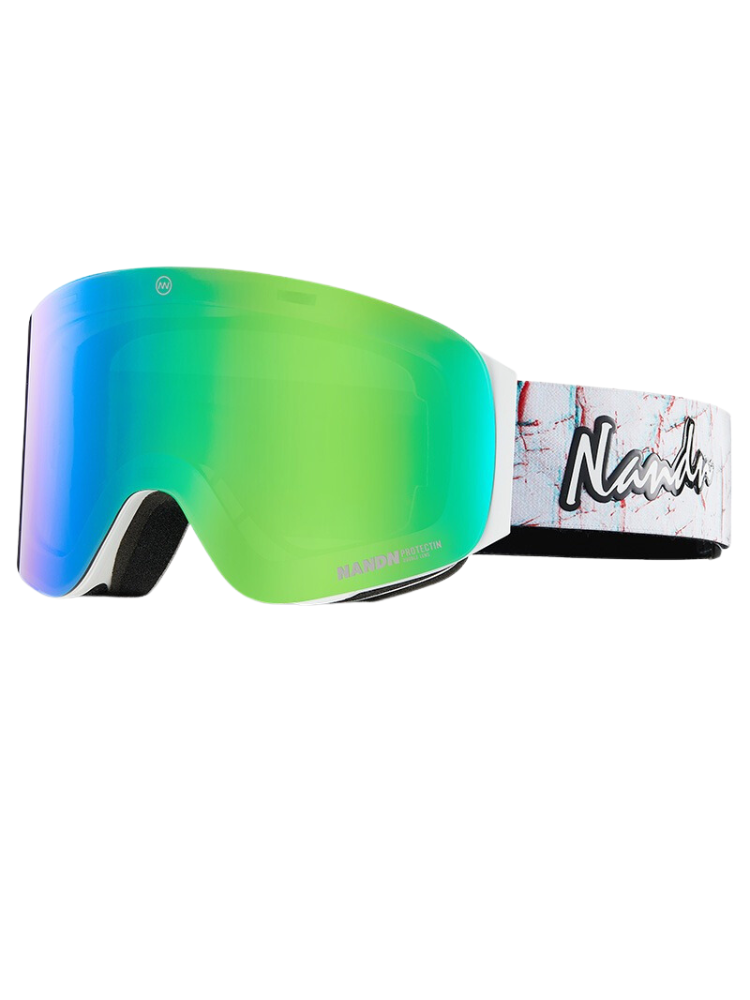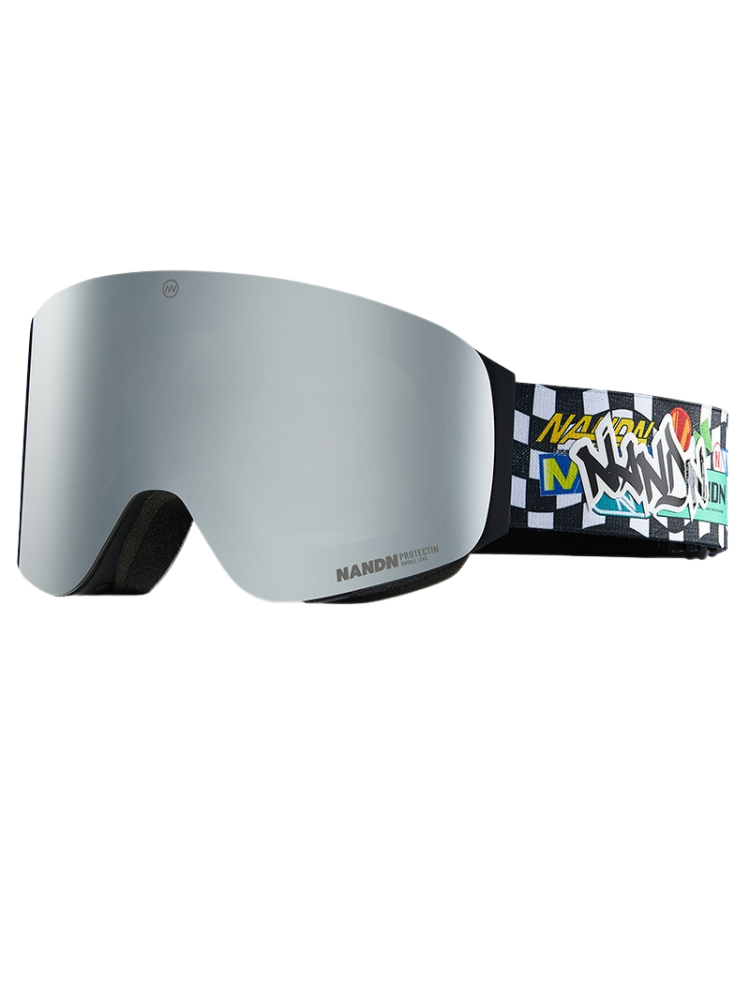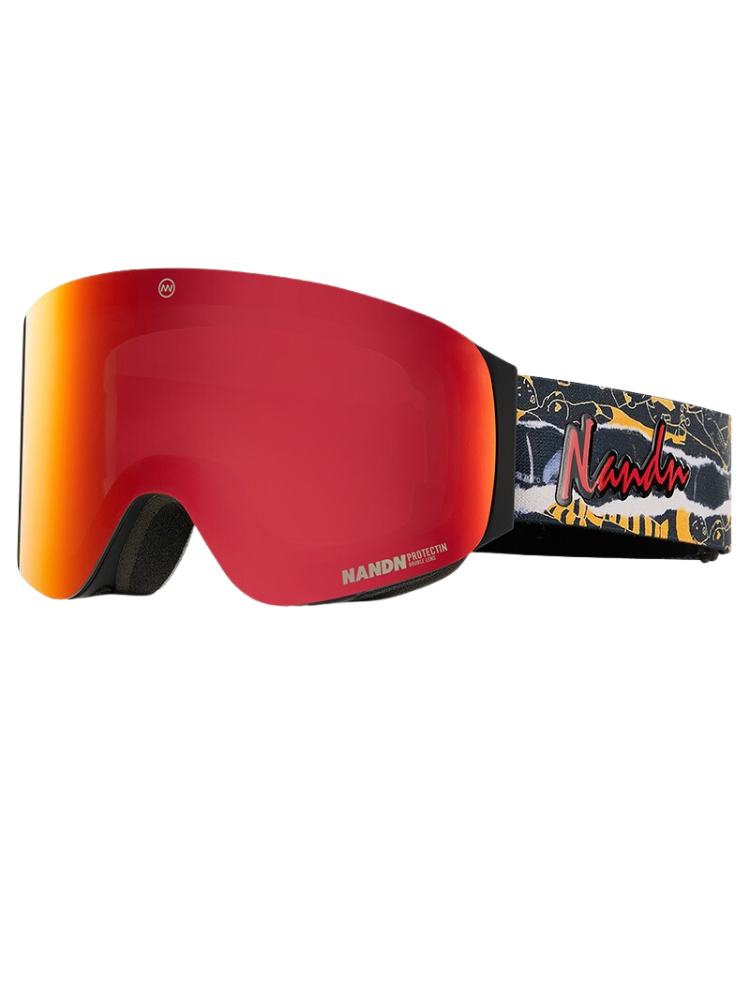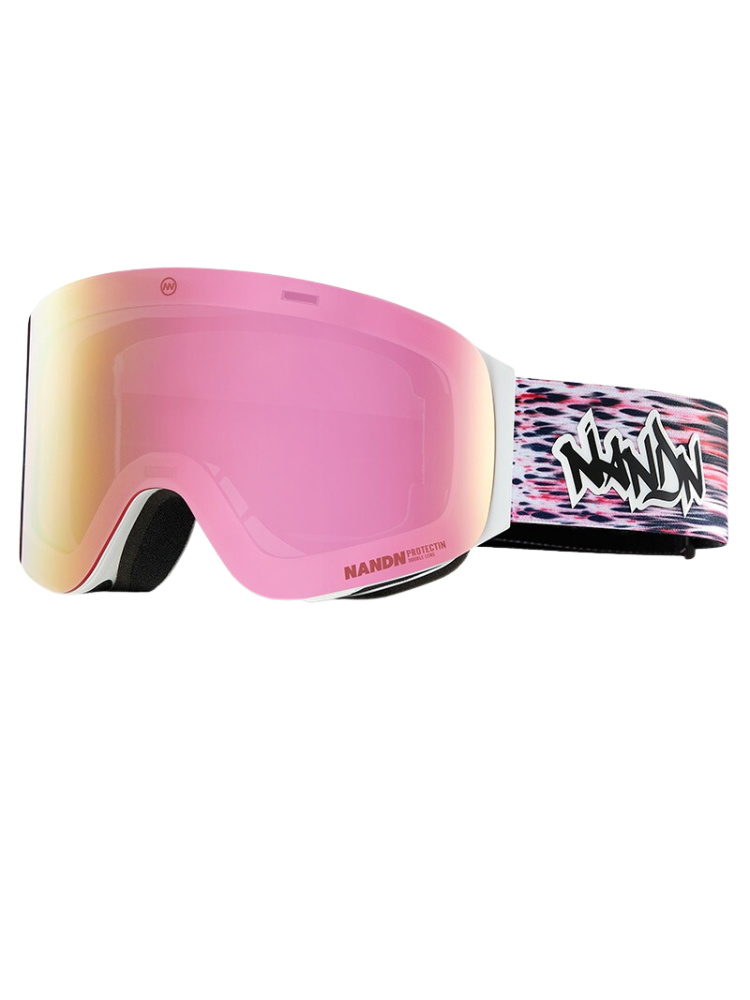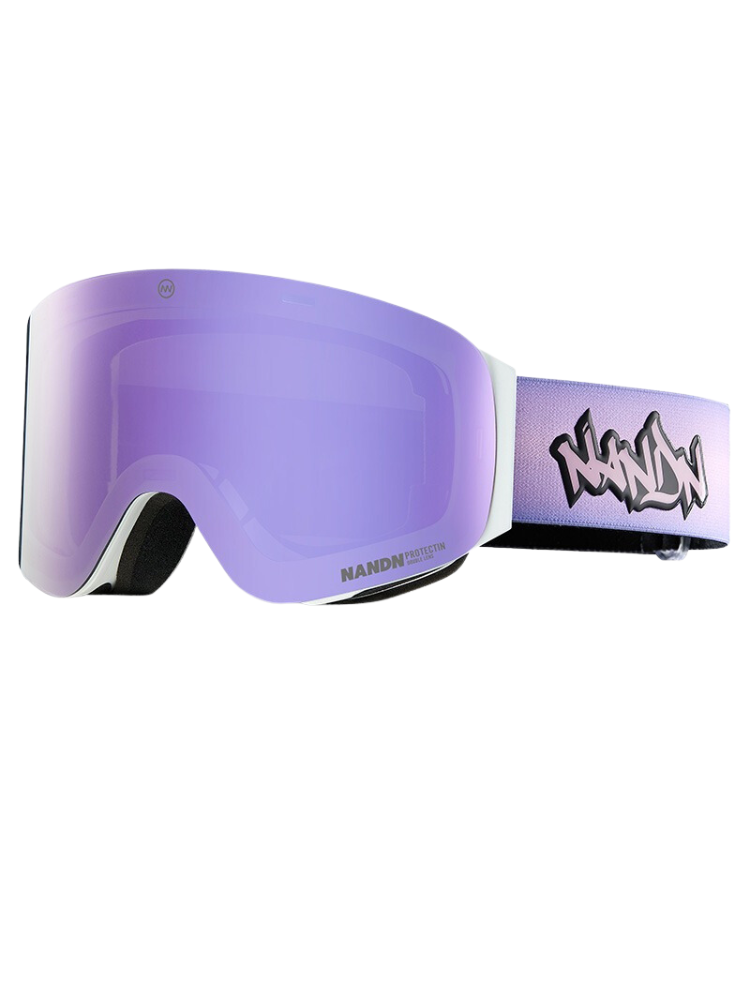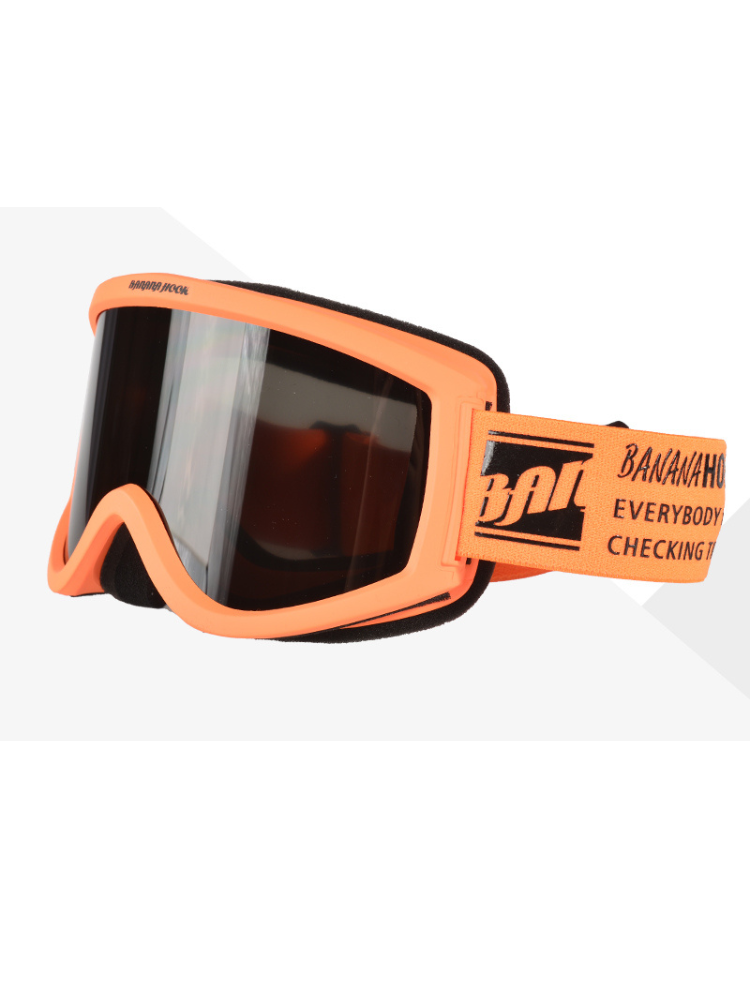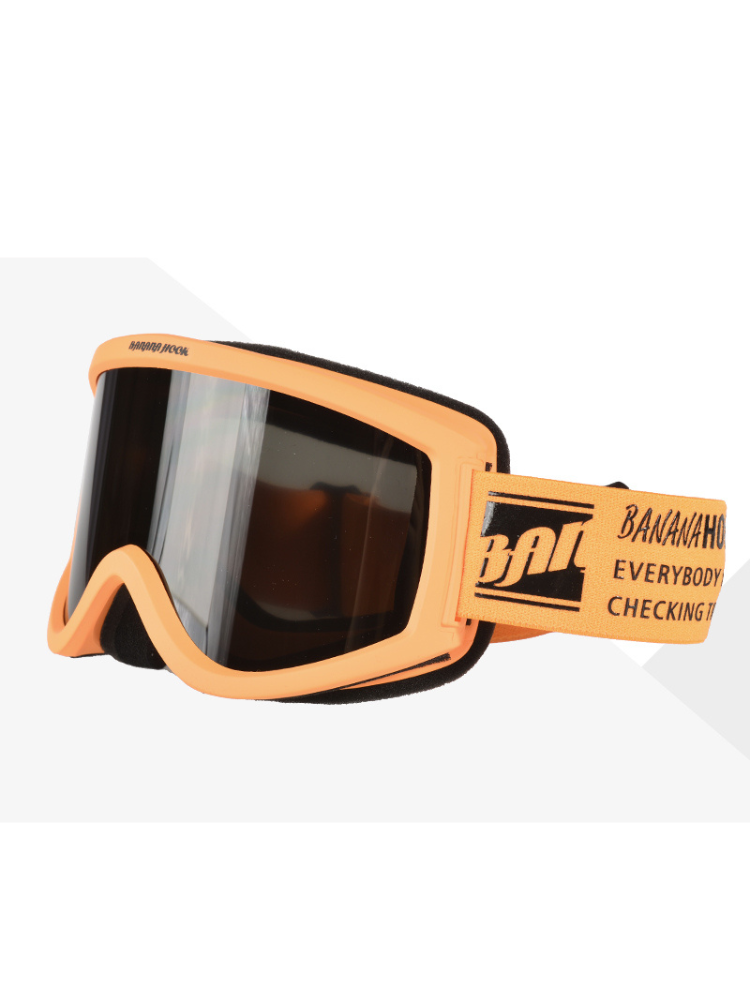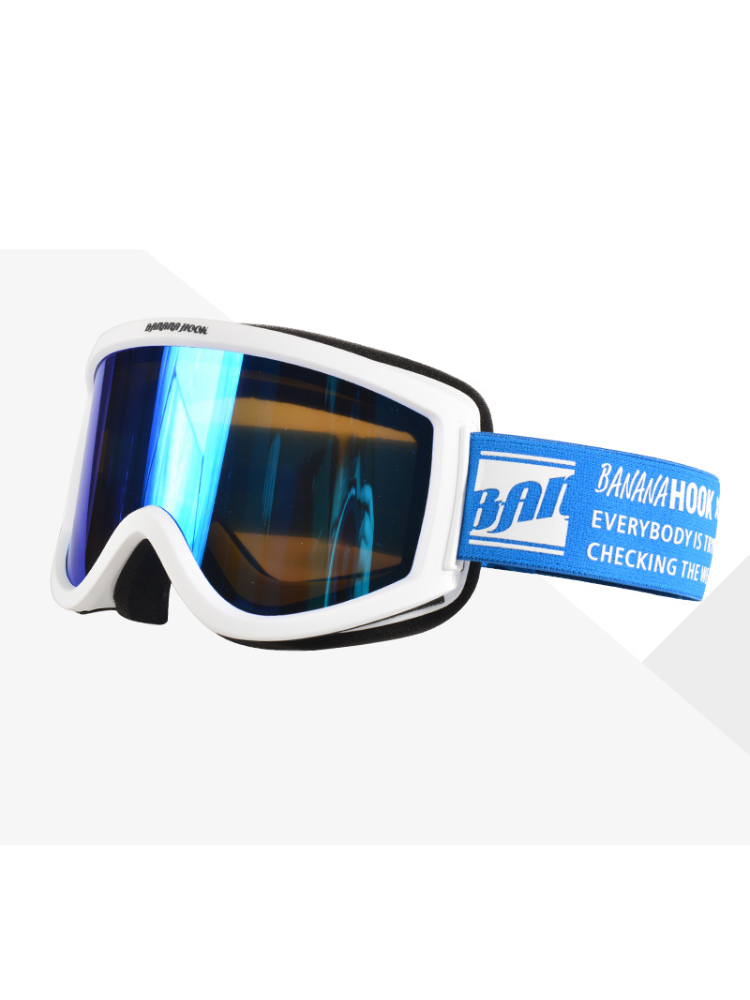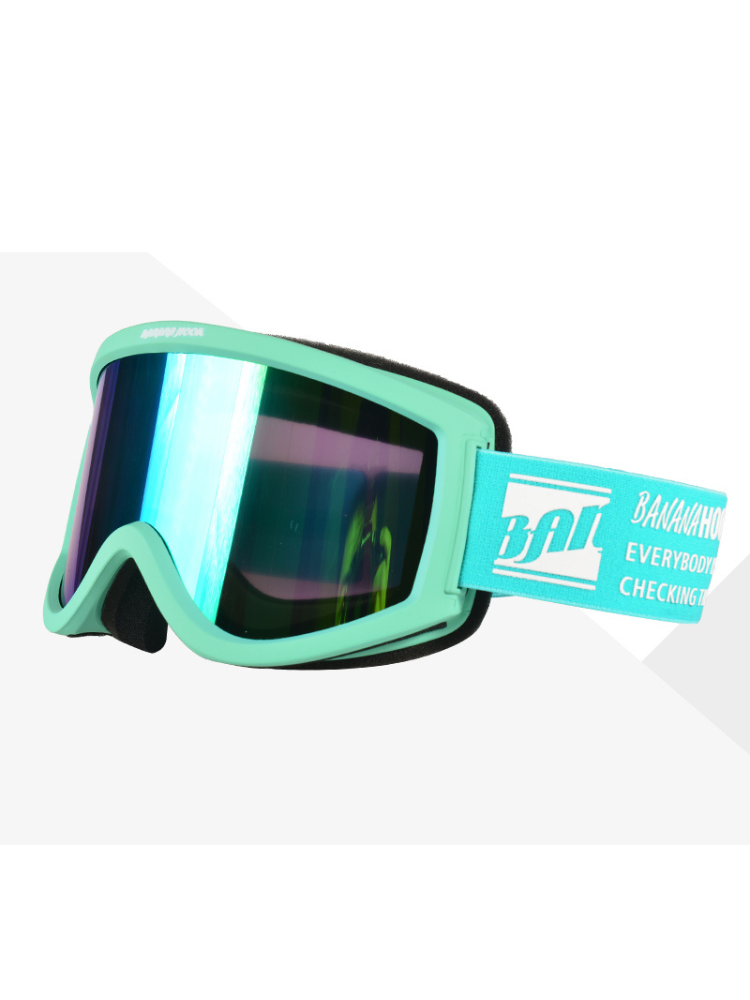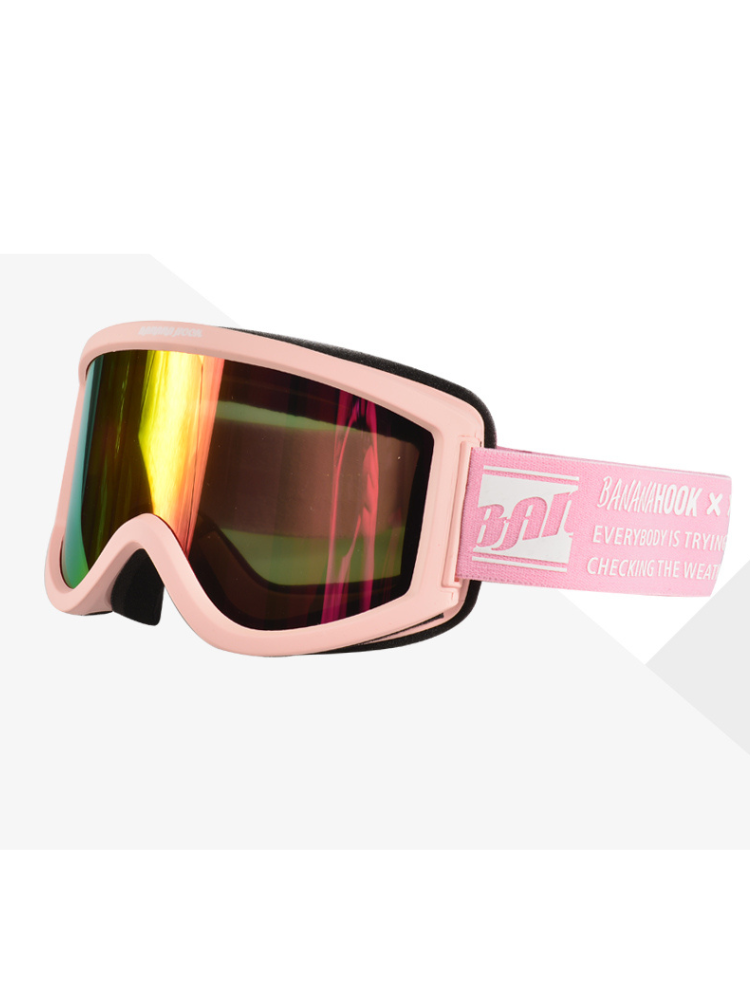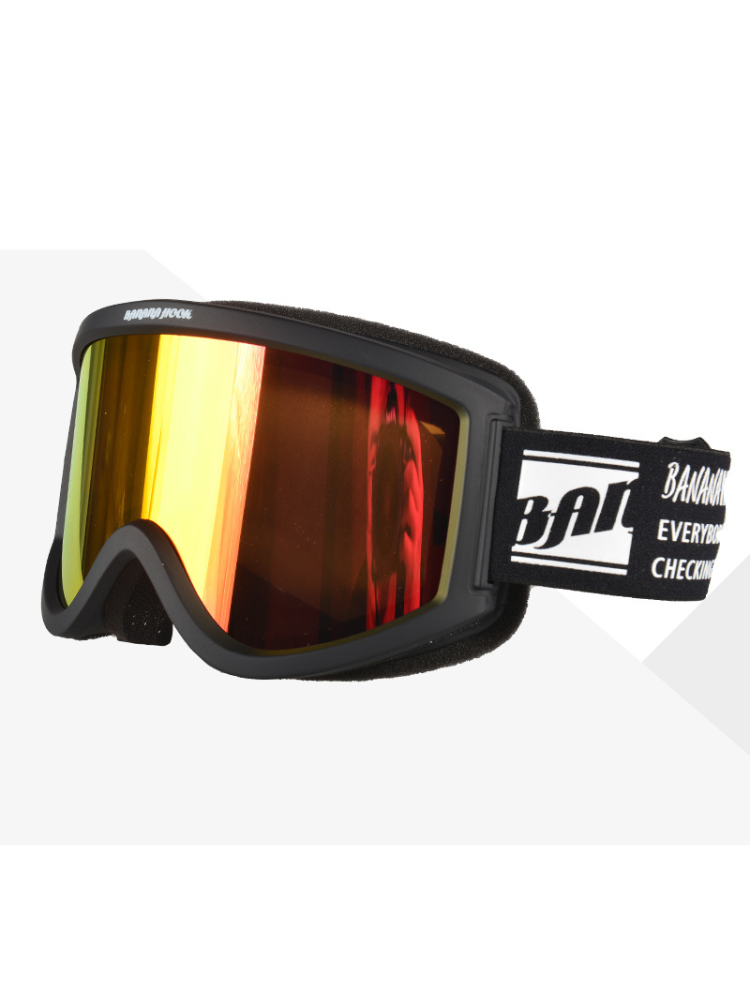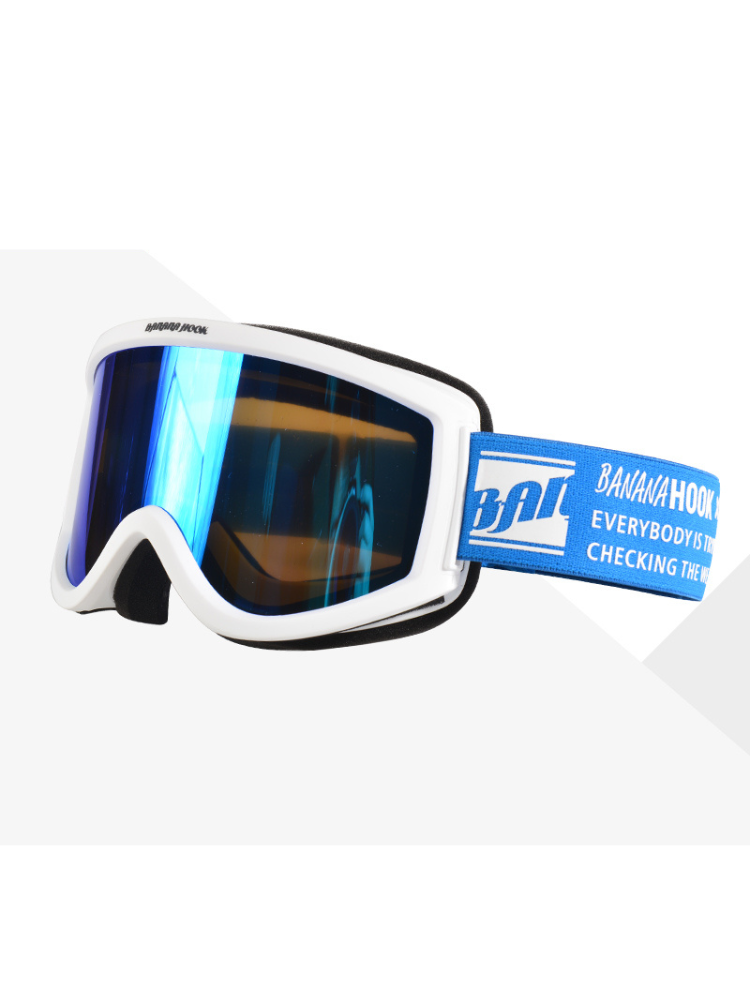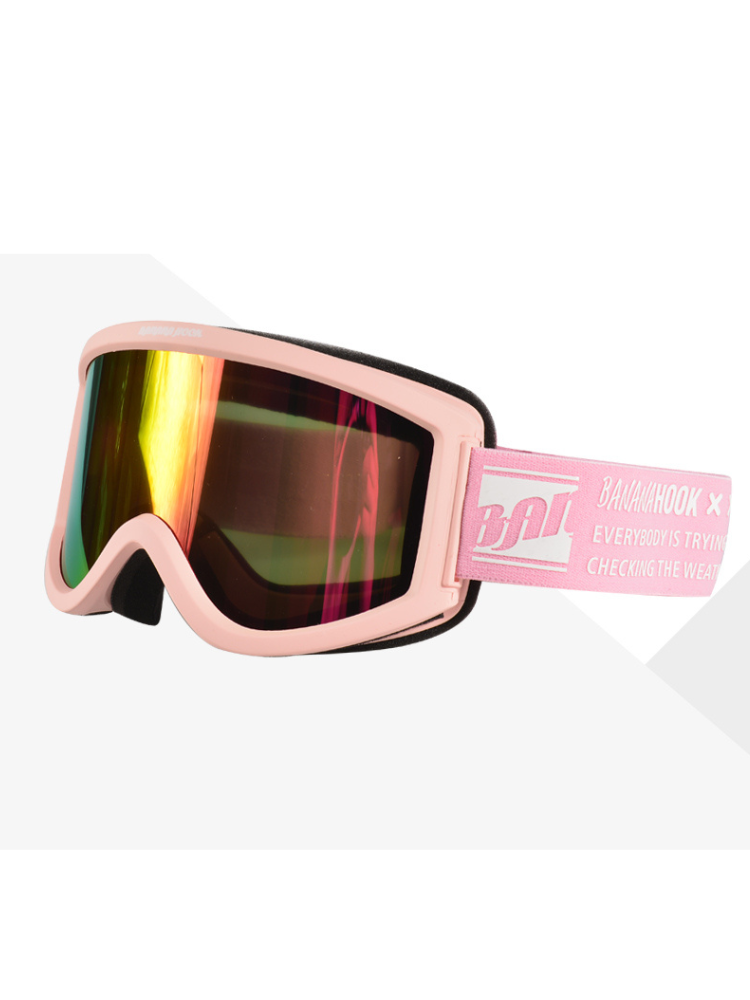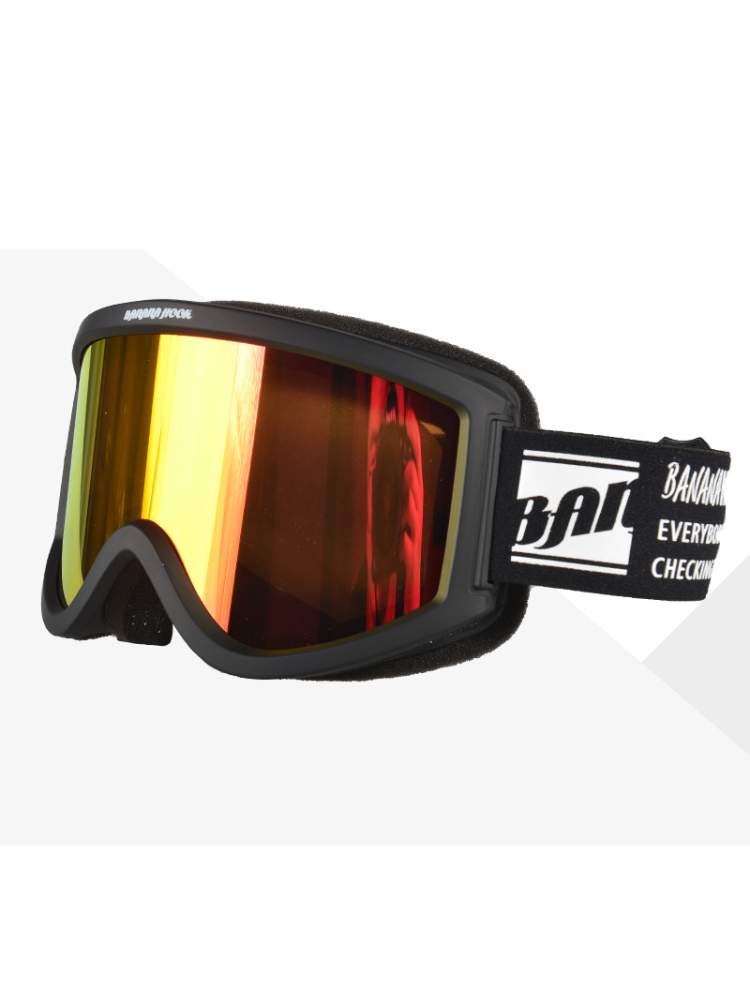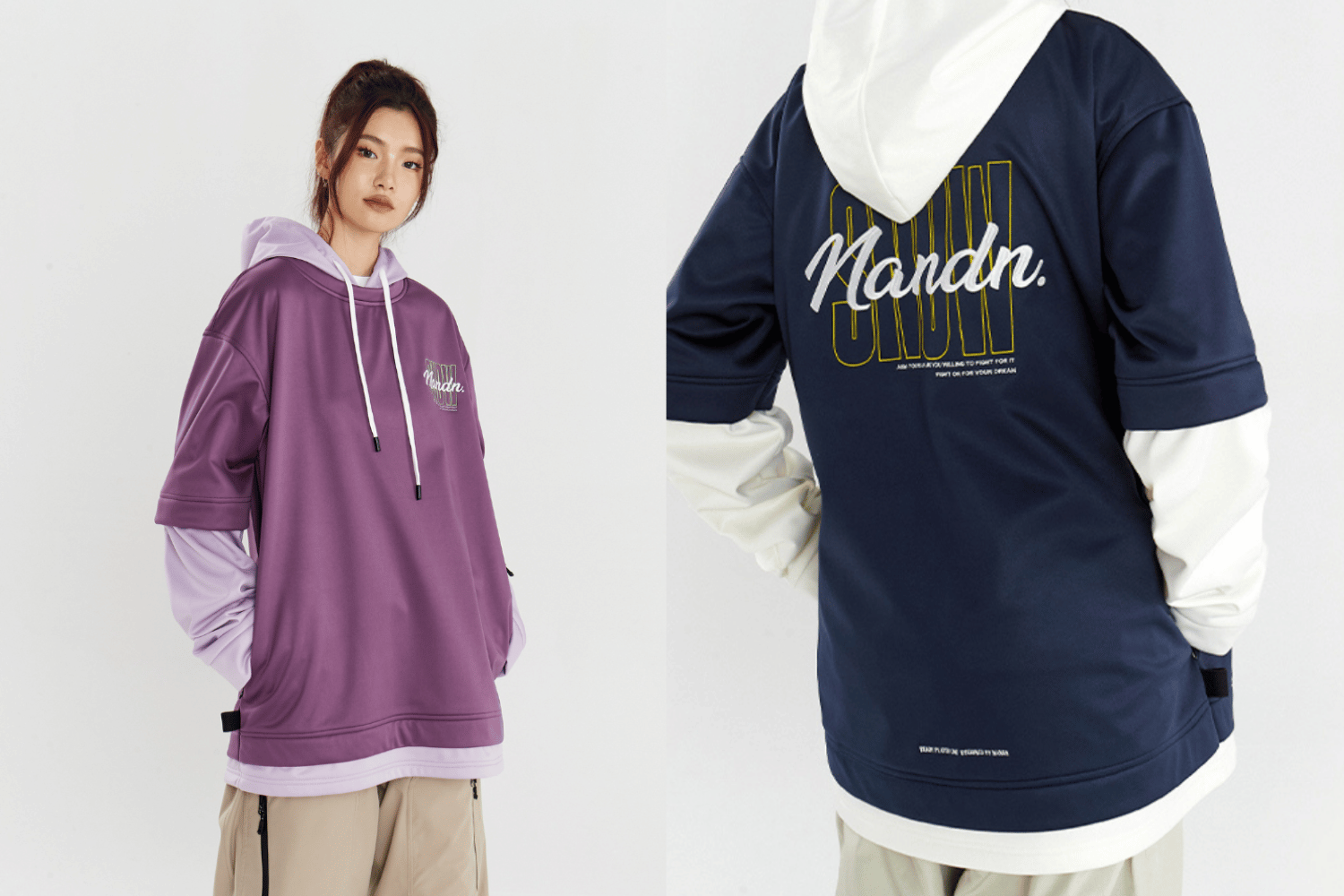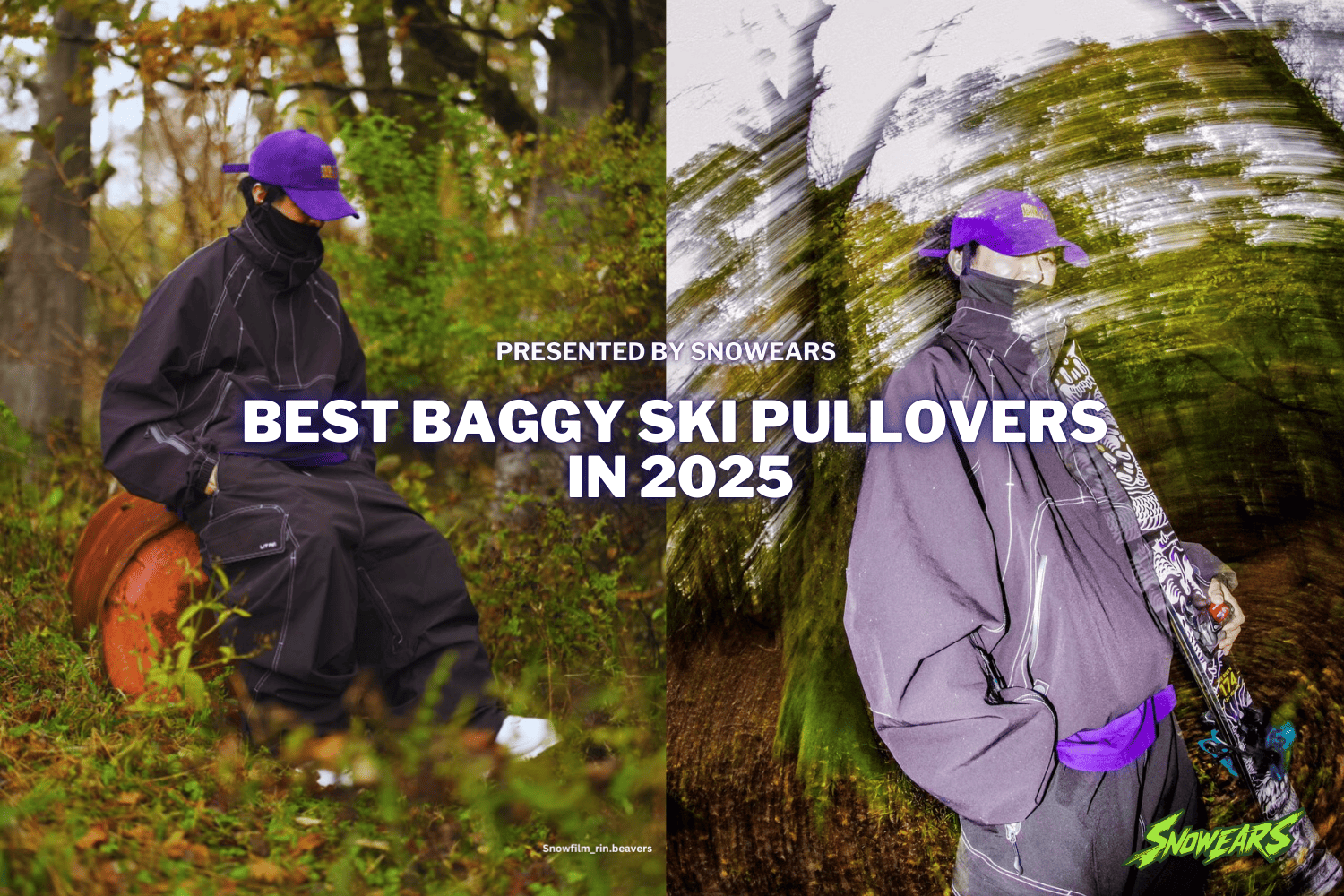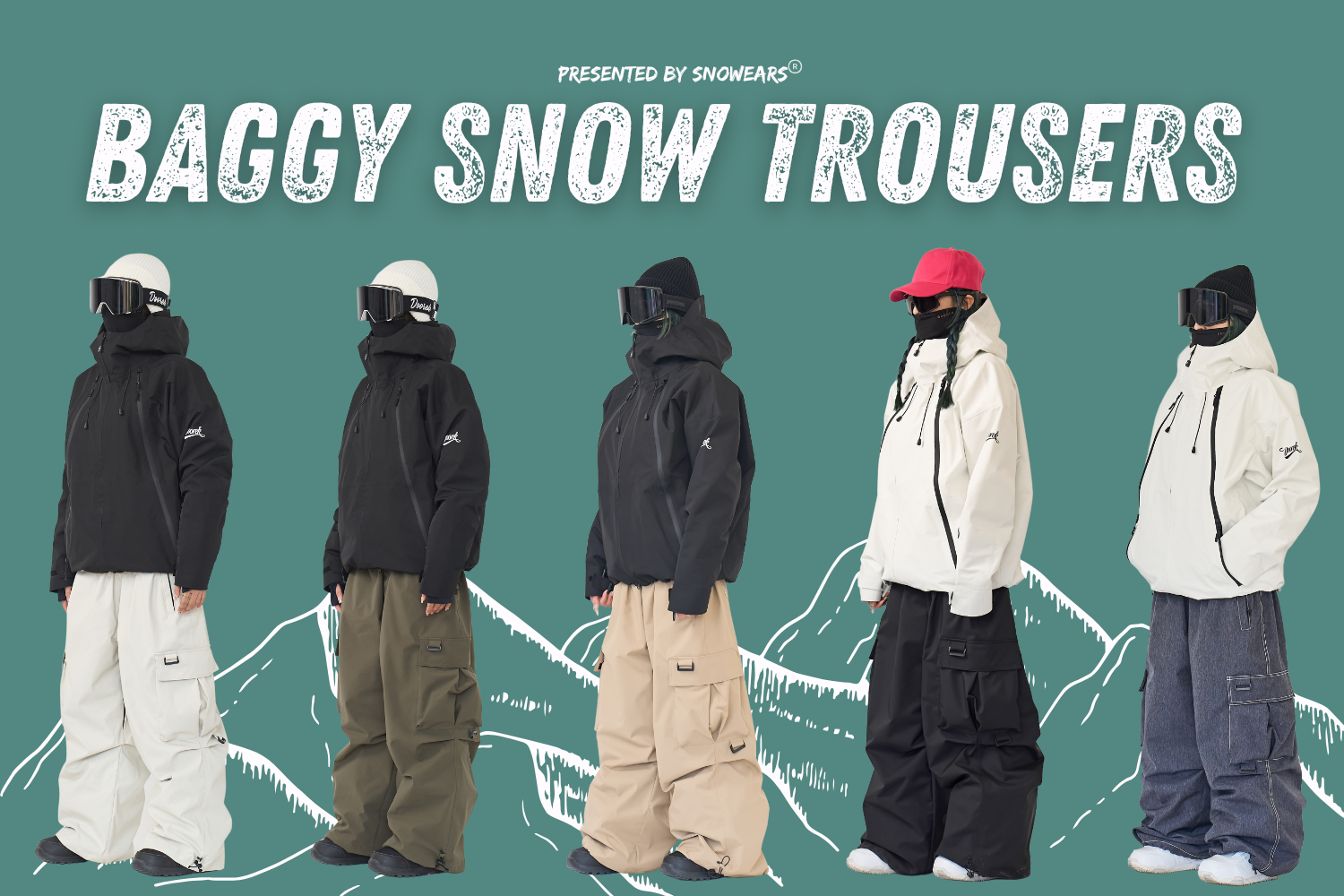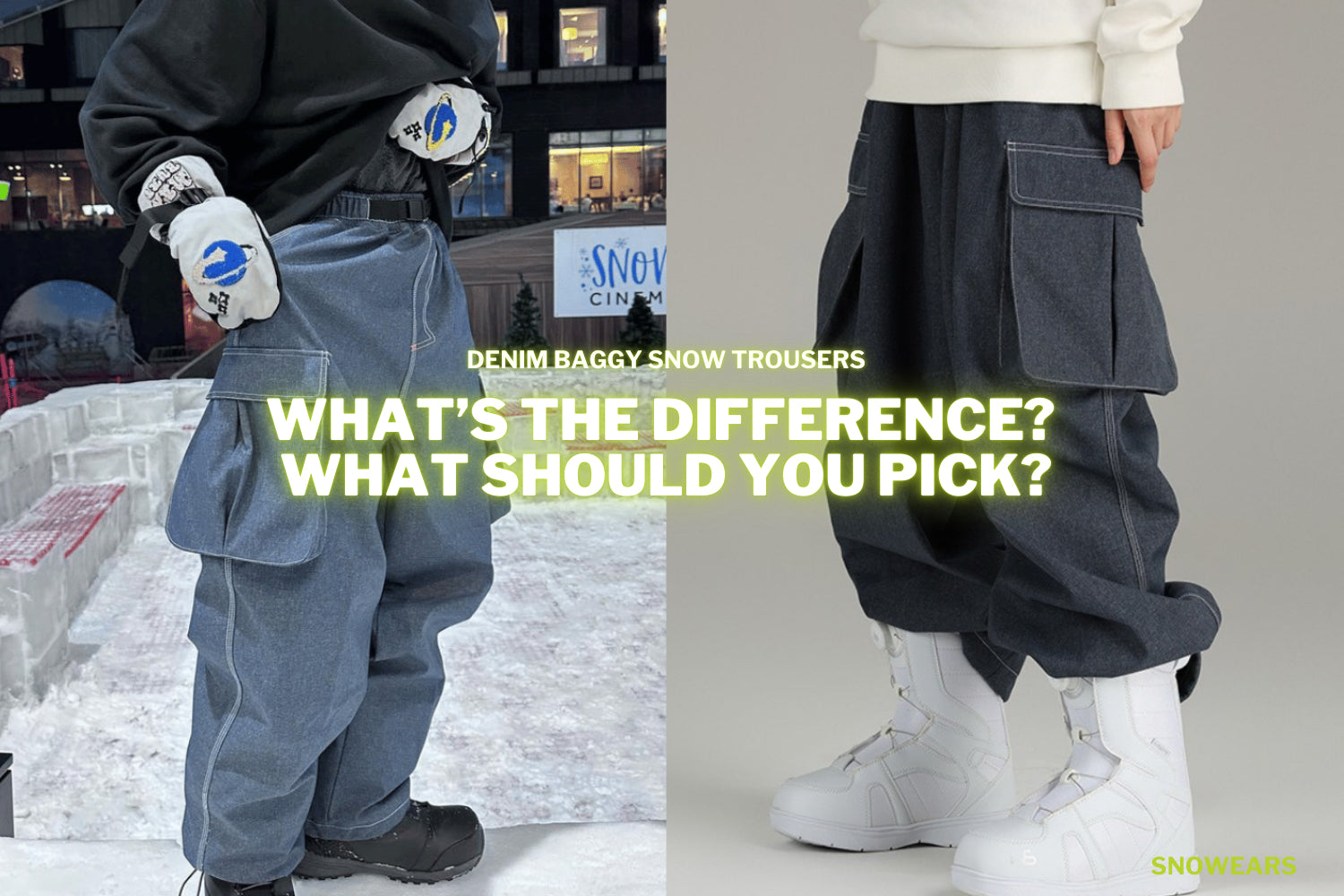Best Men’s Ski Goggles 2025 – Top Picks for Every Condition
Cecilia Wong
August 20, 2025
Best Men's Ski Goggles of 2025 | Snowears
Pre-intro
I tested 7 products and found NANEND 3 Lens Magnetic Ski Goggles to be the best men's ski goggles.
Intro
I’ve tested enough ski goggles to know what actually works on the mountain. If I’m recommending something, it’s because it delivers when visibility and comfort matter most.
My #1 pick for 2025 is the NANEND 3 Lens Magnetic Ski Goggles. They stood out for their quick-swap lens system, crisp optics, and all-day wearability. For me, they combined everything that makes the best ski goggles—clarity in flat light, ventilation that prevents fogging, and the flexibility to handle changing conditions without slowing you down.
Still, the right choice depends on what you value most. Some skiers want the best budget ski goggles for reliable protection at a lower price. Others look for the best women’s ski goggles with frames shaped for a smaller fit. And if you want lenses that adapt to shifting light, the best photochromic ski goggles might be the smarter investment.
Keep reading—I’ll walk you through the top men’s ski goggles of 2025 and help you find the pair that matches your needs.
- Introduction
- Best Overall Men's Ski Goggles
- Best Budget Men's Ski Goggles
- Lens Quality Ski Goggles
- Best Lens Change
- Best Photochromic Ski Goggles
- Most Ventilated Ski Goggles
- Best Optics Ski Goggles
- What To Consider When Buying Men's Ski Goggles?
- Conclusion
Table of Content
#1 - Best Overall Men's Ski Goggles
NANEND 3-Lens Magnetic Ski Goggles
The NANEND 3 Lens Magnetic Ski Goggles are built for skiers who hate compromises. With three HD lenses included—sunny, cloudy, and night—you’re always ready for changing light without needing a second pair in your pack. The dual-lock magnetic system makes swaps nearly instant, while the customizable fit and strong ventilation mean you can wear them dawn to dusk with no pressure or fog issues.
Pros
- Three HD lenses included: sunny, cloudy, and night
- Dual-lock magnetic system for secure, lightning-fast swaps
- Crisp optics and a wide field of view
- Comfortable fit that stays stable in motion
- Reliable anti-fog performance
Cons
- Premium feel but slightly bulkier than minimalist goggles
- Magnetic swaps can take practice with gloves on
Detailed Review
NANEND’s 3 Lens Magnetic Goggles are designed for skiers who want one setup to cover every condition. The standout feature is the dual-lock magnetic system—twelve anchor points snap lenses into place with a solid click, while side locks add peace of mind that they’ll stay put on rough descents. Swapping lenses is fast enough to do on the lift, which makes these goggles far more adaptable than single-lens options.
Optics are sharp and distortion-free, with HD lenses enhancing contrast on flat-light days and keeping glare in check when the sun finally shows. The included night lens is a big win for evening laps or storm days when visibility drops.
Effortless lens swaps, sharp optics, and all-day comfort make these a powerhouse pick for skiers who want one goggle to do it all.
Score: 4.7/5
Comfort is another strong point. The triple-layer foam seals evenly without pinching, and the adjustable strap holds steady whether you’re wearing a helmet or a beanie. Ventilation is effective, too, so you don’t get fogged up when working hard.
If you’re hunting for the best all-around ski goggles—with the versatility of three lenses in one package—the NANEND is tough to beat. They’re not the slimmest goggles on the rack, but for performance, convenience, and clarity across conditions, they punch way above their price.
#2 - Best Budget Men's Ski Goggles
NANDN Dual Protection Ski Goggles
The NANDN Dual Protection Ski Goggles deliver premium features without the premium price tag. With Hollow Anti-Fog Technology, adaptive light transmission, and well-placed ventilation, they keep your vision sharp and consistent no matter the weather.
Add in a lightweight, impact-resistant build and comfortable fit, and you’ve got a goggle that feels far more expensive than it is. For skiers who want dependable clarity and comfort on a budget, these are hard to beat.
Pros
- Hollow Anti-Fog Technology keeps lenses clear all day
- Adaptive light transmission improves visibility in mixed conditions
- Strategic venting reduces heat and fog buildup
- Impact-resistant lens and frame with soft, all-day comfort
- Budget-friendly with high-end performance features
Cons
- Not as customizable as high-end magnetic-lens systems
- Slightly less durable than pricier pro-level goggles
Detailed review
The NANDN Dual Protection Ski Goggles punch well above their price point. Hollow Anti-Fog Technology works like a charm, keeping your view clear even on sweaty bootpacks or storm days. Adaptive light transmission helps your eyes adjust naturally across changing conditions, and the ventilation channels are positioned to reduce heat buildup without letting in too much cold air.
Smart, affordable goggles with impressive clarity and anti-fog tech—perfect for everyday riders.
Score: 4.6/5
Comfort is dialed with a soft, secure fit that feels good all day. The impact-resistant lens and frame add confidence without unnecessary bulk. While you don’t get the quick-swap lens systems of higher-end goggles, the core performance—clarity, protection, and reliability—is outstanding.
For skiers who want dependable goggles that don’t break the bank, these are among the best budget ski goggles of 2025.
#3 - Lens Quality Ski Goggles
NANEND LumenFlash Zeiss Ski Goggles
The NANEND LumenFlash Zeiss Ski Goggles bring a fresh take on mountain vision. With ZEISS lens technology at the core, they deliver unmatched clarity in variable light. Add in an anti-fog system that actually works, triple-layer comfort foam, and a slick flip-up lens design, and you’ve got goggles that redefine convenience.
OTG compatibility makes them glasses-friendly, and the included bonus night lens means you’re covered for every session, from bright powder days to evening laps.
Pros
- ZEISS lens technology for razor-sharp clarity
- Flip-up lens system for quick transitions
- Anti-fog treatment and smart venting keep vision clear
- Glasses-friendly OTG design
- Comes with a bonus night vision lens
Cons
- Flip-up system adds slight bulk compared to minimalist goggles
- Premium features come at a higher price point
Detailed review
The LumenFlash takes ski goggle performance into premium territory. The ZEISS lens delivers crisp, distortion-free vision, letting you pick out terrain features even in flat light. The flip-up design is a game-changer on storm days—pop the lens up on the lift or in the lodge without removing your goggles entirely.
Premium optics, flip-up innovation, and comfort that lasts all day. A standout choice for skiers who demand clarity and convenience.
Score: 4.7/5
Comfort is dialed with triple-layer foam that sits softly against the face, and the OTG design makes them accessible to glasses wearers. Venting paired with anti-fog treatment means your view stays sharp, even during sweaty hikes or heavy snow. The included bonus night lens adds real value, letting you ride well past sunset.
These goggles aren’t built for minimalists, but for skiers chasing all-day clarity and convenience; they’re hard to beat. The LumenFlash earns its place as one of the best ski goggles for 2025.
#4 - Best Lens Change
Anon M4 MFI
The Anon M4 Toric delivers top-tier optics, a wide field of view, and the easiest magnetic lens-change system in the game. Slightly pricier than the newer M5 and paired with a floppy MFI mask, it still shines for riders who value speed, clarity, and versatility.

Pros
- Best-in-class magnetic lens-change system—secure, fast, and glove-friendly
- Crisp optics with wide field of view and excellent color rendition
- Premium build quality; includes a hard-sided case for spare lenses
- Choice of toric or cylindrical lenses for tailored fit and style
Cons
- The MFI facemask is loose, awkward, and uncomfortable in real use
- More expensive than competitors
Detailed review
The M4 Toric goggles stand out for optics and lens-swapping speed. The Perceive lenses deliver vivid color and minimal distortion, while the frame offers excellent peripheral vision. The magnetic lens system is intuitive and fast—swap lenses on the lift without taking off your goggles.
Still one of the best magnetic-lens goggles on the market, with premium optics and fit, but the included facemask misses the mark.
Score: 4.3/5
The MFI facemask underperforms; it’s loose, flaps when breathing hard, and the embedded wire is uncomfortable. Fit options (standard, M4S, low-bridge) cover different face shapes. For optical performance, comfort, and quick lens changes, the Anon M4 Toric remains a top pick despite the facemask flaw.
#5 - Best Photochromic Ski Goggles
NANDN New Tech Magnetic Lens Goggles
The NANDN New Tech Magnetic Lens Goggles bring together practical innovation and rider-focused performance. A unique flip-up design delivers hands-free ease on lifts and in the lodge, while the Revo photochromic Serilium+ lenses adapt instantly to changing light for unmatched clarity from storm days to bluebird skies. Add in anti-fog air-vent technology and rugged build quality, and you get goggles that punch well above their price tag.
Pros
- Photochromic lenses auto-adjust to light for all-day visibility
- Flip-up function for hassle-free use on lifts or in flat light breaks
- Air-Vent system ensures fog-free performance in any condition
- Magnetic lens swapping makes transitions quick and seamless
- Exceptional value compared to premium alternatives
Cons
- Bulkier than minimalist frameless goggles
- Not the lightest option for gram-counters
Detailed review
The NANDN New Tech Magnetic Lens Goggles are designed for skiers and snowboarders who want smart functionality without the premium markup. Their standout feature—the flip-up frame—lets you quickly adjust without removing your goggles, making them perfect for chairlift rides, trail map checks, or quick conversations. Combined with photochromic Revo Serilium+ lenses, they deliver crisp visibility that automatically shifts with the light, so you’re never stuck with the wrong tint.
Smart, versatile, and mountain-ready—photochromic clarity meets flip-up freedom at a price that outshines the competition.
Score: 4.6/5
Fog resistance is excellent thanks to well-engineered air-vent channels, keeping your vision clear even on sweaty climbs or storm days. The magnetic lens system allows for fast swaps, but with the bonus of photochromic adaptability, you may not even need to carry spares. While slightly bulkier than ultra-minimalist goggles, they balance durability and comfort, and the smart design feels built for real-world use.
For riders who demand adaptability, clarity, and convenience—without paying top-tier prices—the NANDN New Tech Magnetic Lens Goggles deliver a near-perfect blend of performance and value.
#6 - Most Ventilated Ski Goggles
Tolasmik Double Layer Anti-fog Ski Goggles
The Tolasmik Double-Layer Anti-Fog Ski Goggles balance performance and value. A dual-lens system with anti-fog coating keeps your vision sharp, while the wide field of view and triple-layer foam ensure all-day comfort. They don’t offer premium lens tech, but for everyday skiing, they deliver reliable clarity at a great price.
Pros
- Dual-layer lens with strong anti-fog coating keeps vision clear in variable weather
- A wide spherical lens improves peripheral awareness
- Triple-layer foam offers plush comfort and helmet compatibility
- Budget-friendly option with solid durability
Cons
- No magnetic or quick-swap lens system for changing conditions
- Venting is good, but it can struggle in heavy, wet snow
- Limited lens color range compared to premium models
Detailed review
Tolasmik’s Double-Layer Anti-Fog Ski Goggles hit the sweet spot for skiers who want performance without breaking the bank. The dual-lens system, combined with anti-fog treatment, gives reliable visibility on most days, and the spherical design opens up your field of vision, making it easier to spot lines and incoming traffic on busy slopes. Comfort is a standout feature—the triple-layer foam molds to your face without creating pressure points, and the strap locks in easily over or under a helmet.
Sharp optics and reliable anti-fog performance for everyday riders, but limited lens versatility for changing light.
Score: 4.6/5
Still, these goggles aren’t a one-quiver solution. Without interchangeable lenses, they’re less adaptable for dawn patrols or flat-light afternoons. The venting works well in cold, dry air but can fog up in wetter, heavier storms. That said, for their price, they punch far above their weight. If you’re looking for the best budget ski goggles that don’t skimp on clarity, Tolasmik deserves a spot in your gear bag.
#7 - Best Optics Ski Goggles
Smith I/O Mag
Smith’s I/O Mag has cemented itself as a flagship in the ski goggle world. With sharp ChromaPop optics, a reliable magnetic lens-change system, and three frame sizes (plus low-bridge options), it offers an excellent fit for nearly any skier.
That said, the high price tag and only decent field of view make it less compelling against cheaper competitors.

Pros
- Exceptional optical clarity with ChromaPop lenses
- Includes two quality lenses out of the box
- Easy and secure magnetic lens-swap system
- Multiple sizes and low-bridge fit options
Cons
- Expensive compared to rivals
- Field of view is solid but not class-leading
Detailed review
The Smith I/O Mag is a resort classic and one of the most popular ski goggles on the market. The spherical ChromaPop lens delivers crisp contrast and vibrant color in flat light, while the three-layer foam feels plush against the skin. Smith’s magnetic lens-swap system works seamlessly—flip two levers at the frame’s base and let the magnets lock a new lens securely in place.
Customization is another win. With three sizes (S, standard I/O, and XL) plus low-bridge versions, most face shapes can find a dialed fit. Add in one of the widest selections of tints and strap styles, and it’s clear why this model dominates lift lines.
Premium optics with a refined fit and slick lens-swap tech, though not the strongest value.
Score: 4.2/5
The drawbacks come down to price and perspective. At $283, it’s not a standout value compared to models like the Giro Axis, which include two lenses for less. And while the I/O’s field of view avoids tunnel vision, you’ll notice some frame along the edges—sizing up to the XL helps, but won’t work for everyone. Still, for those willing to pay for proven optics and a polished design, the I/O Mag remains one of the best optics-focused ski goggles available.
What To Consider When Buying Men's Ski Goggles?
Shopping for ski goggles can feel surprisingly tricky. They come in different shapes, sizes, lens types, and with all sorts of tech promising clearer vision and better comfort. While we always recommend trying on goggles to make sure they properly fit your face and helmet, it’s also smart to know the key details before you buy. That way, you can narrow down your options and avoid surprises when you’re halfway down the mountain.
Some features are straightforward—like making sure your goggles won’t fog up in a storm—while others, like lens tints, frame sizes, or quick-swap systems, can take a little more thought. Then there’s the balance of price versus performance: premium models often deliver sharper optics and comfort, but budget picks can still hold their own. Below, we break down the main points to keep in mind so you can find the right pair for your skiing style.
Overall
Our overall score for ski goggles reflects the full package: value, durability, performance in intended conditions, and comfort. At the top end are models that simply outperform the rest, whether they’re premium designs loaded with tech or smart budget picks that maximize features for the money.

For most skiers, it makes sense to target a goggle with an above-average overall rating—there’s little downside in doing so. Still, lower-rated goggles earn a spot on our list too; while more limited, they can suit those who only ride in fair weather or need something specific without breaking the bank.
Optical Quality
Our optical quality score comes down to the lens: the best goggles deliver crisp color, sharp contrast, and help define every contour of the snow. At the other end, low-rated models feel flat and muted, sometimes with distortion that makes terrain harder to read. We also account for lens variety, since more options mean better adaptability to local conditions..

Price doesn’t directly factor into this rating, though there’s often a correlation between MSRP and performance. That said, we saw plenty of exceptions—some mid-tier goggles punch above their weight, while certain premium models fall short. The payoff for investing in top optics is clear if you ski often, especially in poor visibility. But if you stick to sunny days and mellow weather, a more affordable lens with lower scores may still suit you just fine.
4-5
Exceptional clarity with rich color, strong contrast, and a broad range of tints and VLT options.
2.5-3.5
Solid optics that work for most skiers, but with less contrast and depth in variable light.
0-2
Flat, muted color rendition with minimal lens choices, making it hard to spot details on snow.
Field of View
The moment you put on a goggle, field of view is usually the first thing that stands out. How much of the frame edges or foam do you see? Does your peripheral vision feel wide open, or slightly boxed in? Can you glance down and check your jacket pocket without tilting your head? And once you’re moving, a broad, unobstructed view becomes even more valuable—helping you spot terrain changes, track your line, and stay aware of others on the mountain.

Because of this, we weigh this category heavily, and it’s an area where many of our top-rated goggles separate themselves. Lens size plays a big role—larger frames naturally hide more of the interior—but some mid- and small-fit models also surprise with excellent performance here.
4-5
Expansive, near-frameless views. Top scores mean the frame disappears the moment the goggles are on.
2.5-3.5
Solid but not elite visibility. You’ll notice more frame in your periphery, and lower-end designs in this range can feel slightly tunnel-like.
0-2
Constricted, narrow sightlines that are immediately obvious. Given the impact on safety, we don’t recommend goggles scoring this low.
Lens-Change System
Nearly every modern goggle allows you to swap lenses. Broadly speaking, there are two camps: older designs that involve prying the frame away and snapping the lens into place, and newer quick-change systems that minimize smudges and let you complete the swap in well under 30 seconds.

That said, the real question is whether this feature matters to your skiing. Do you plan on buying a goggle with two lenses—one for stormy days and one for bright sun—or are you sticking with a single all-around option? If you’re in the first group, the next factor is frequency: will you be swapping often, maybe even mid-mountain or on the lift? If so, a fast, intuitive system should be near the top of your priorities.
If not, the lens-change rating won’t play a huge role in your decision, and you can usually save some money by going simpler.
4-5
Fast, intuitive swaps that work anywhere. Most top-rated models use magnet-based designs that are secure, repeatable, and quick, even with gloves on.
2.5-3.5
Decent but not seamless. You may need practice, or the system raises concerns about long-term lens security. Fine for occasional swaps during the season.
0-2
Frustratingly slow with a learning curve. Expect smudges and misalignment when reinstalling, and in the lowest category, the lens isn’t replaceable at all. Once it scratches out, the goggle is done.
Comfort
Comfort might sound straightforward, but there’s more to it than first impressions. The real test comes after a few hours of riding—does the goggle still feel good when you stop for lunch or walk through the parking lot at day’s end? Foam quality plays a huge role here, and we especially like triple-layer, multi-density builds that put soft-touch fabric directly against the skin.

Frame design also matters: lighter, semi-flexible frames contour smoothly to the face, while stiffer or heavier ones can leave gaps or create pressure spots as the day wears on.
4-5
Excellent comfort that lasts all day. Triple-layer foam is plush yet supportive, and multiple frame sizes or fit options make it easy to dial in.
2.5-3.5
Solid but not standout. Expect two-layer foam and fewer sizing choices, which can limit the overall fit.
0-2
Entry-level comfort with basic foam and less padding. You may feel the frame pressing into your face, and gaps are harder to avoid.
Ventilation
Nothing ruins a run faster than fogged-up lenses, but the right ventilation system goes a long way toward keeping your view clear. This rating is based on real-world testing across a wide mix of conditions—from warm spring slush to stormy blizzards and damp coastal snow.

Overall, most modern goggles perform reasonably well at limiting fog buildup, though part of the responsibility falls on the skier: pairing your goggles with a vented helmet and managing your layers can make a big difference. Still, when a design earns a low score here, it usually means fogging was a recurring and frustrating issue.
4-5
Excellent fog resistance with strong venting and durable anti-fog coatings that hold up over time.
2.5-3.5
Generally reliable performance as long as you don’t overheat. Solid coatings and frame vents keep things clear in most conditions.
0-2
Poor venting leads to frequent fogging. If you don’t act quickly, visibility can drop fast.
Sustainability
Ski goggles generally offer fewer sustainability features than outerwear or skis, but it’s still worth evaluating.
Our ratings consider five key criteria: product-level factors like the use of recycled materials and replaceable lenses, and brand-level practices including reduced or recycled packaging, greenhouse gas monitoring, and published annual impact reports. We also weigh the degree of effort—a goggle with 10% recycled materials earns a lower score than one with fully recycled components.

Some brand or product initiatives don’t fit neatly into these categories, in which case we adjust scores accordingly. For specifics, check the sustainability drop-down on each product listing.
4-5
Top-tier sustainability that meets most or all criteria.
2.5-3.5
Mid-range sustainability with roughly half of our criteria met; a solid but not exceptional option.
0-2
Limited sustainability features and plenty of room for improvement, generally meeting only a quarter or fewer of our criteria.
People Also Read
Conclusion
After comparing dozens of ski goggles this season, the NANEND 3 Lens Magnetic Ski Goggles claim the top spot. They offer a trio of interchangeable lenses—sunny, cloudy, and night—which means you’re always ready, no matter how fast light changes. The magnetic dual-lock system is secure yet fast, letting you swap out lenses quickly without fuss. Add in HD lenses with bionic cornea tech, anti-fog ventilation, and wide compatibility, including OTG (over-the-glasses), and you’ve got a package that delivers both clarity and comfort.
For riders who demand performance, durability, and adaptability without paying premium brand prices, this one delivers more than its price tag suggests. If you’re ready to upgrade your vision—and your ride—click below and snag your pair now.
FAQs
Have Any Questions?
We are here to answer all of your queries



